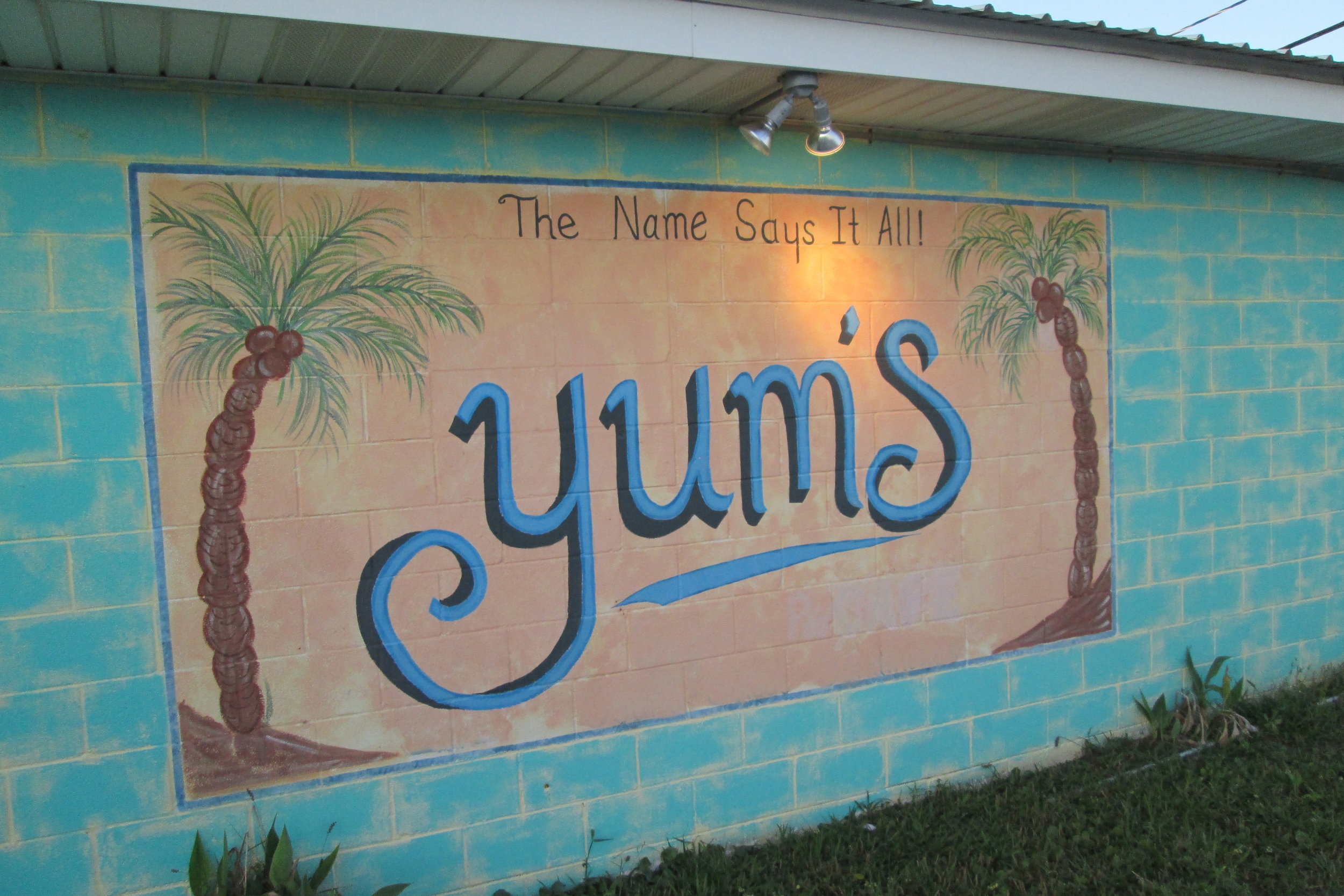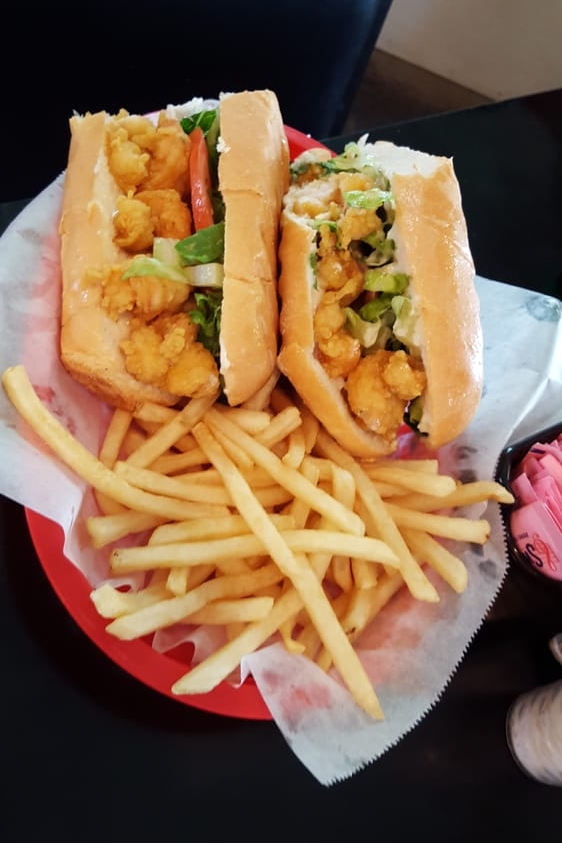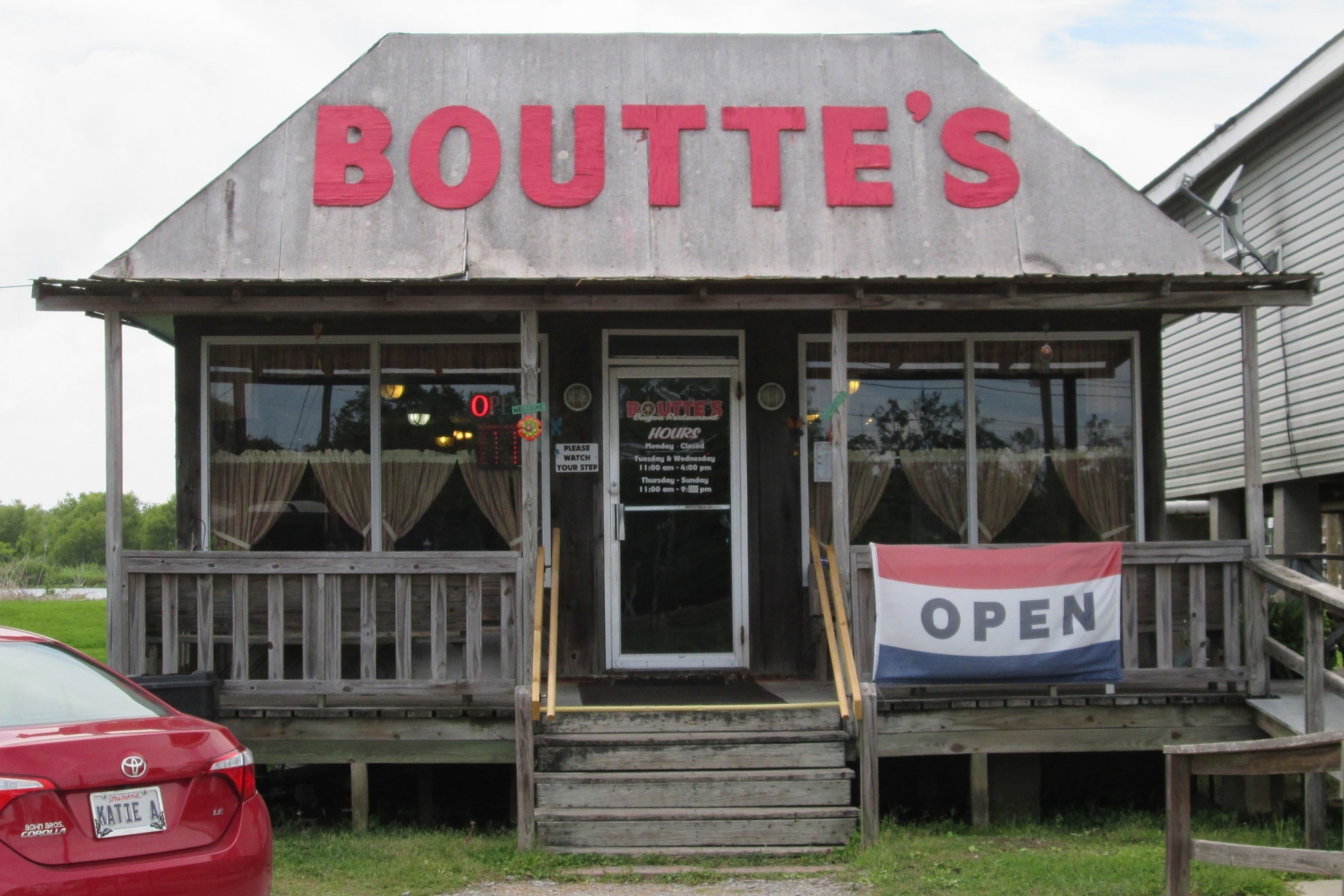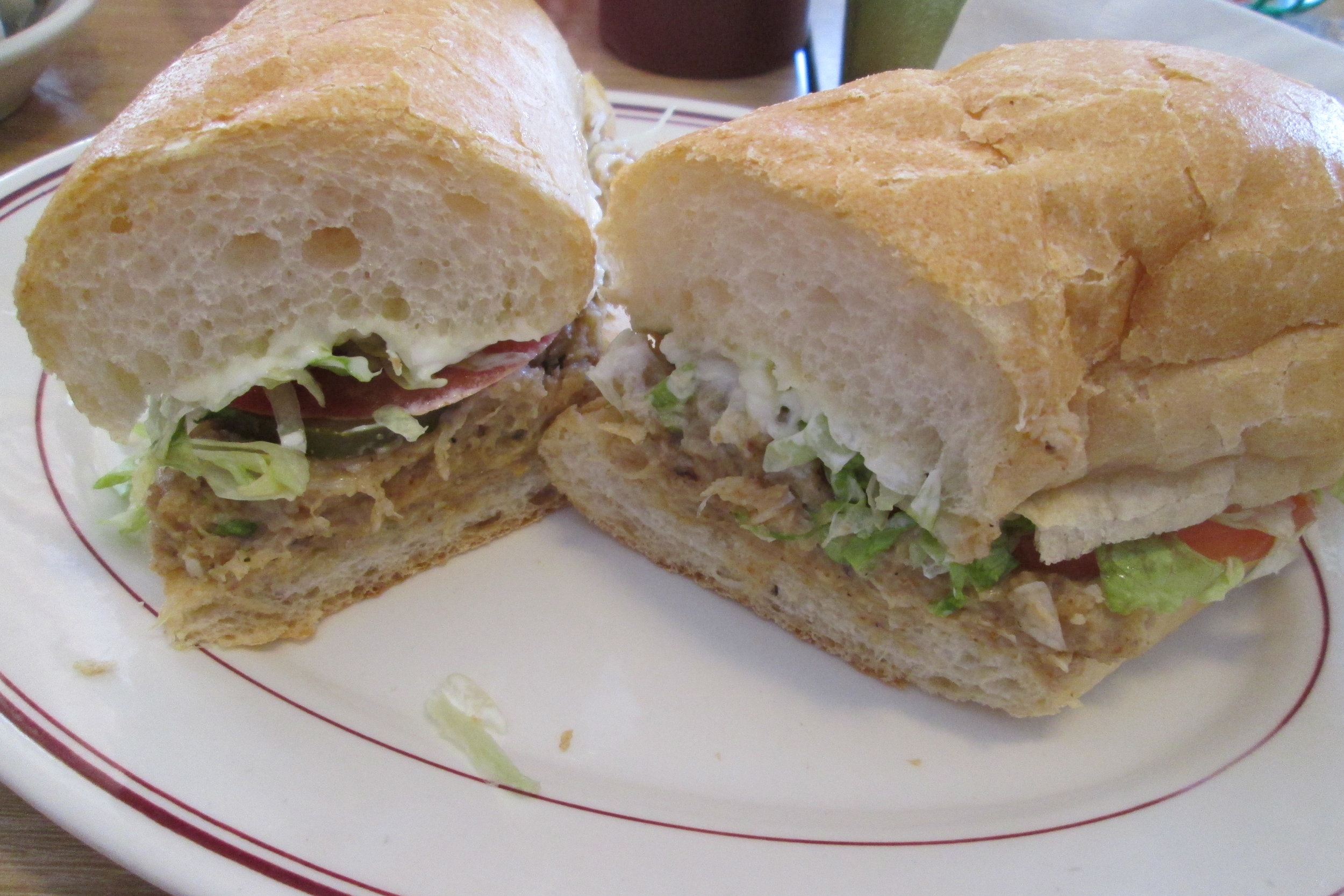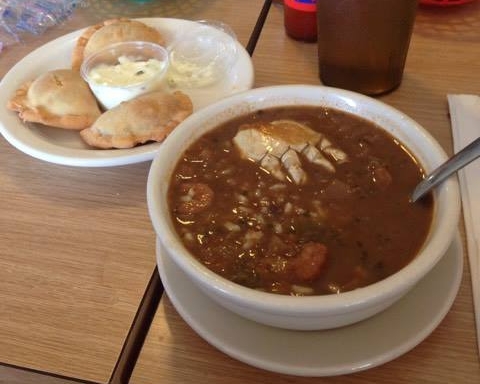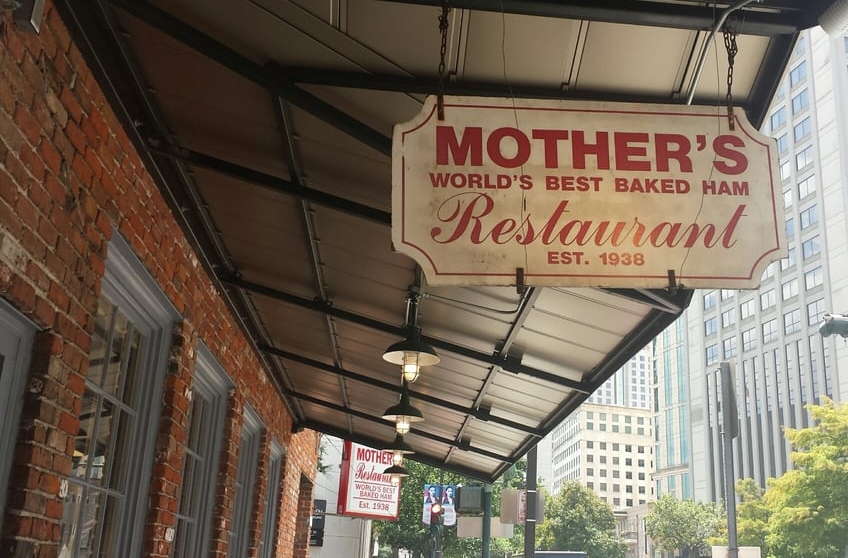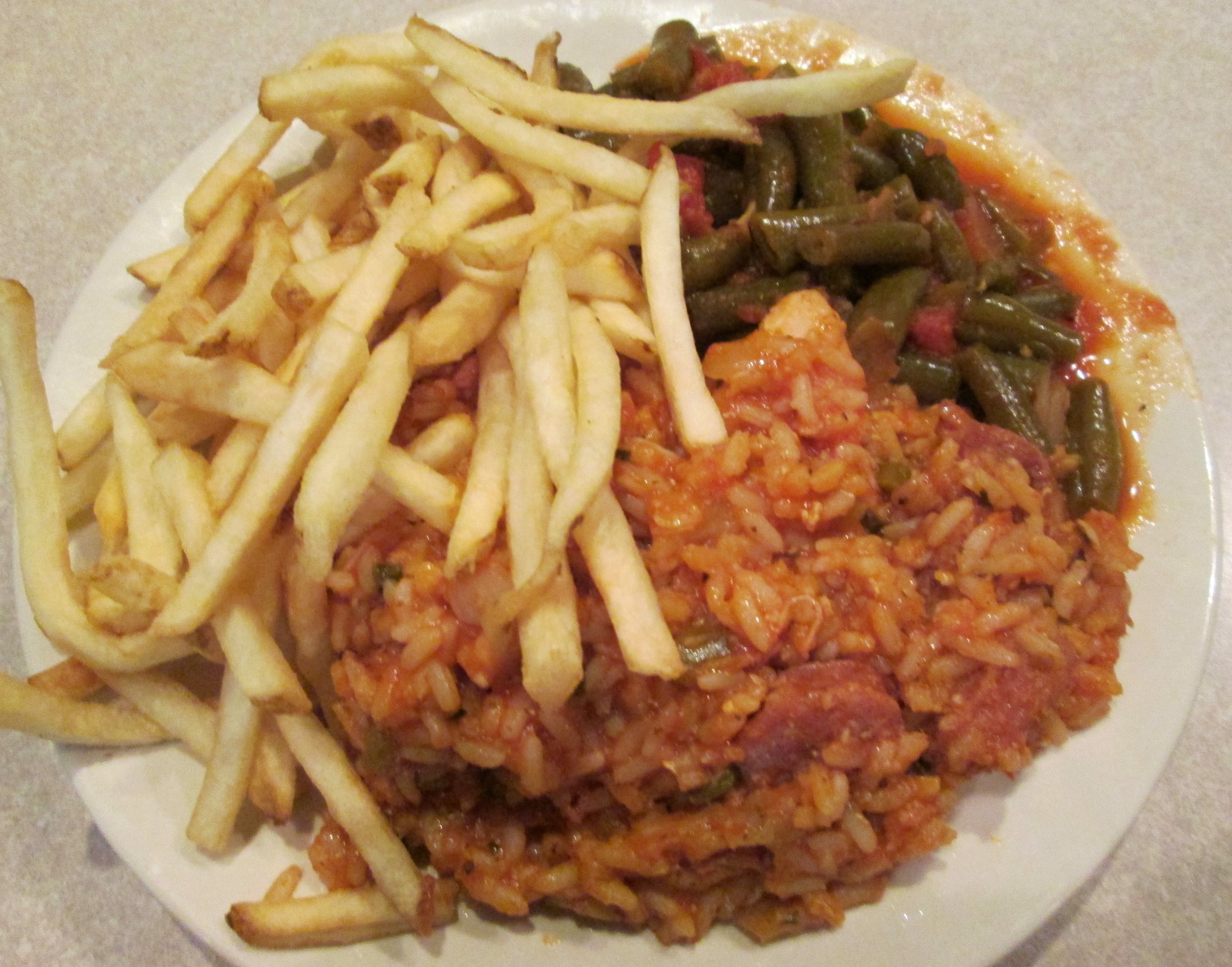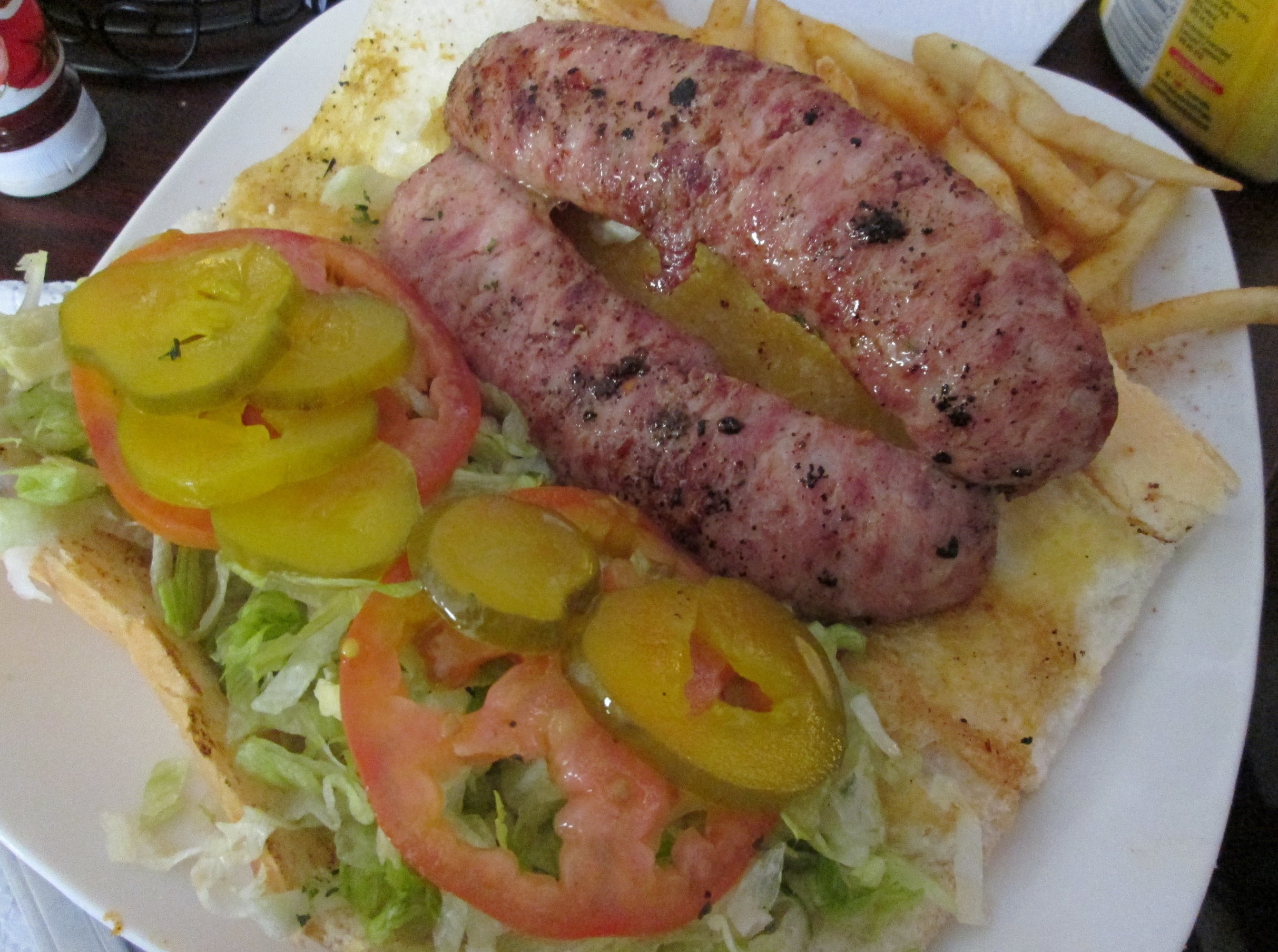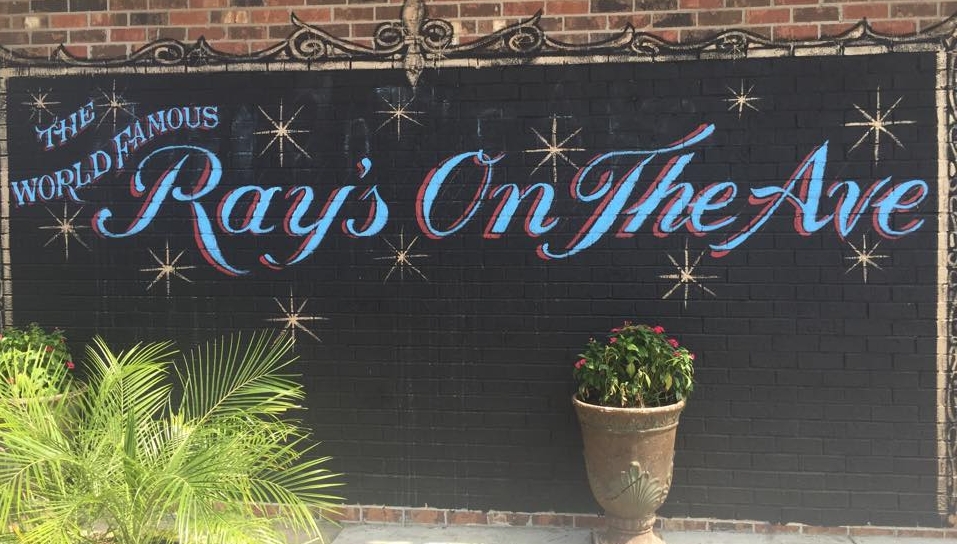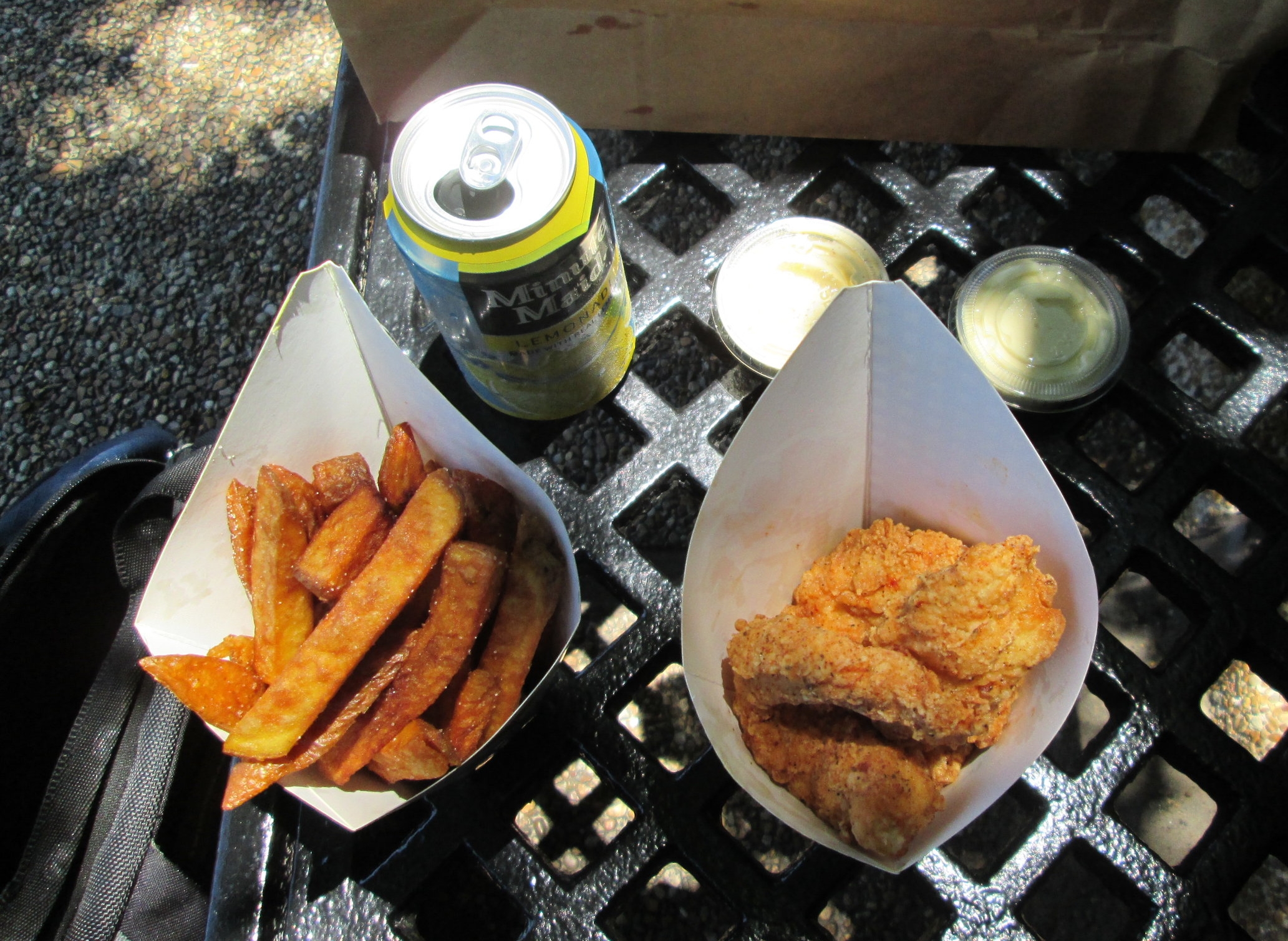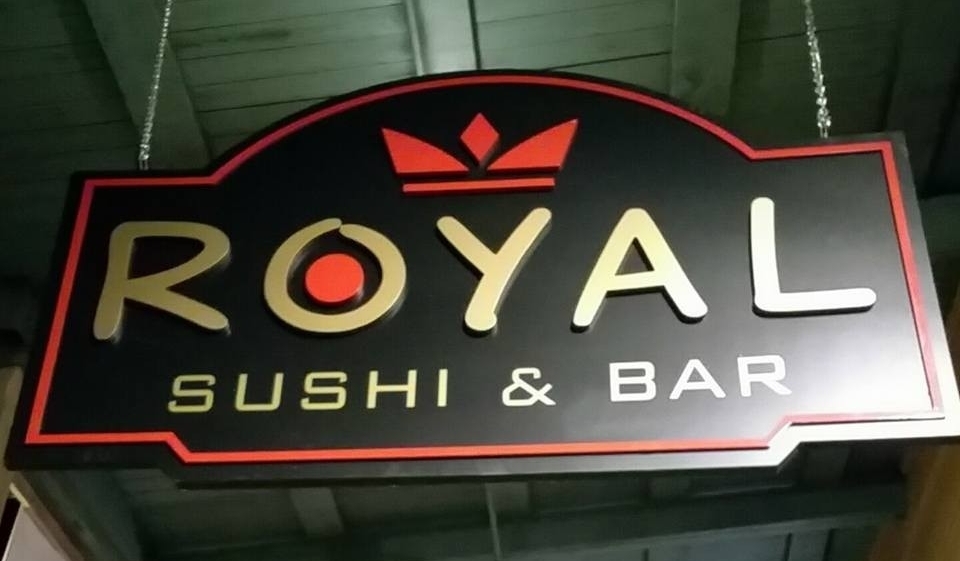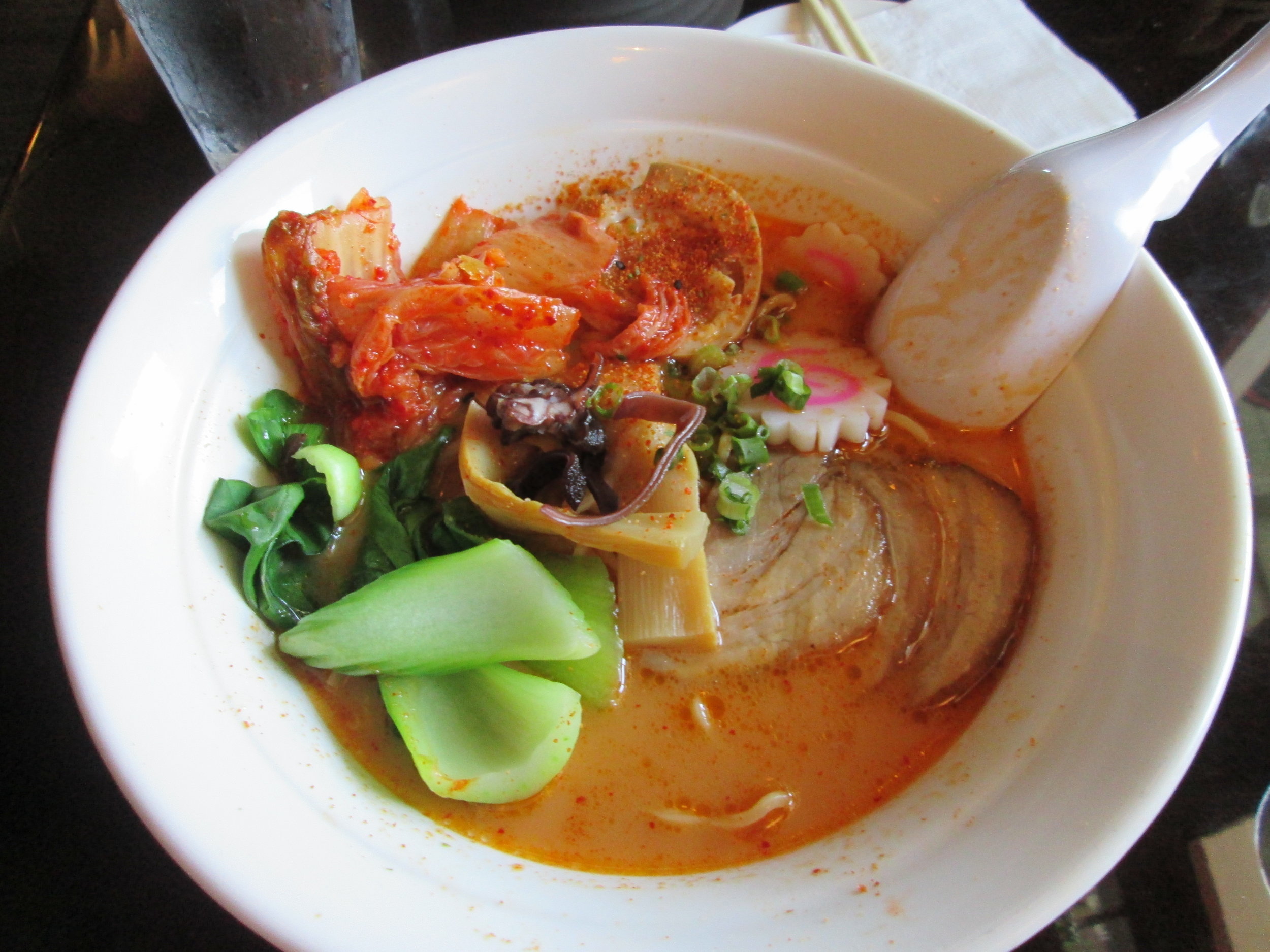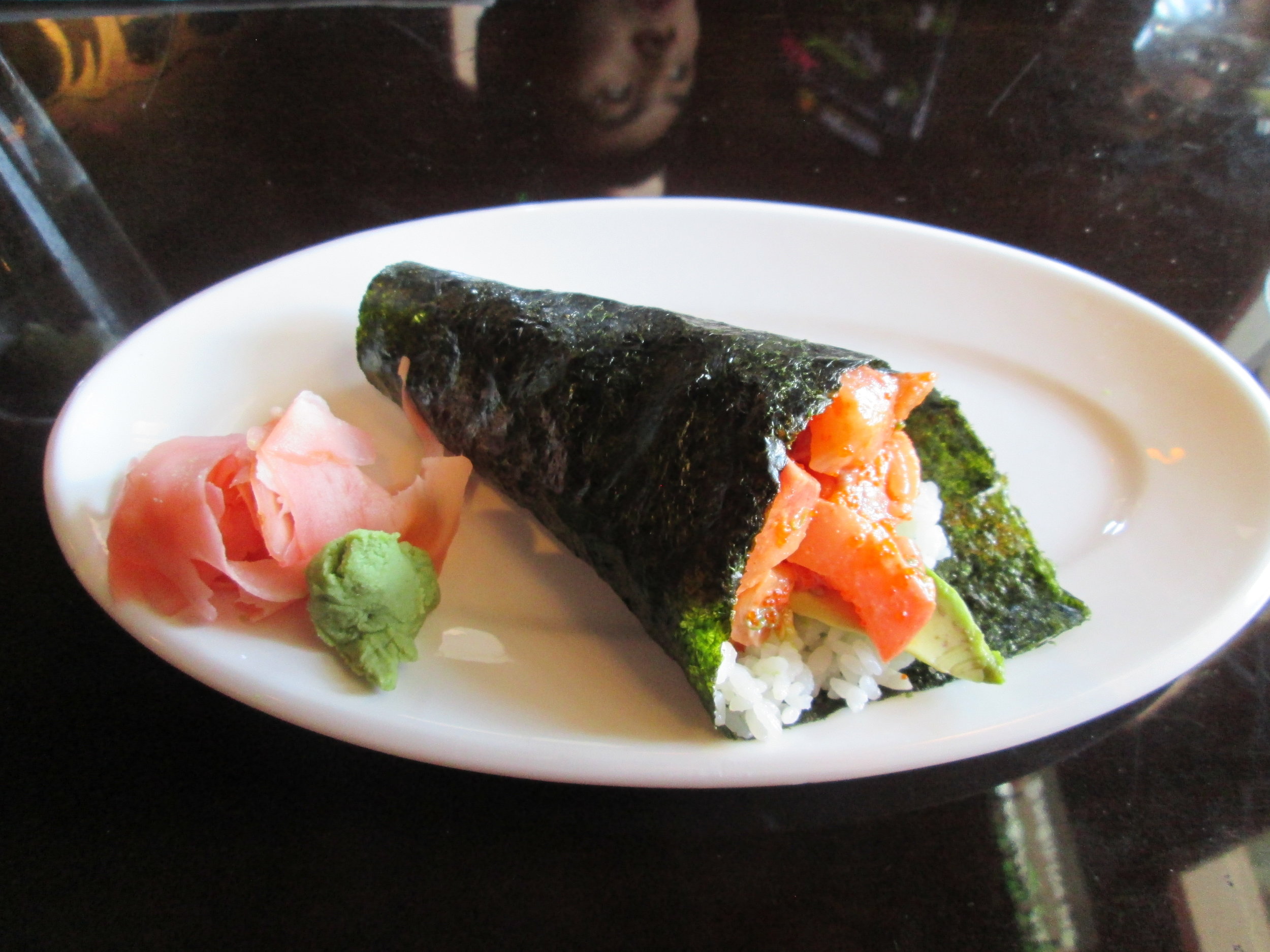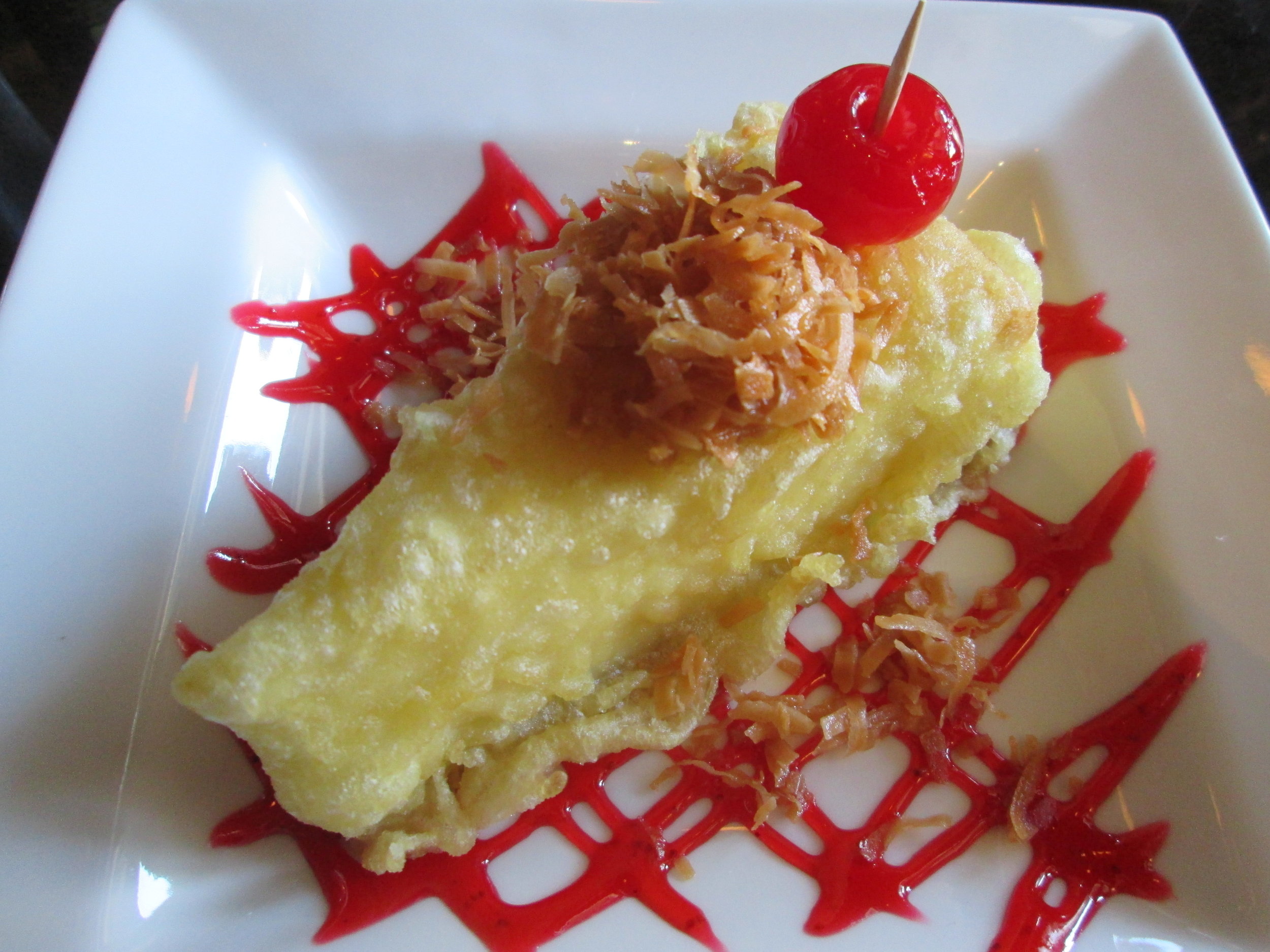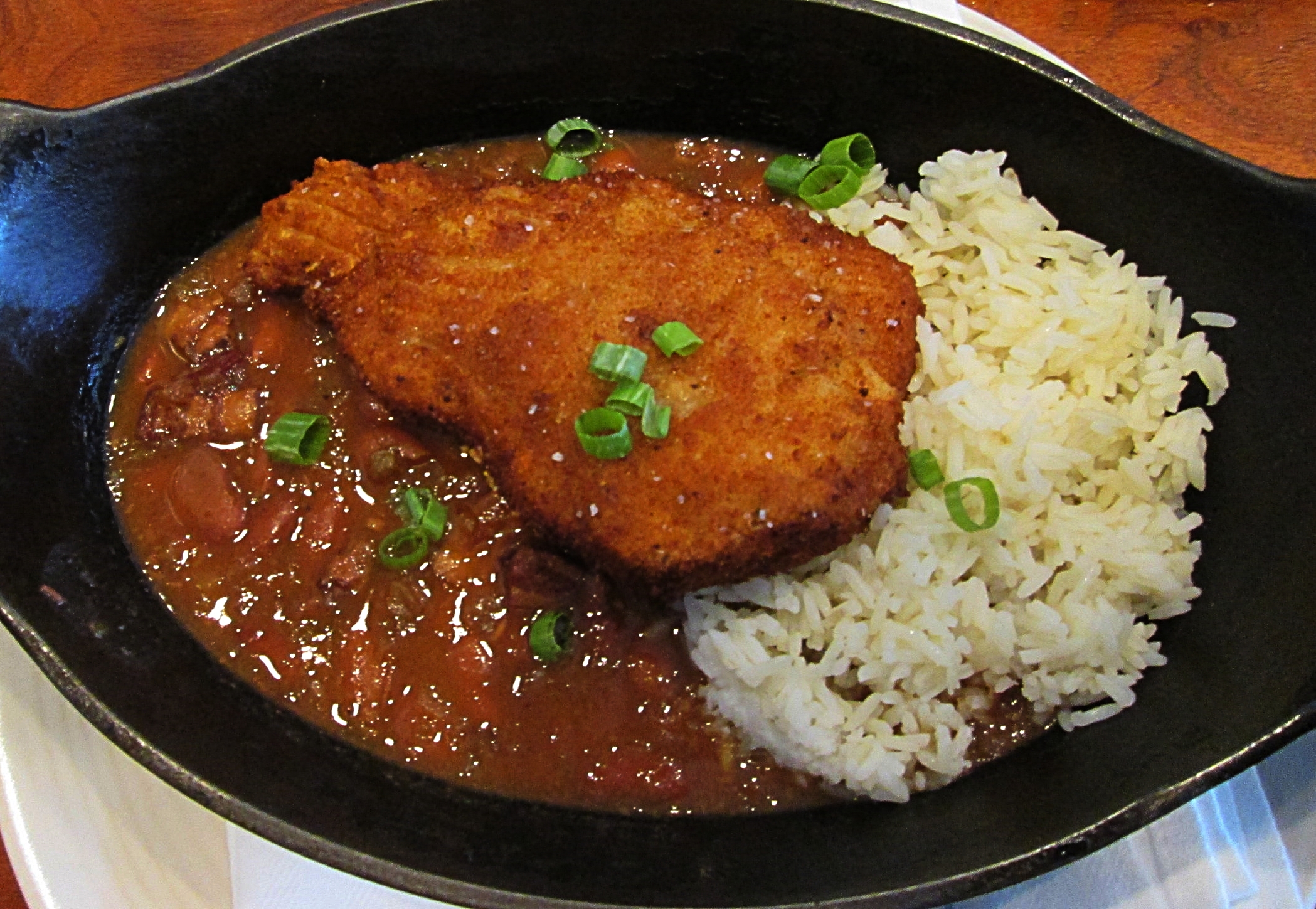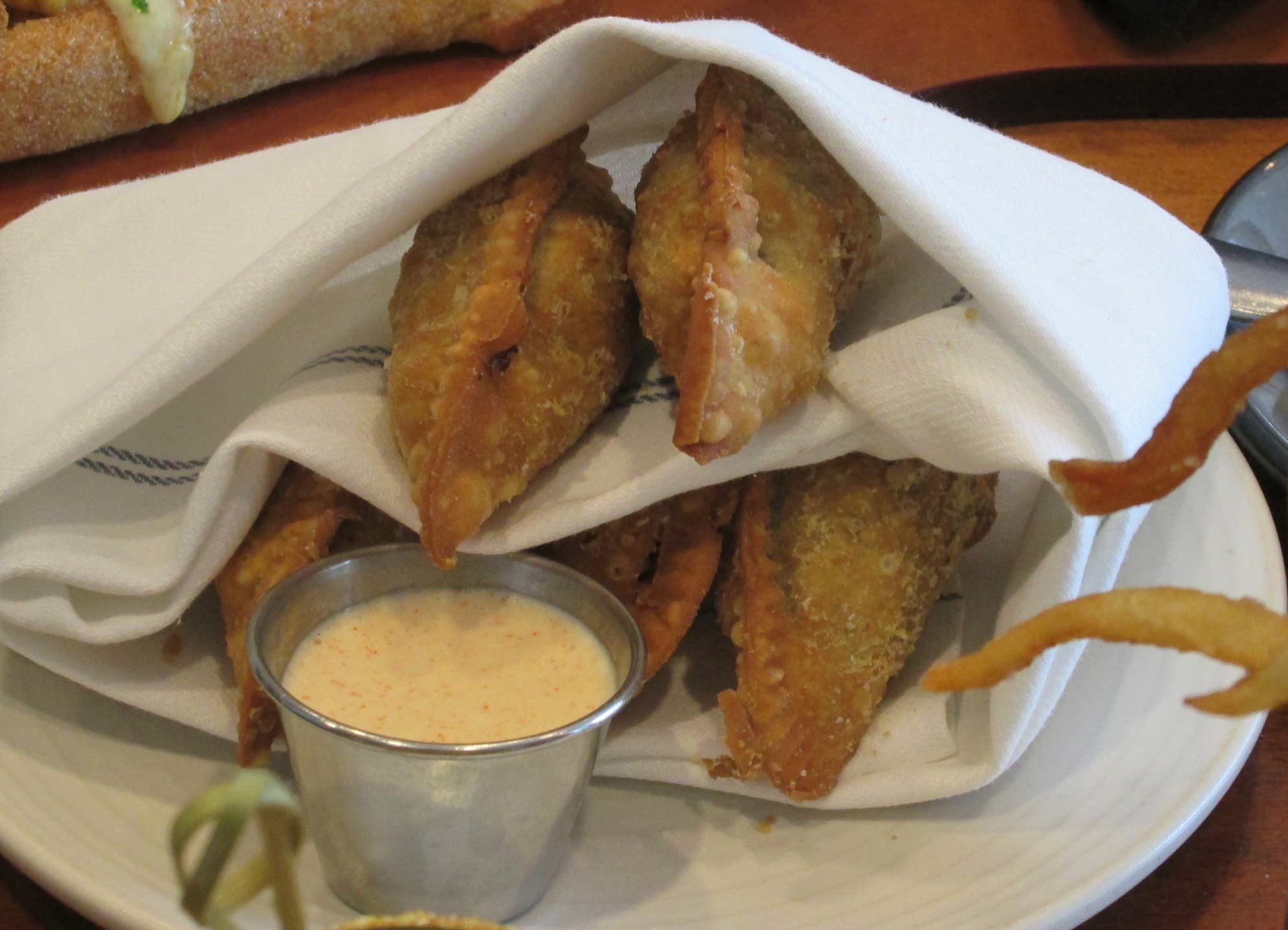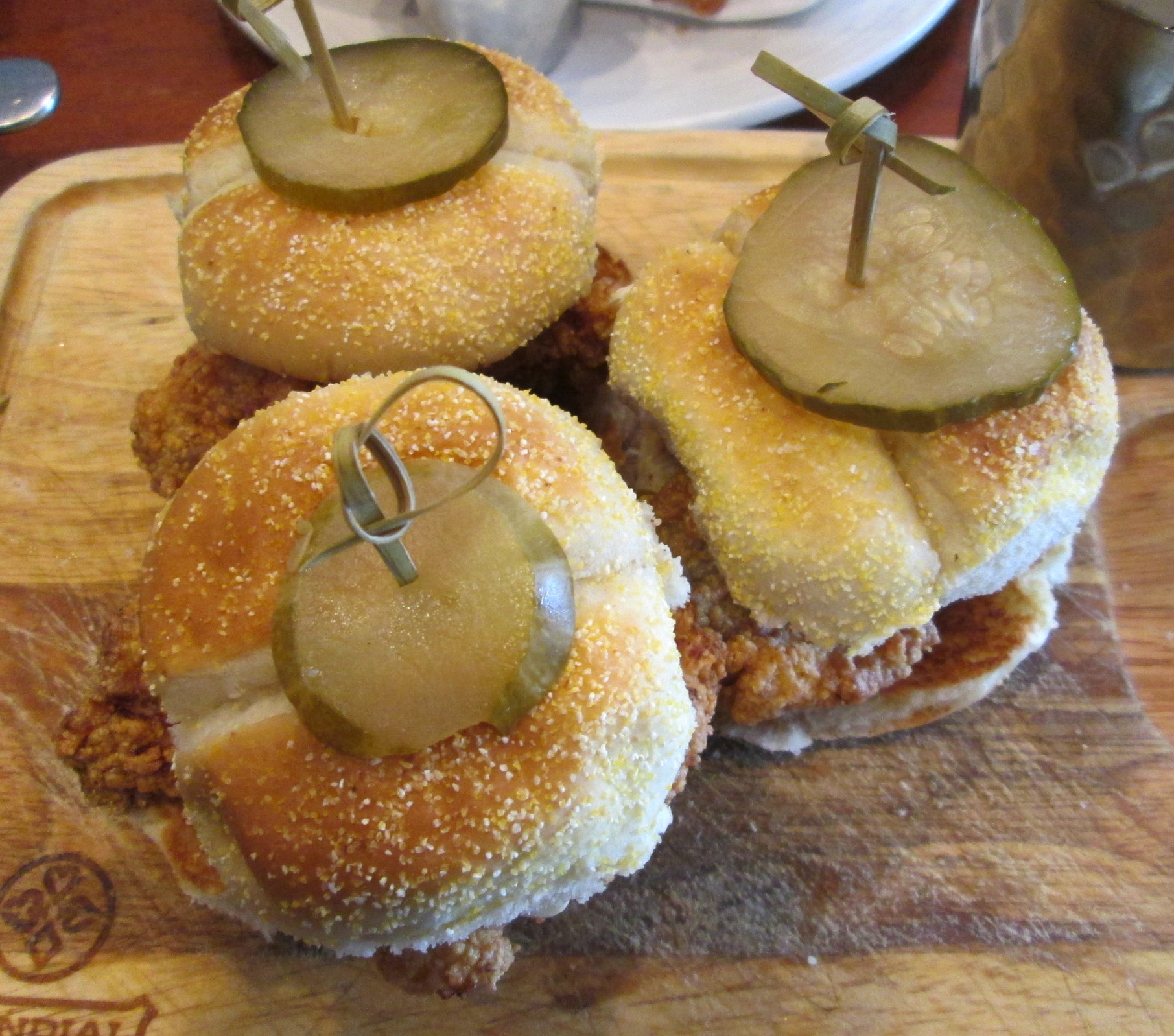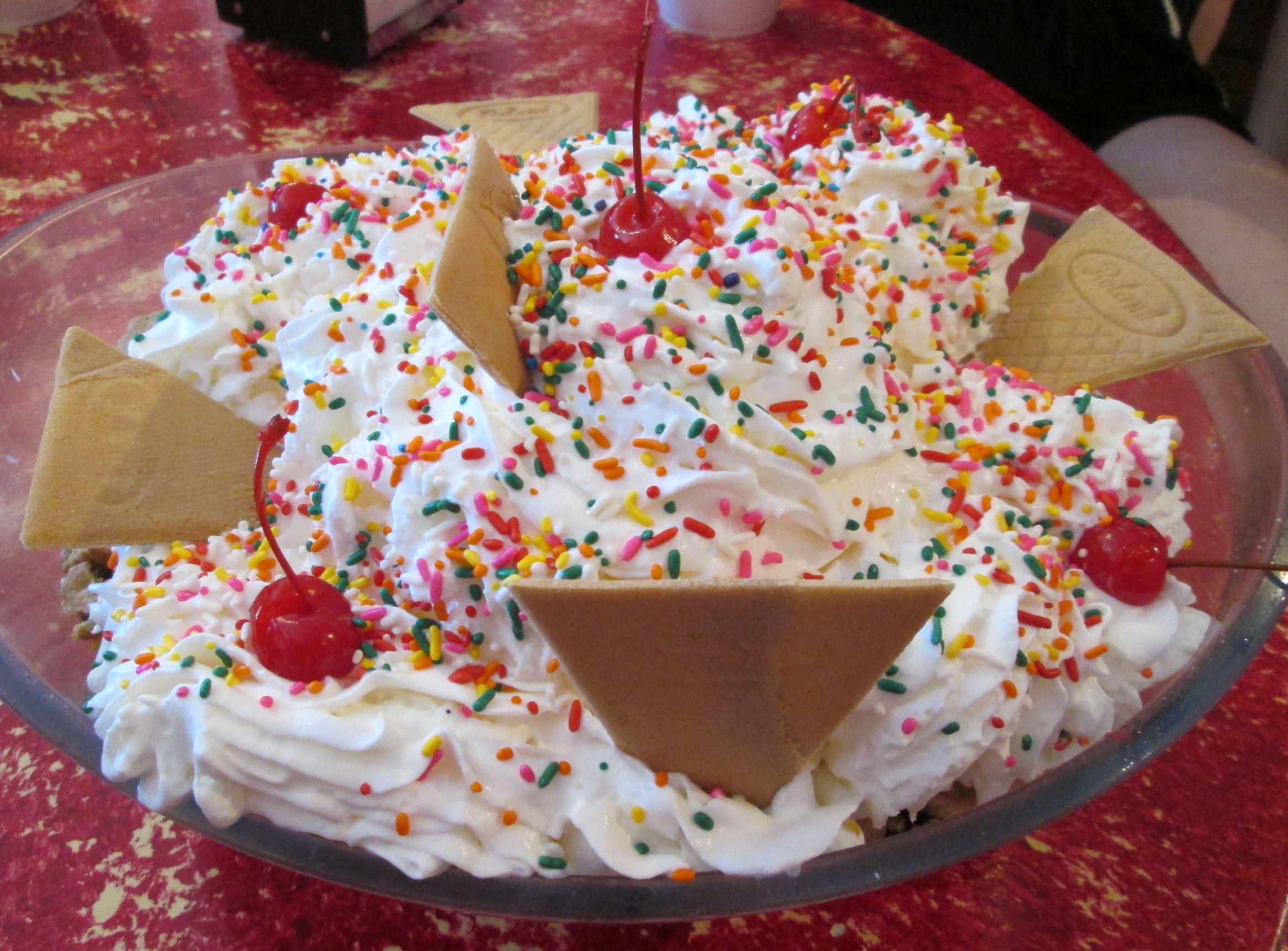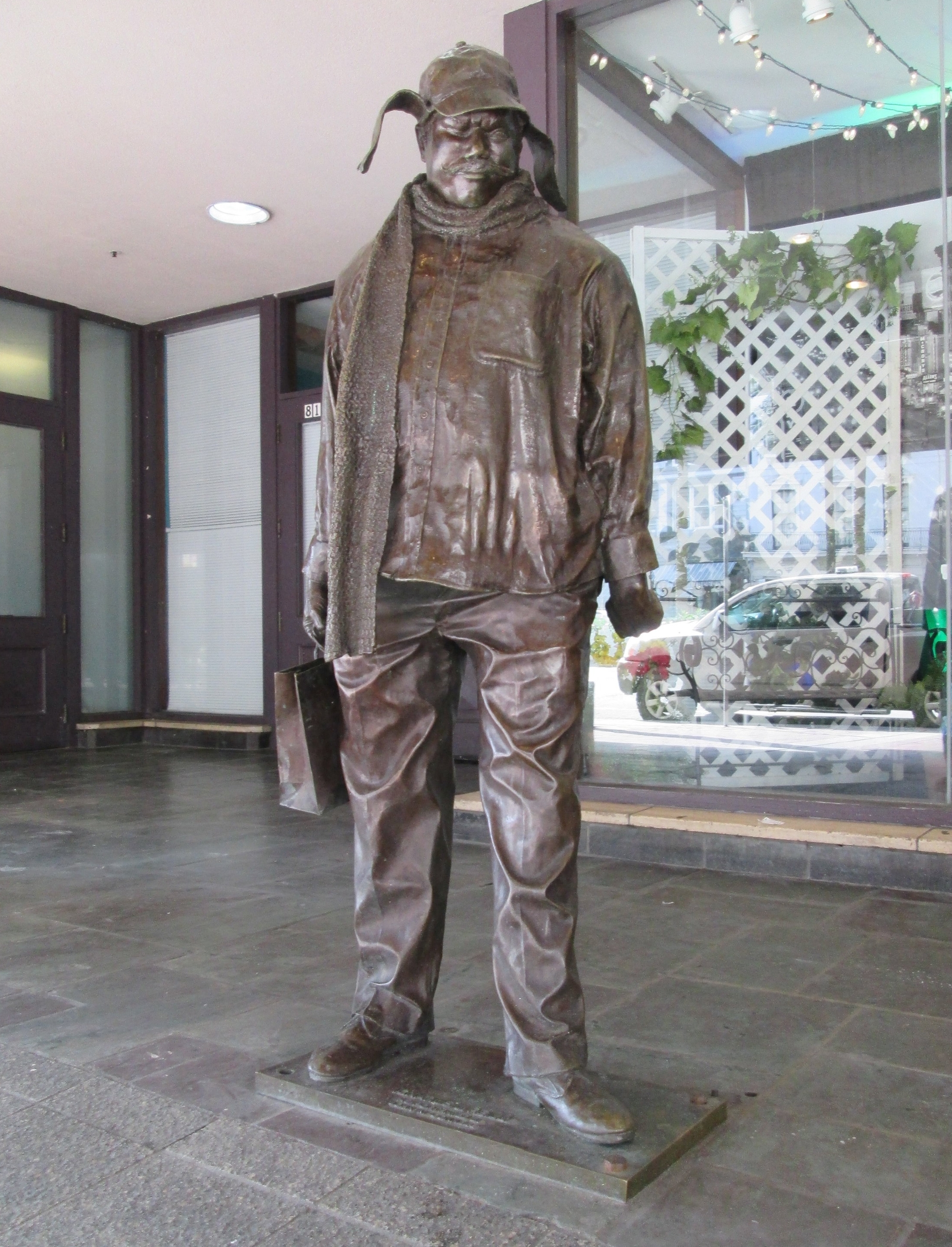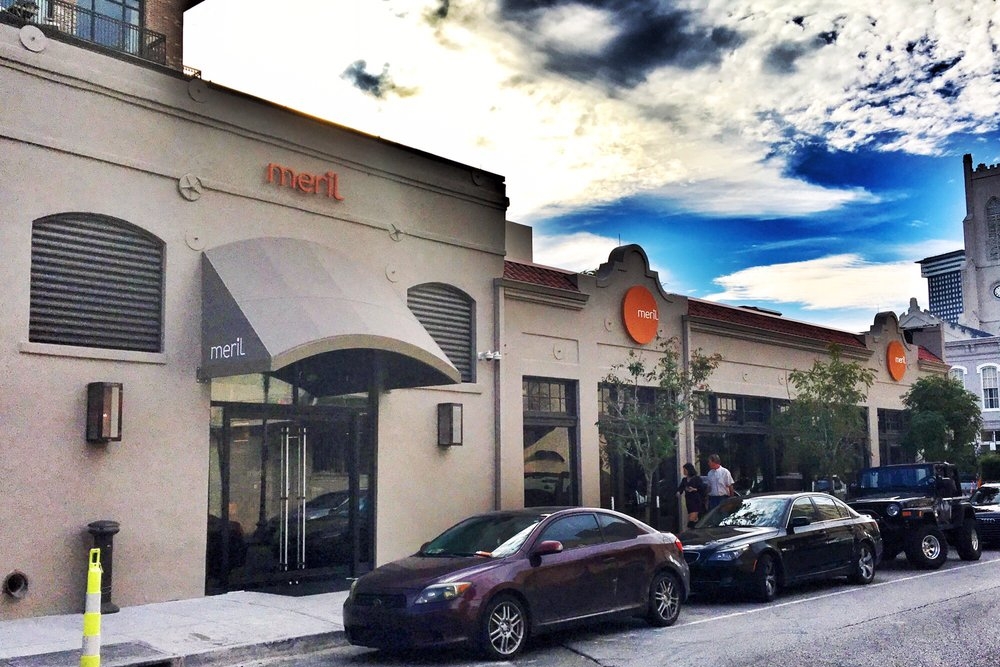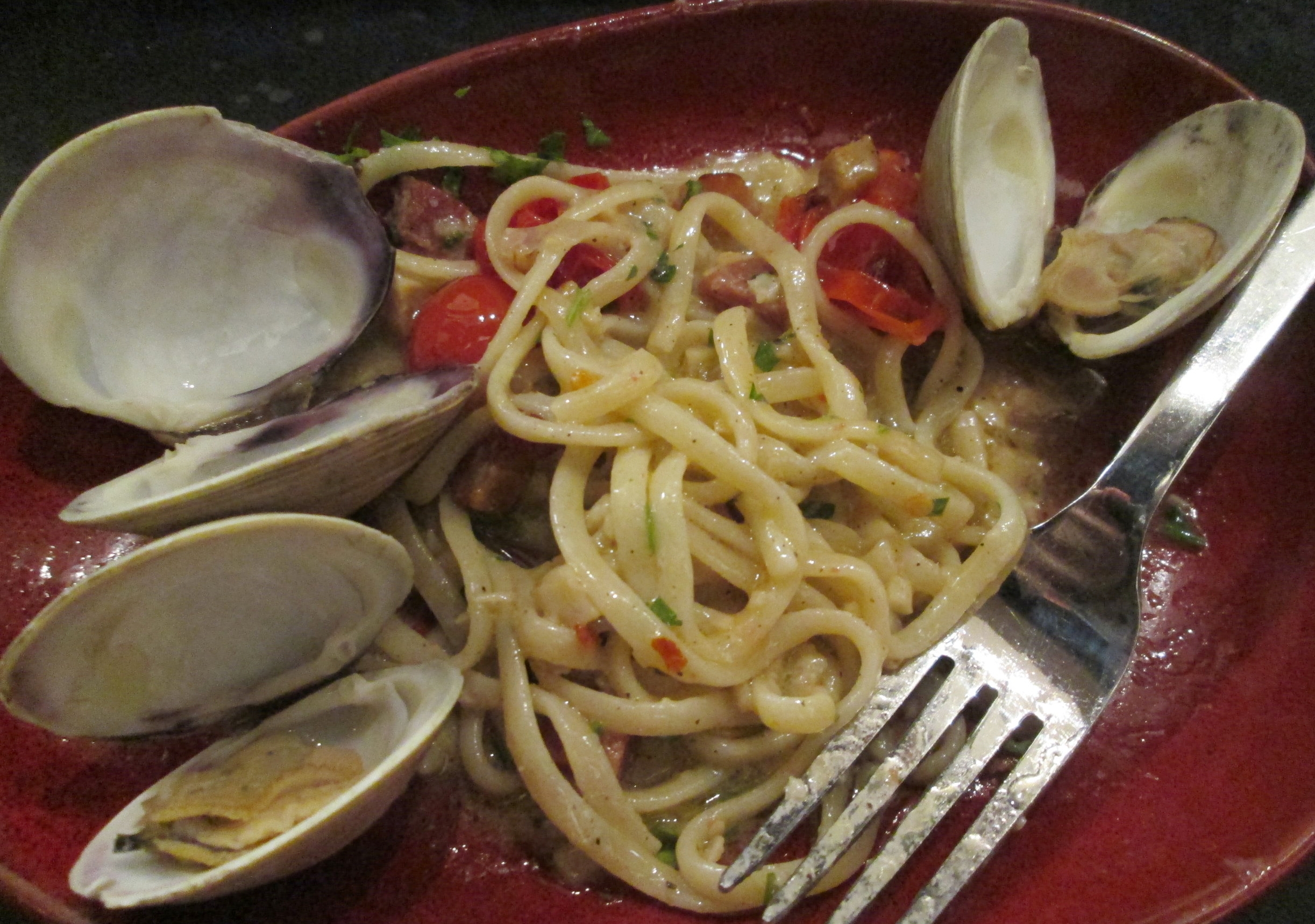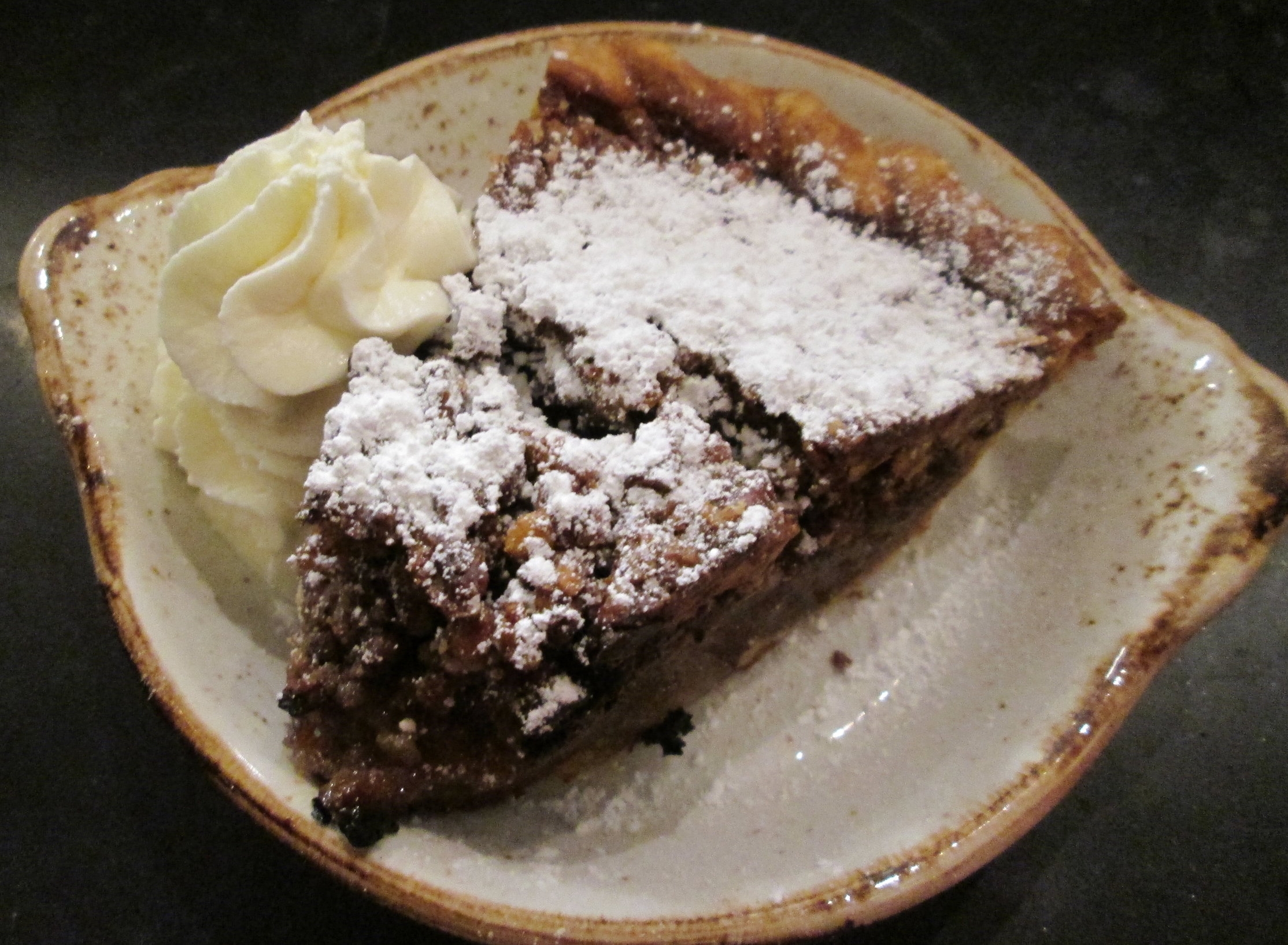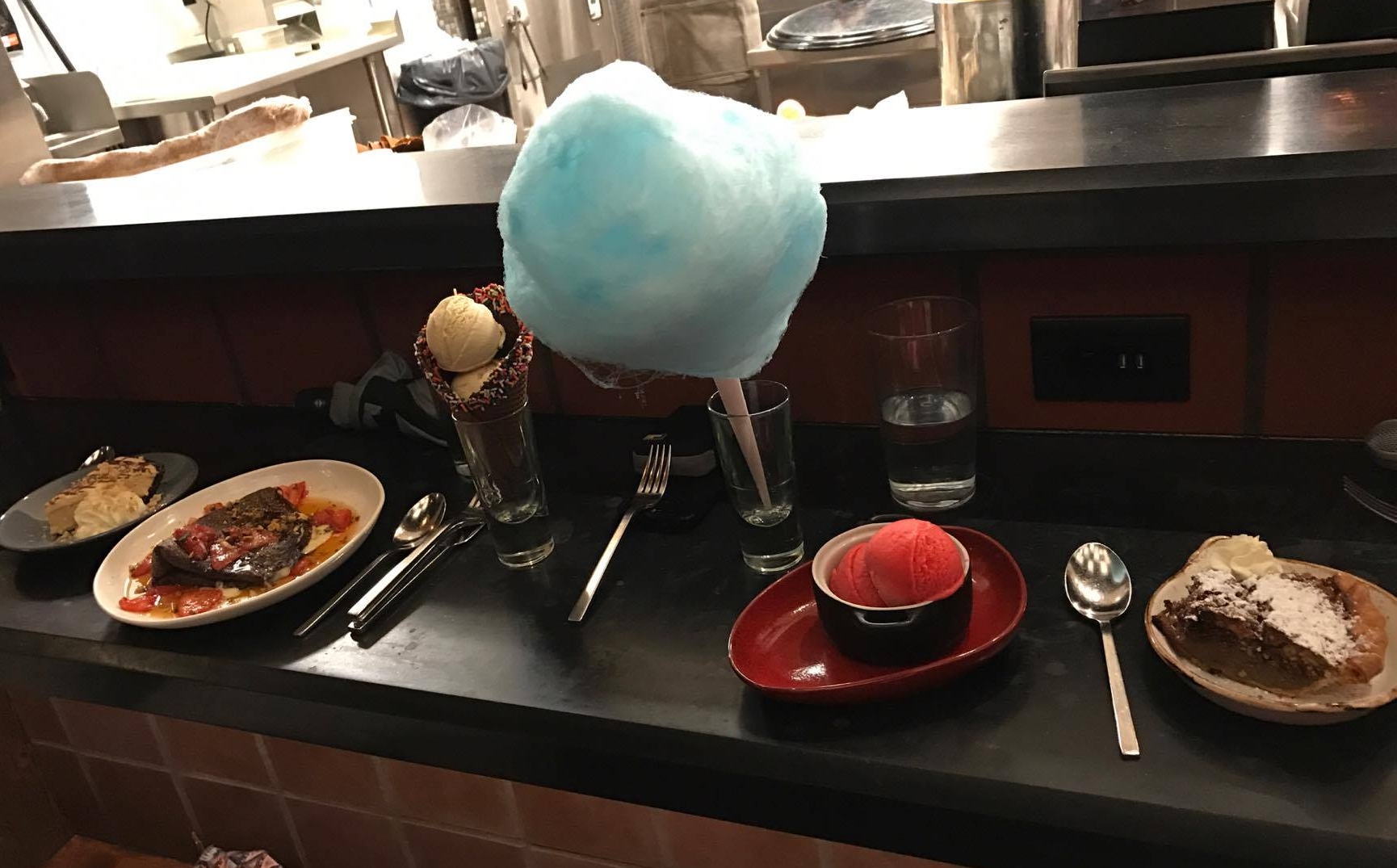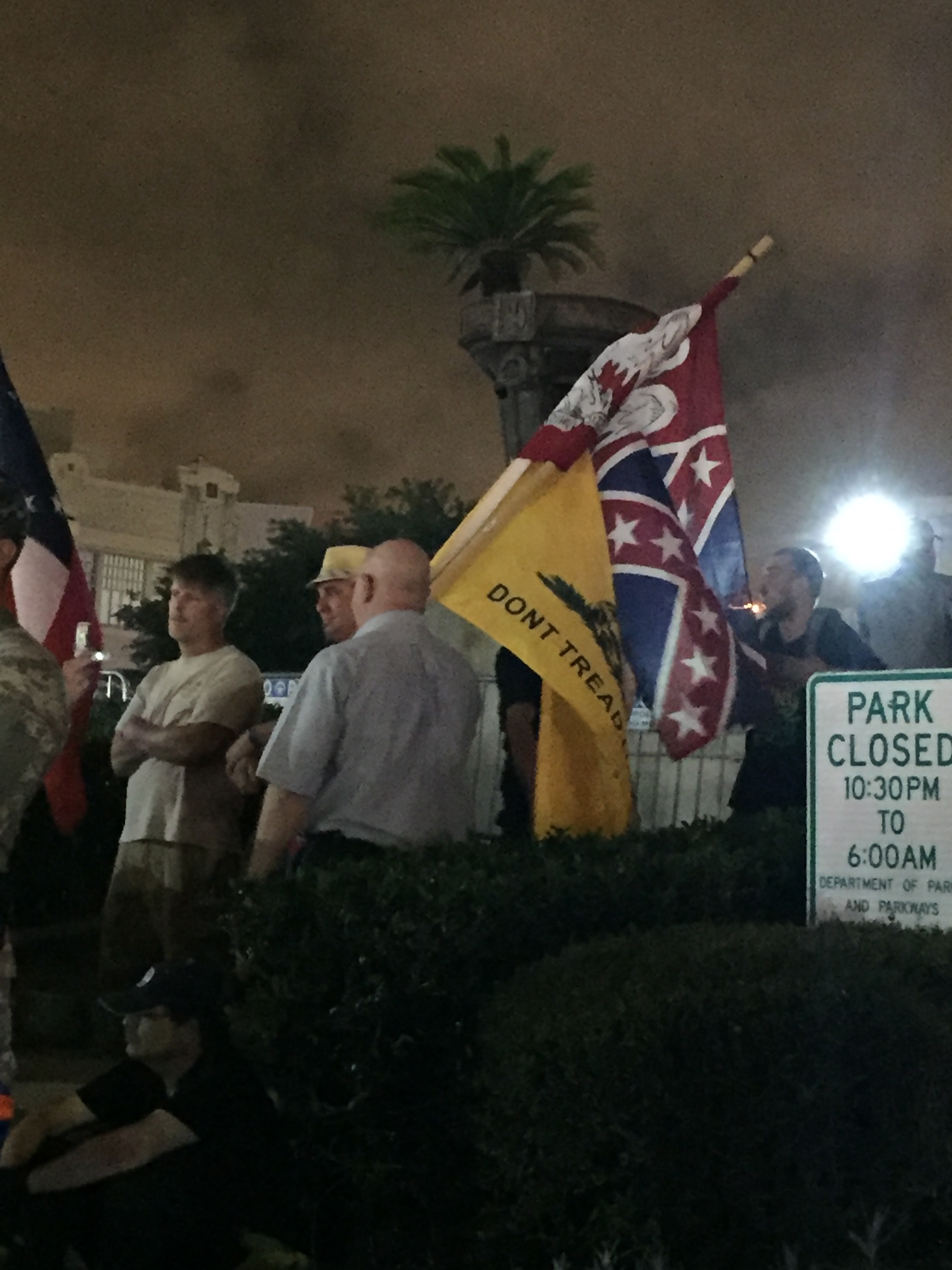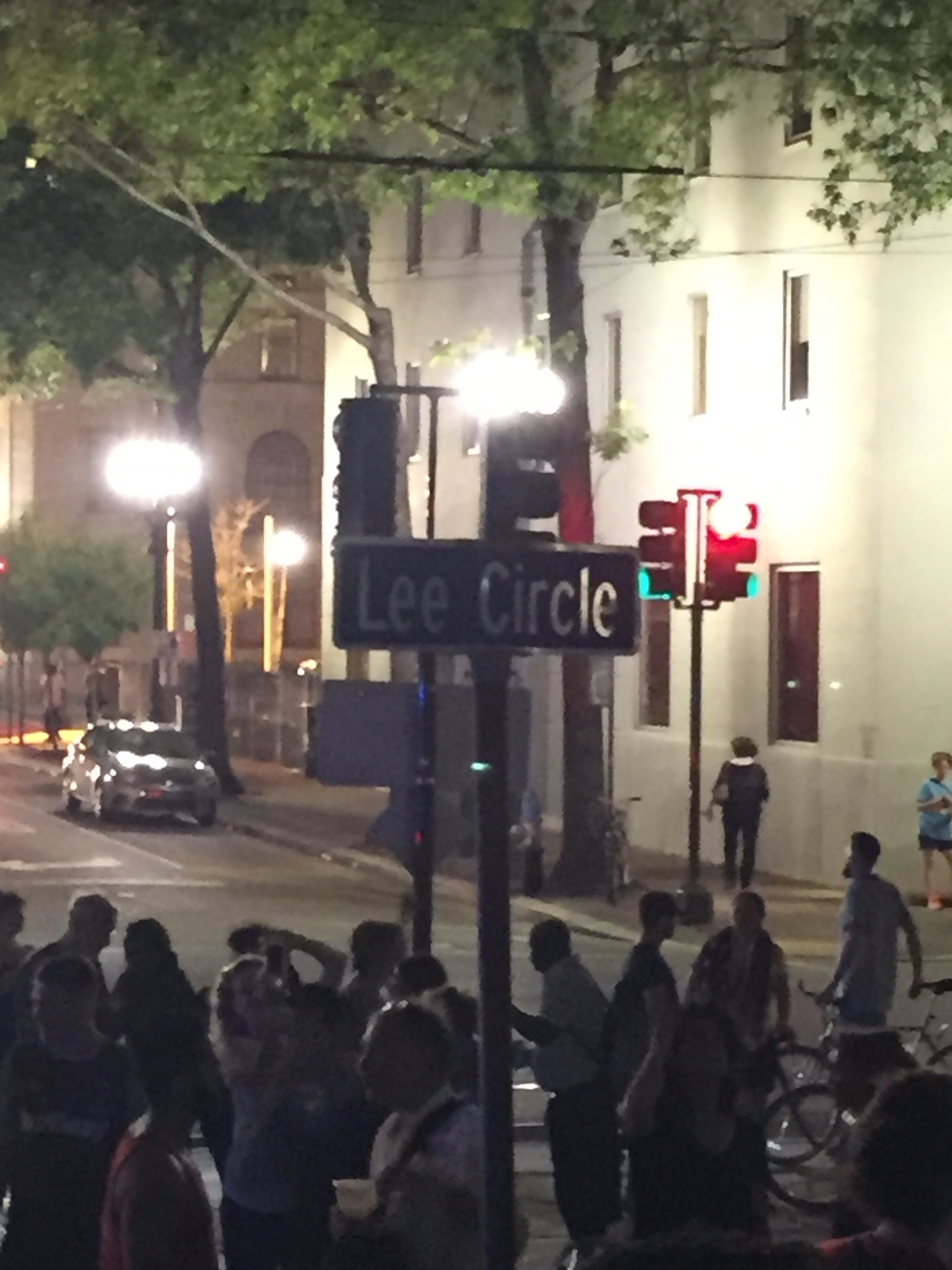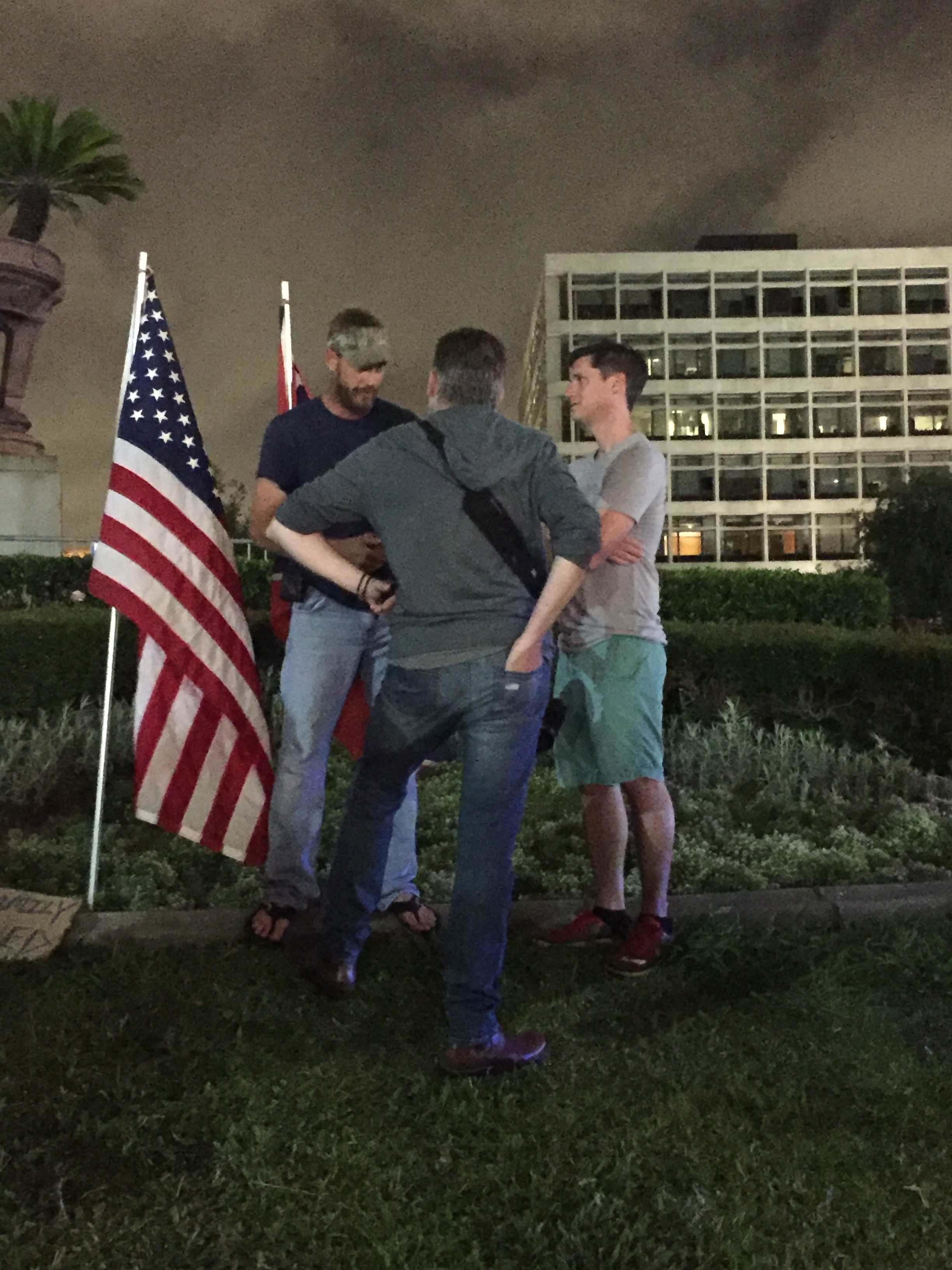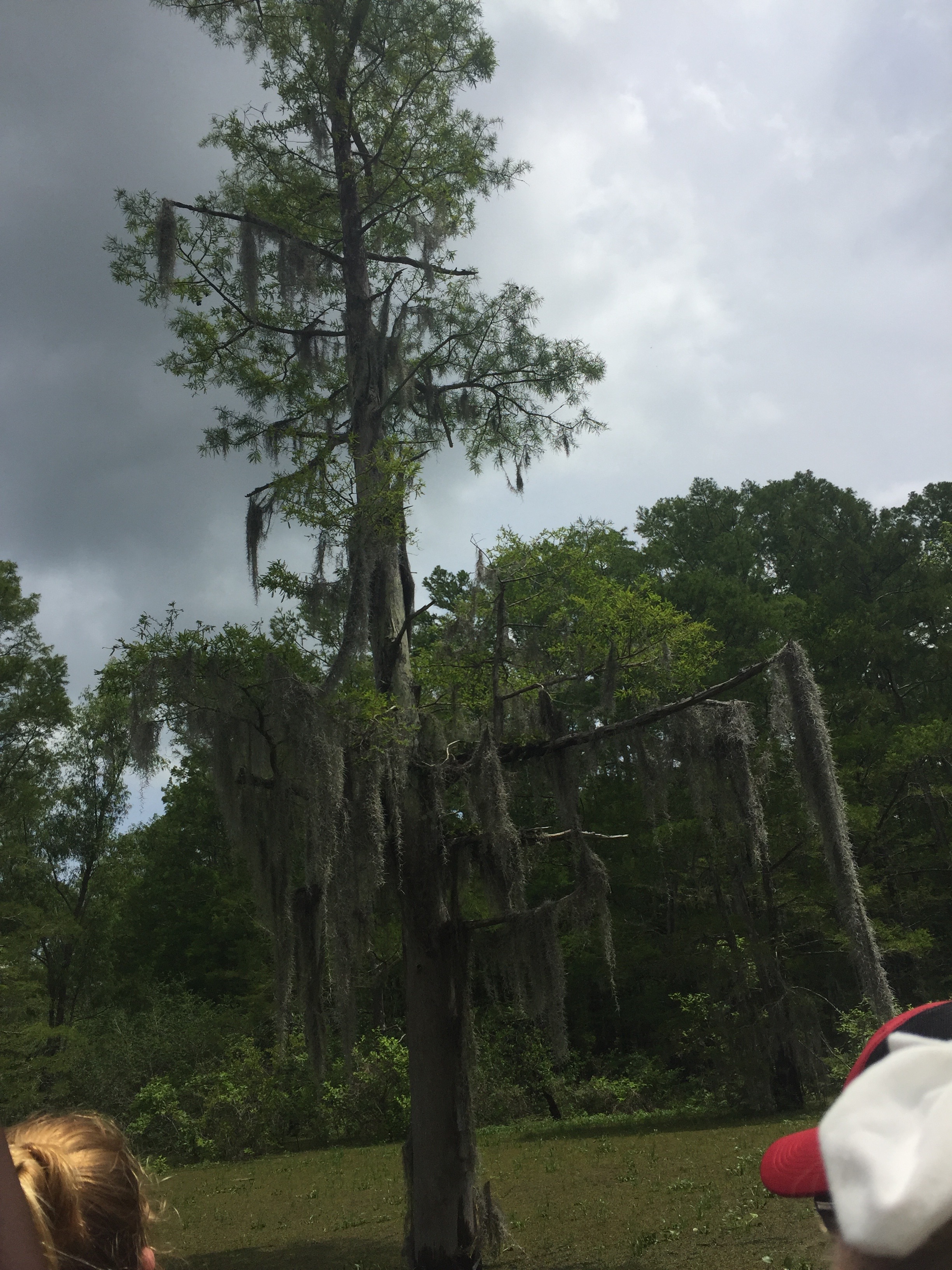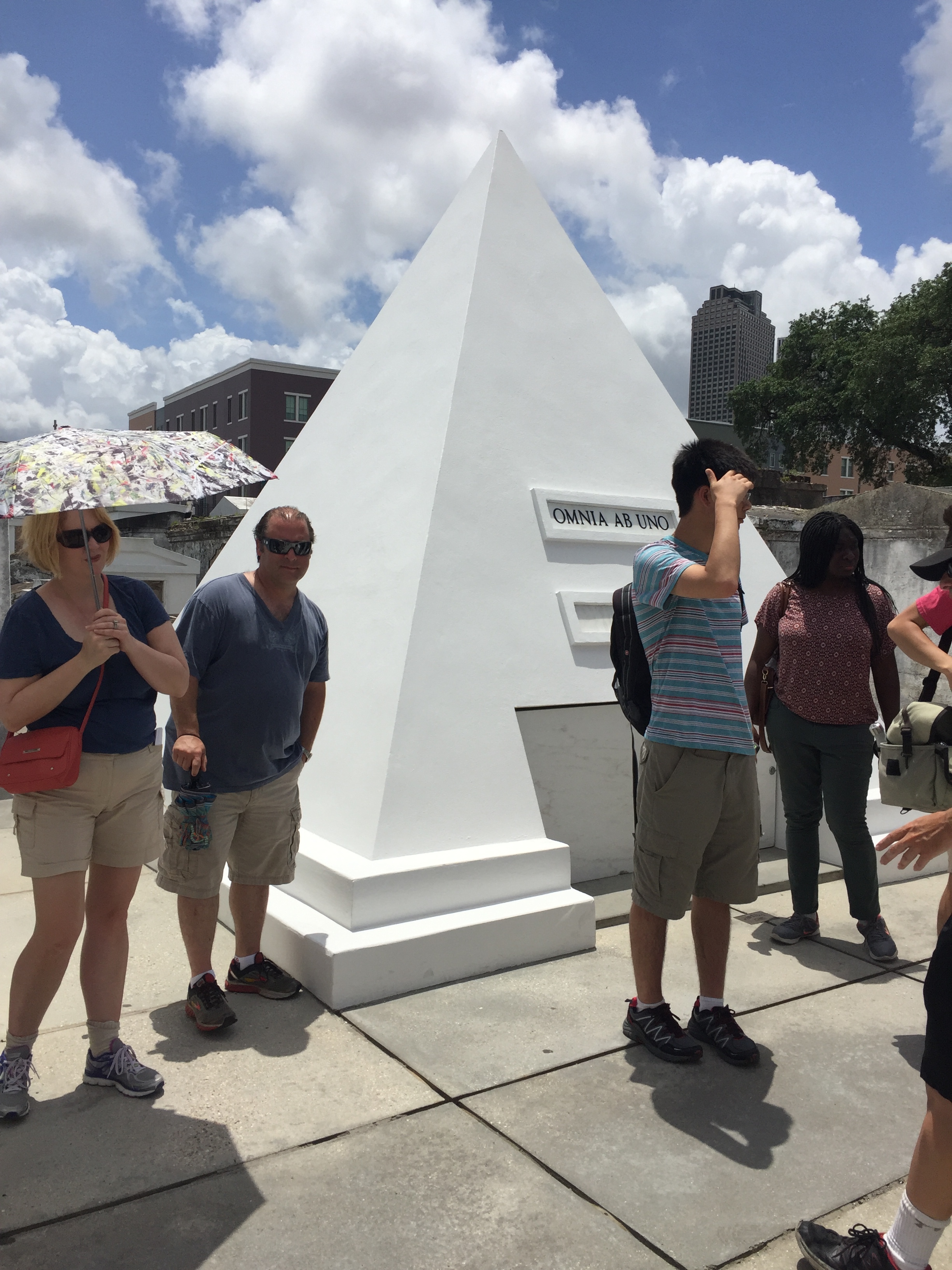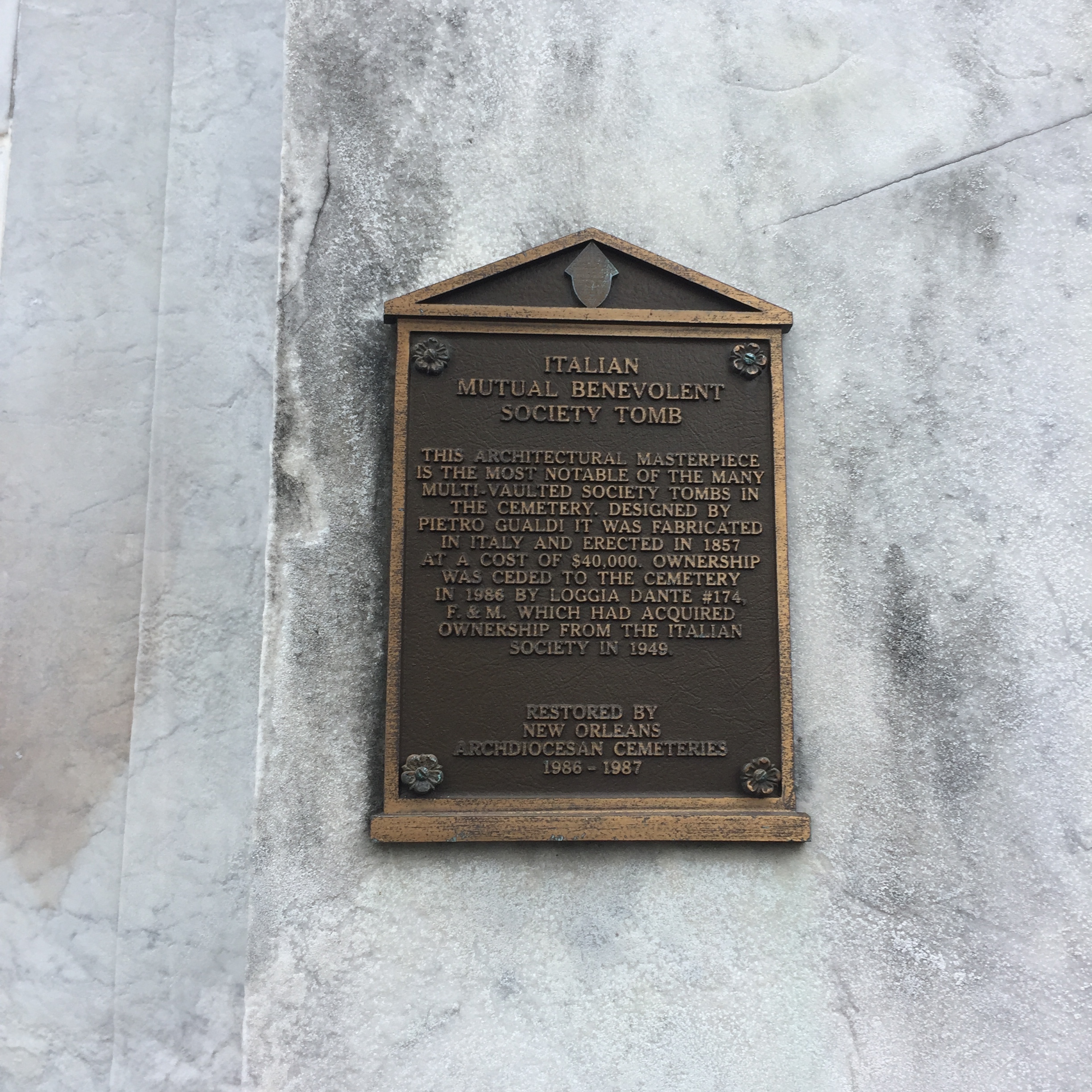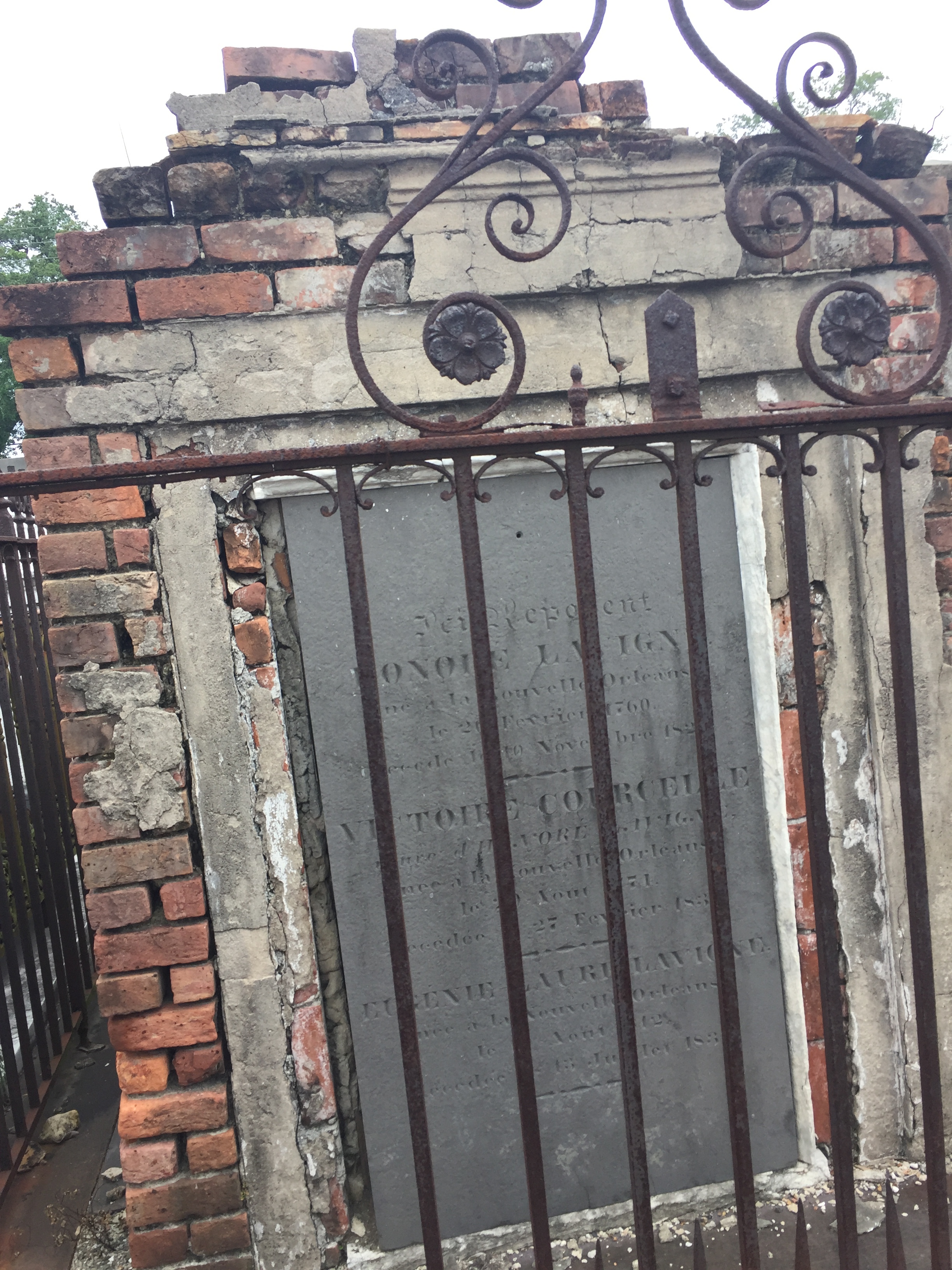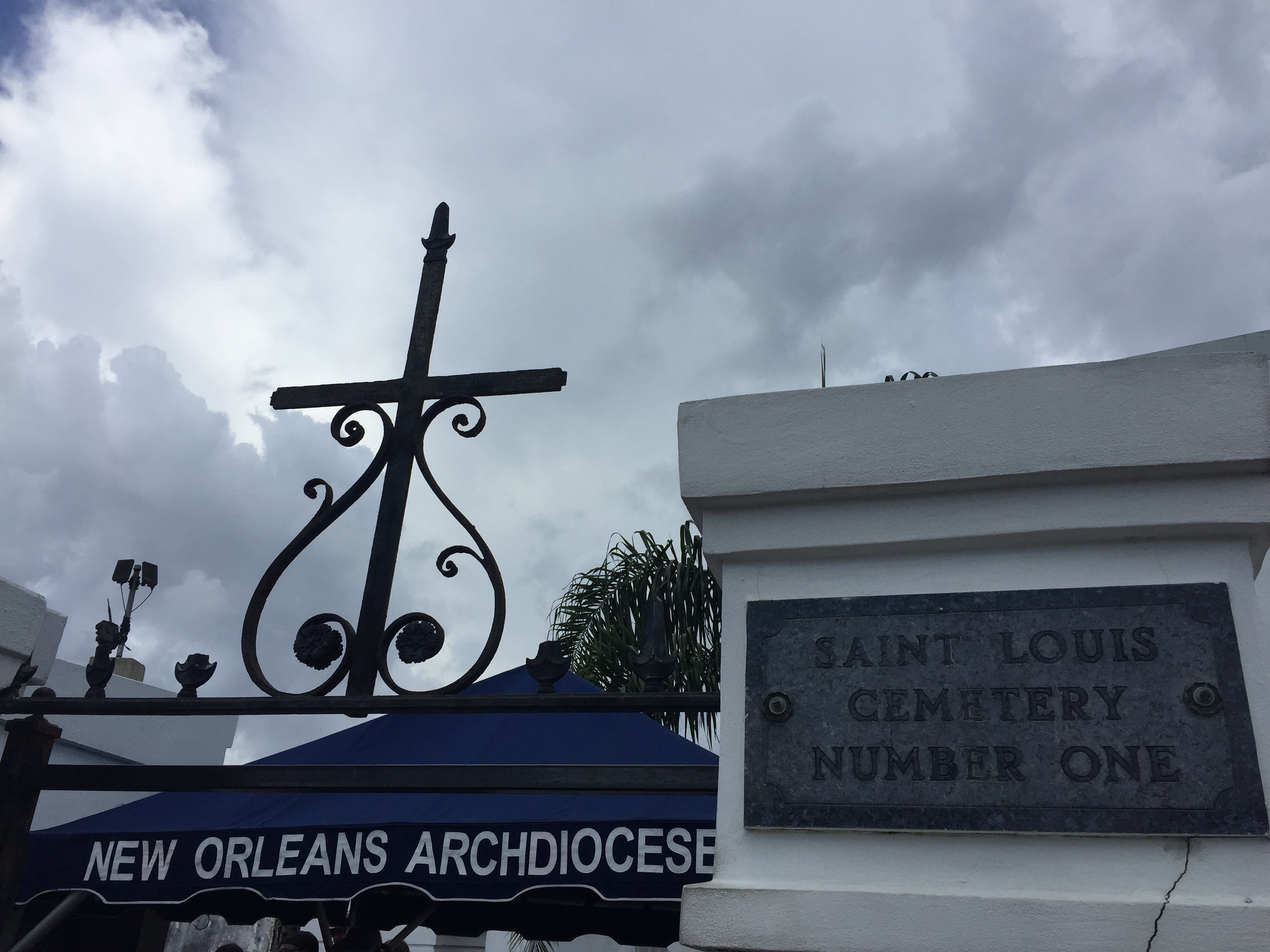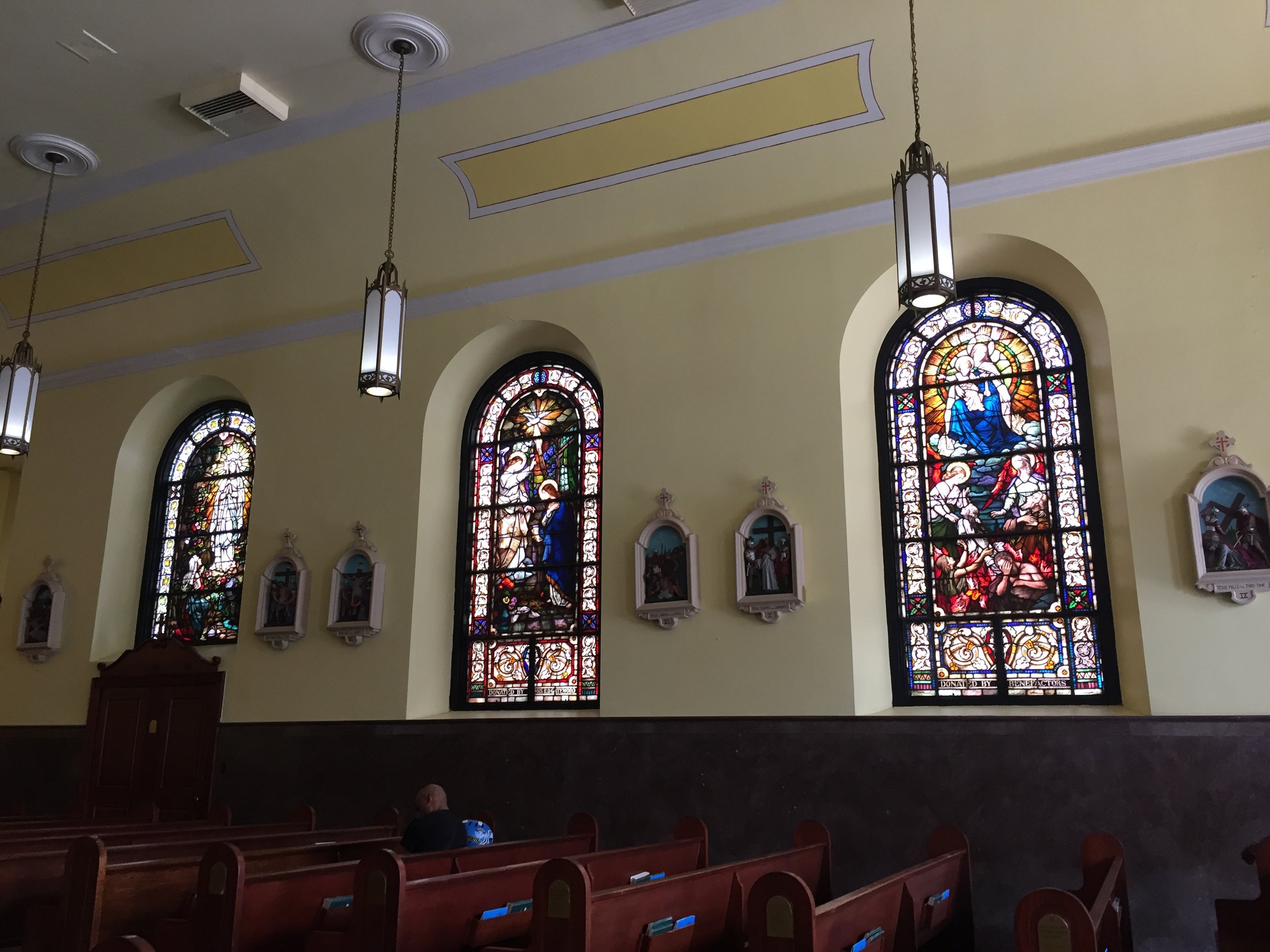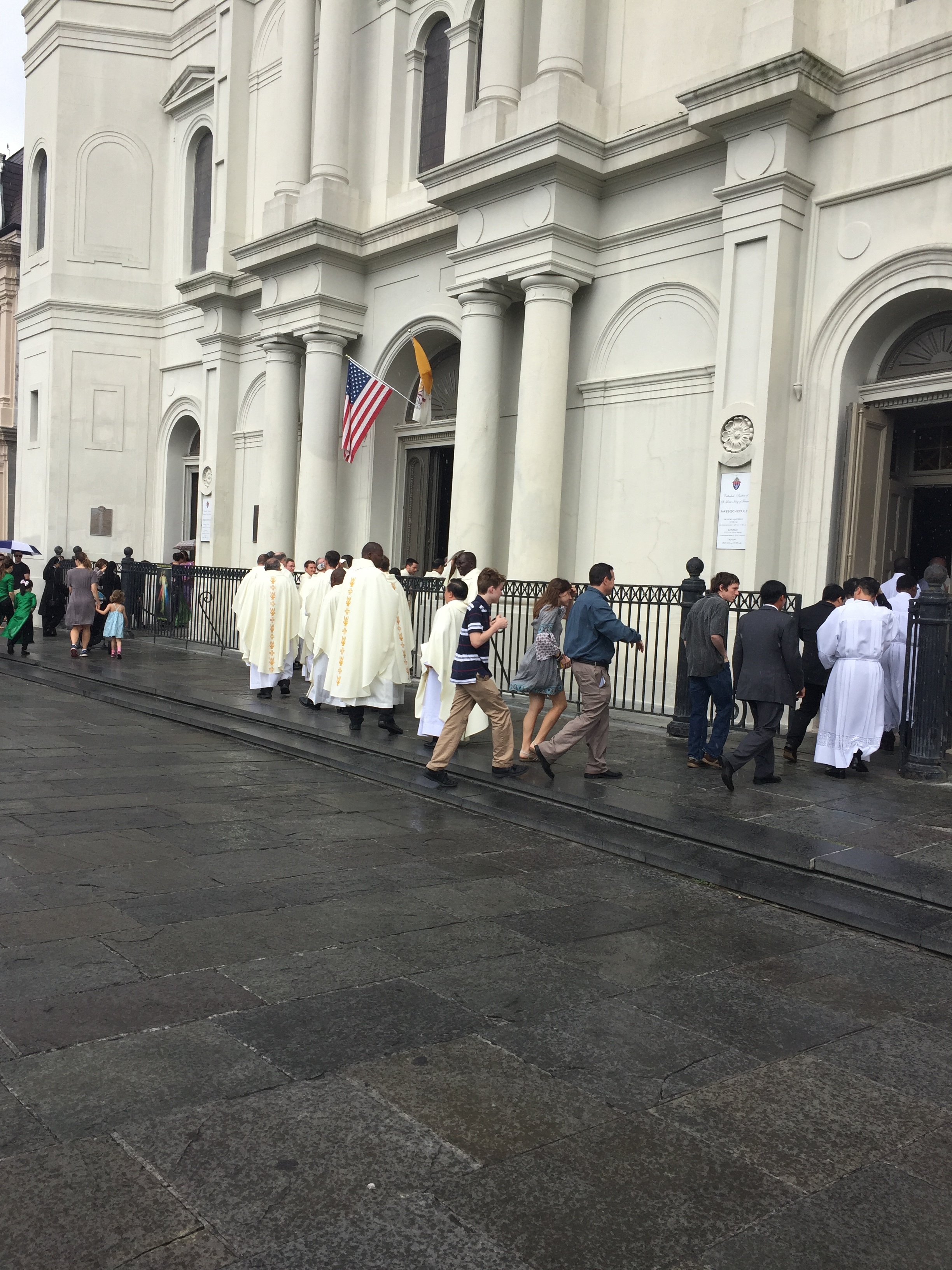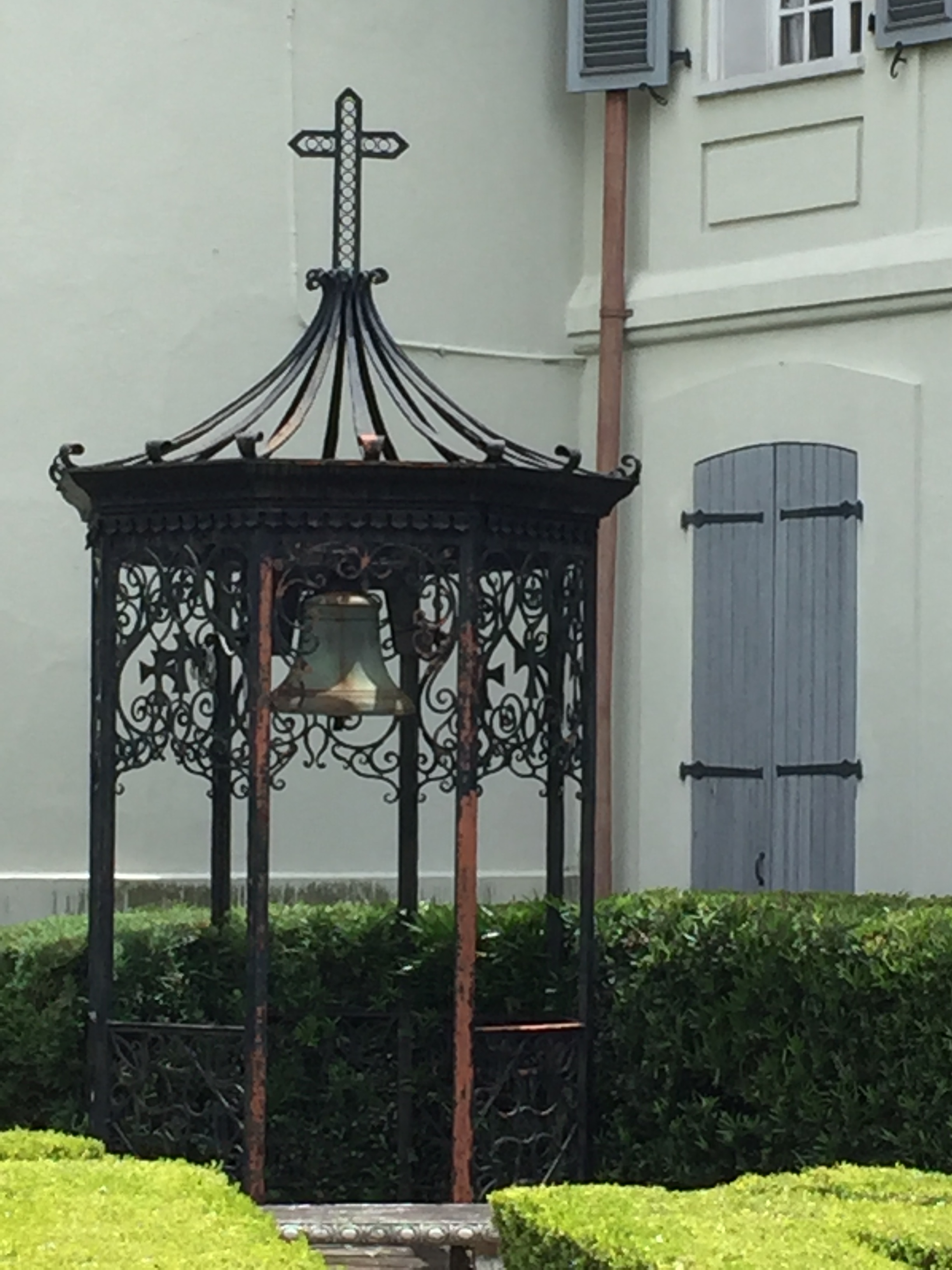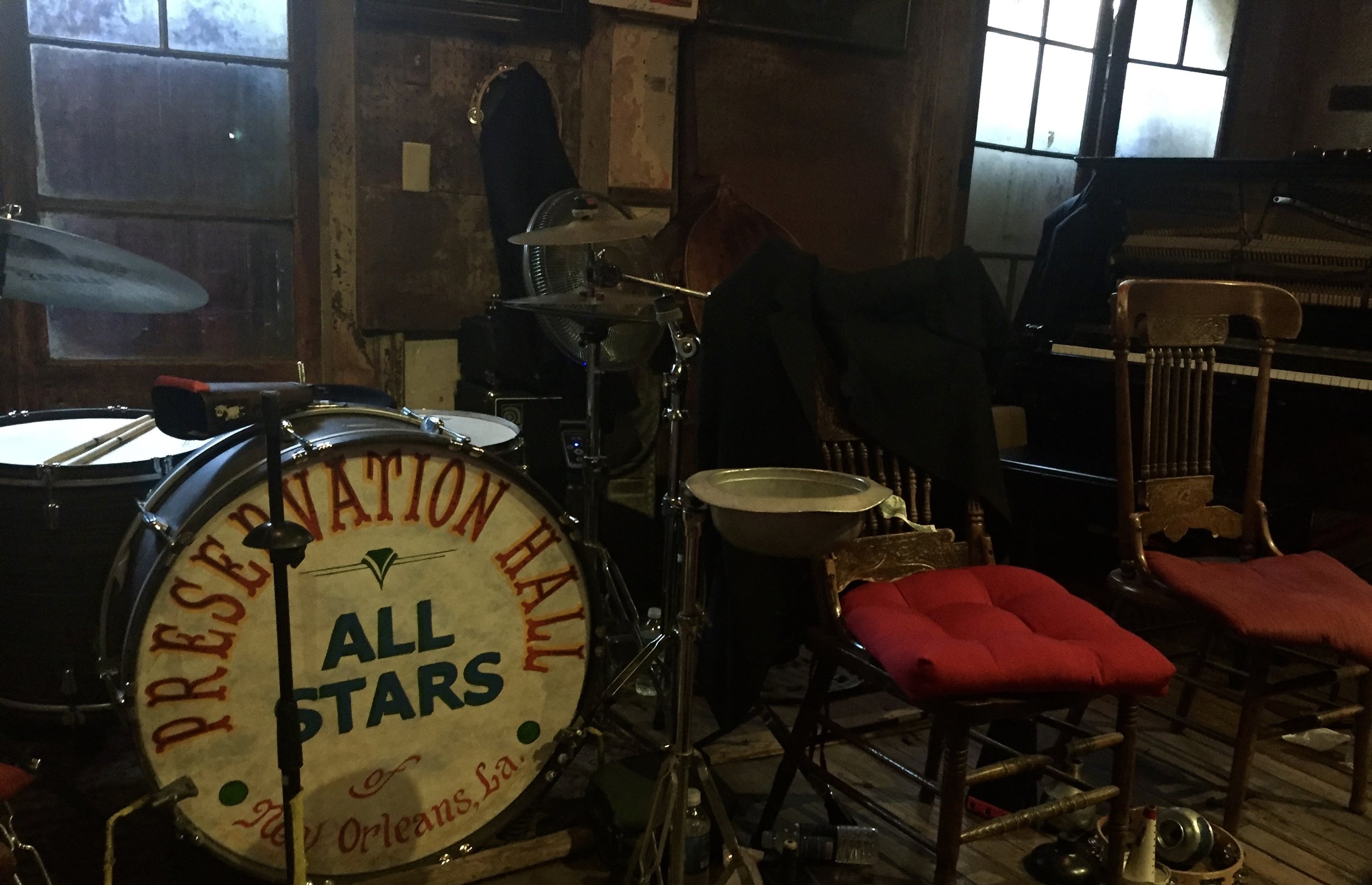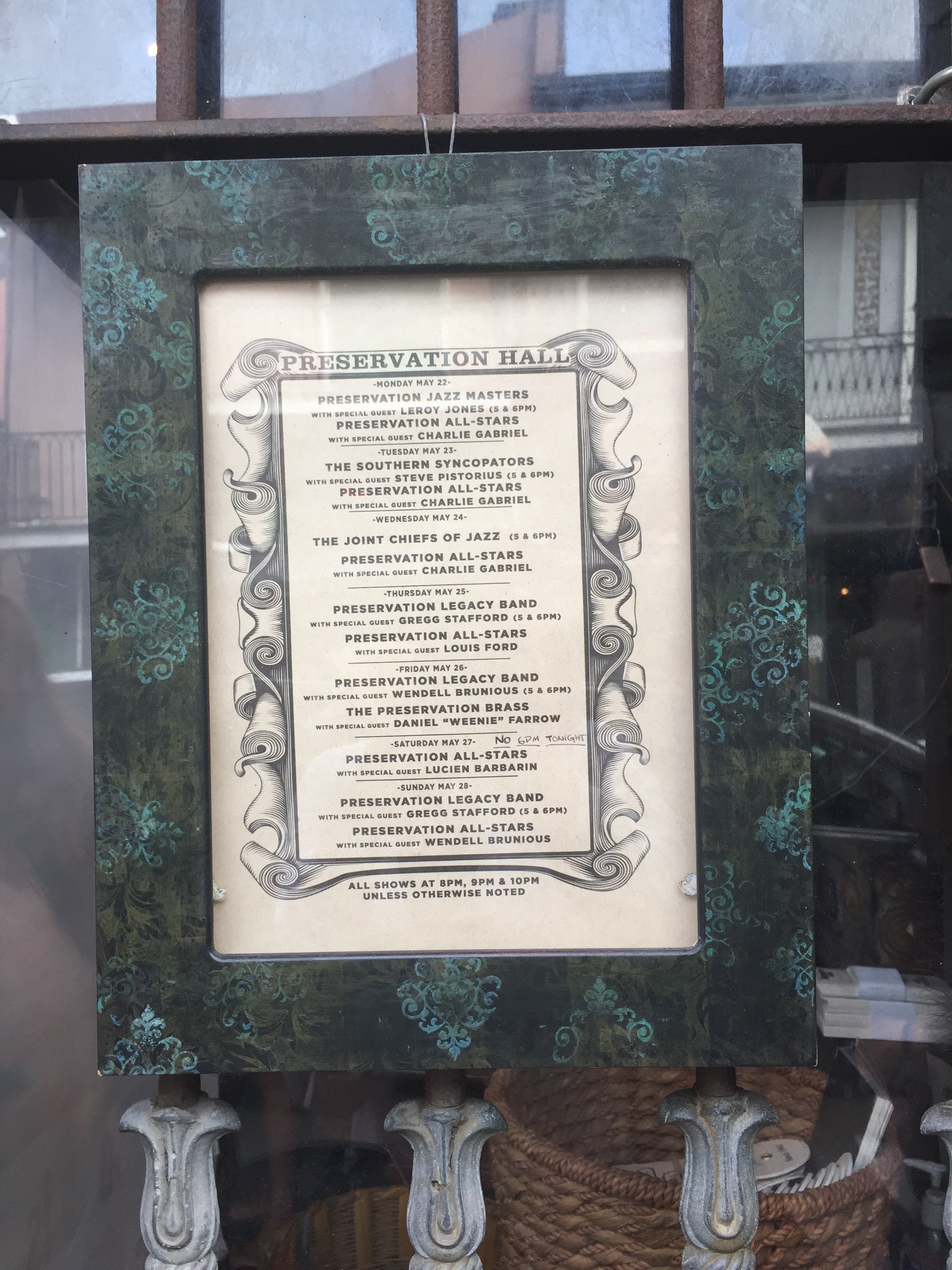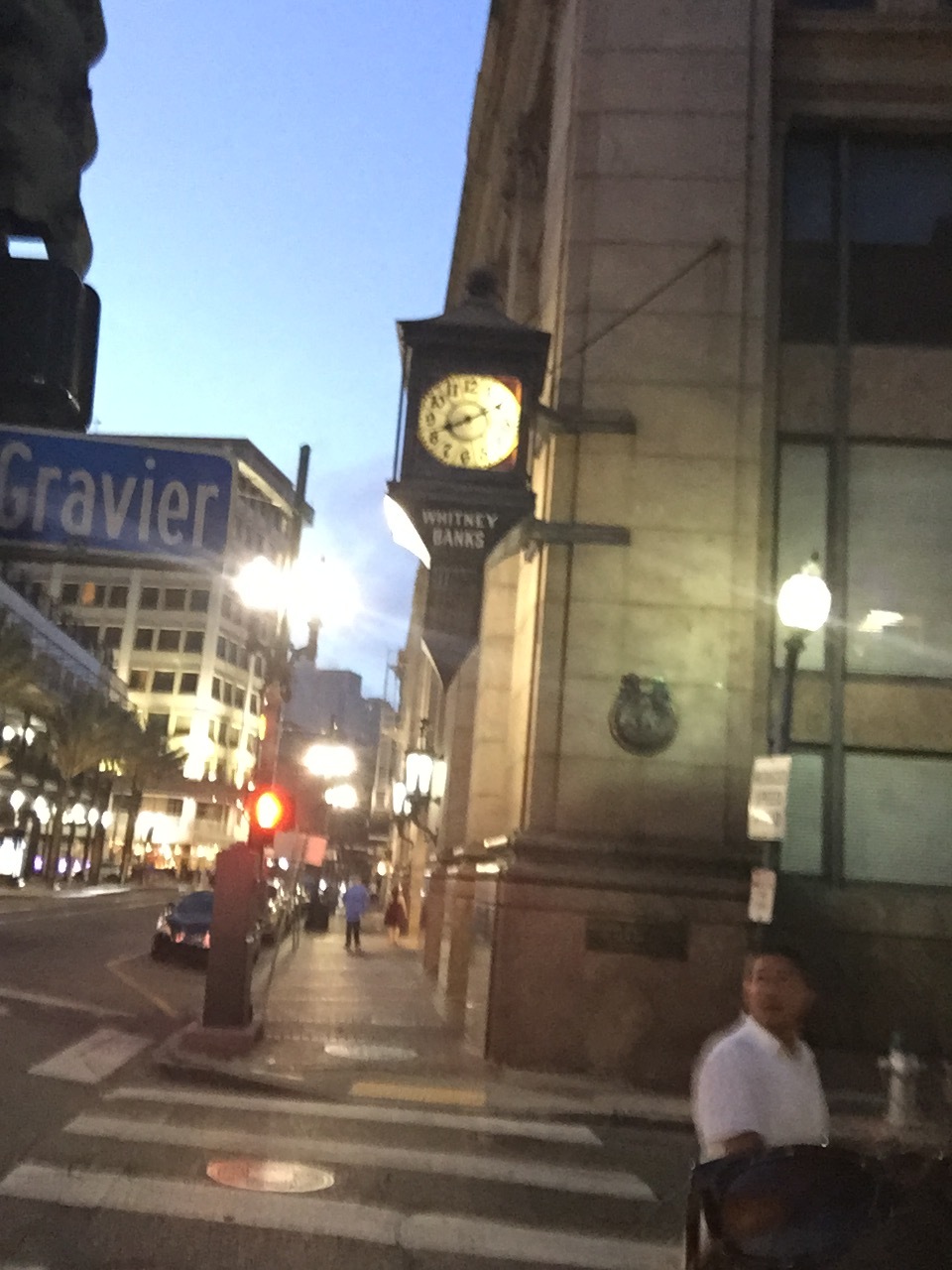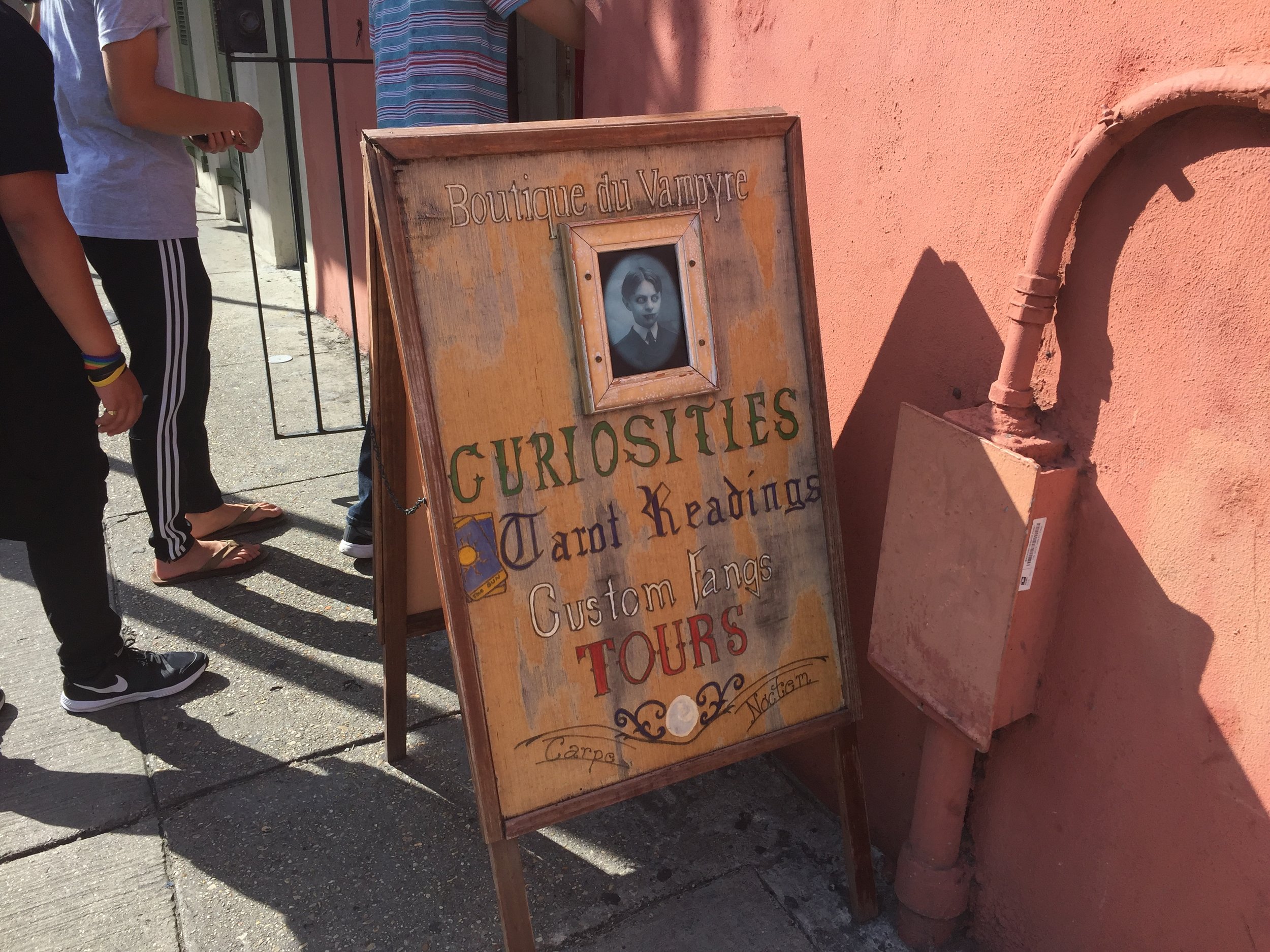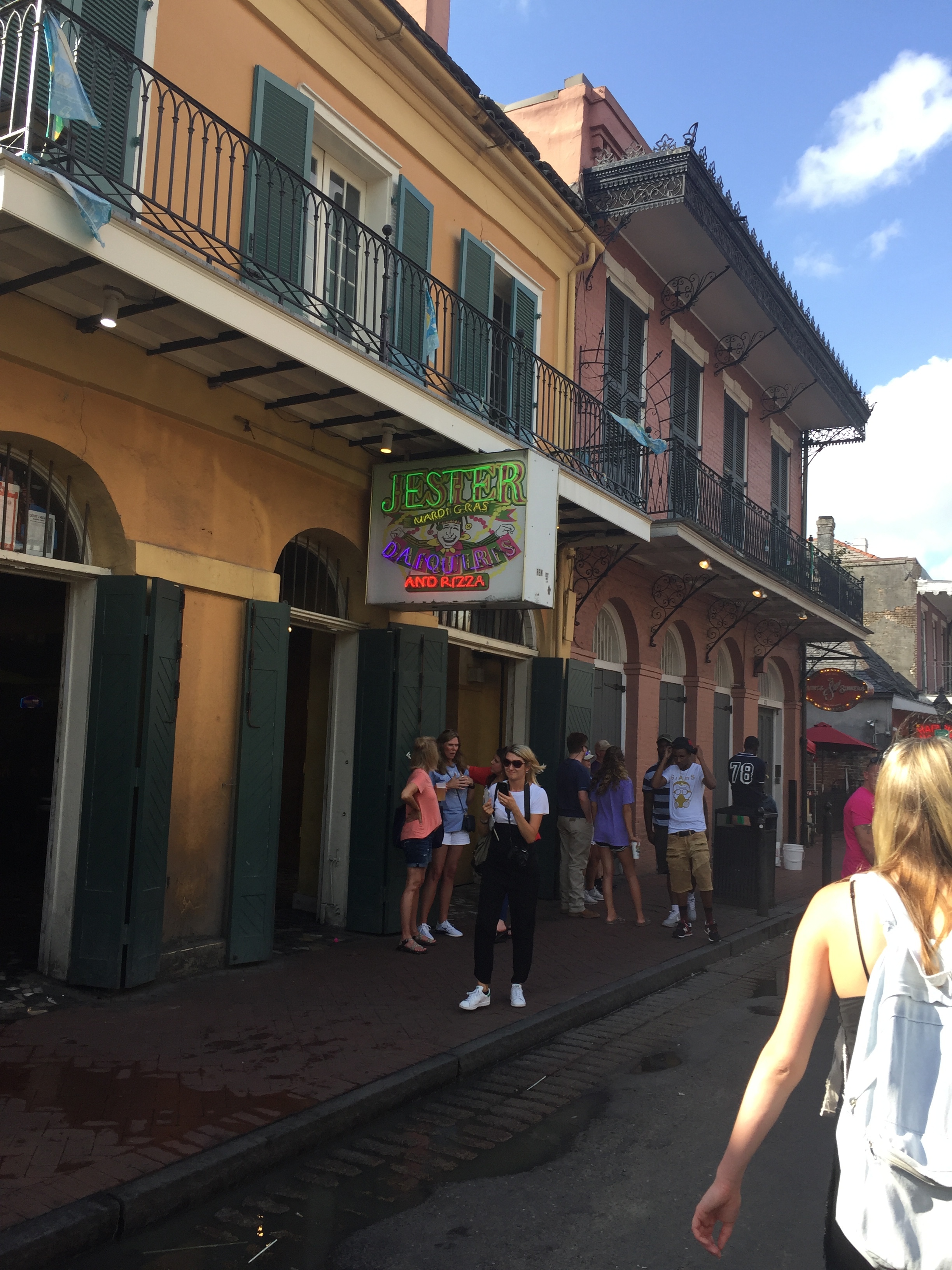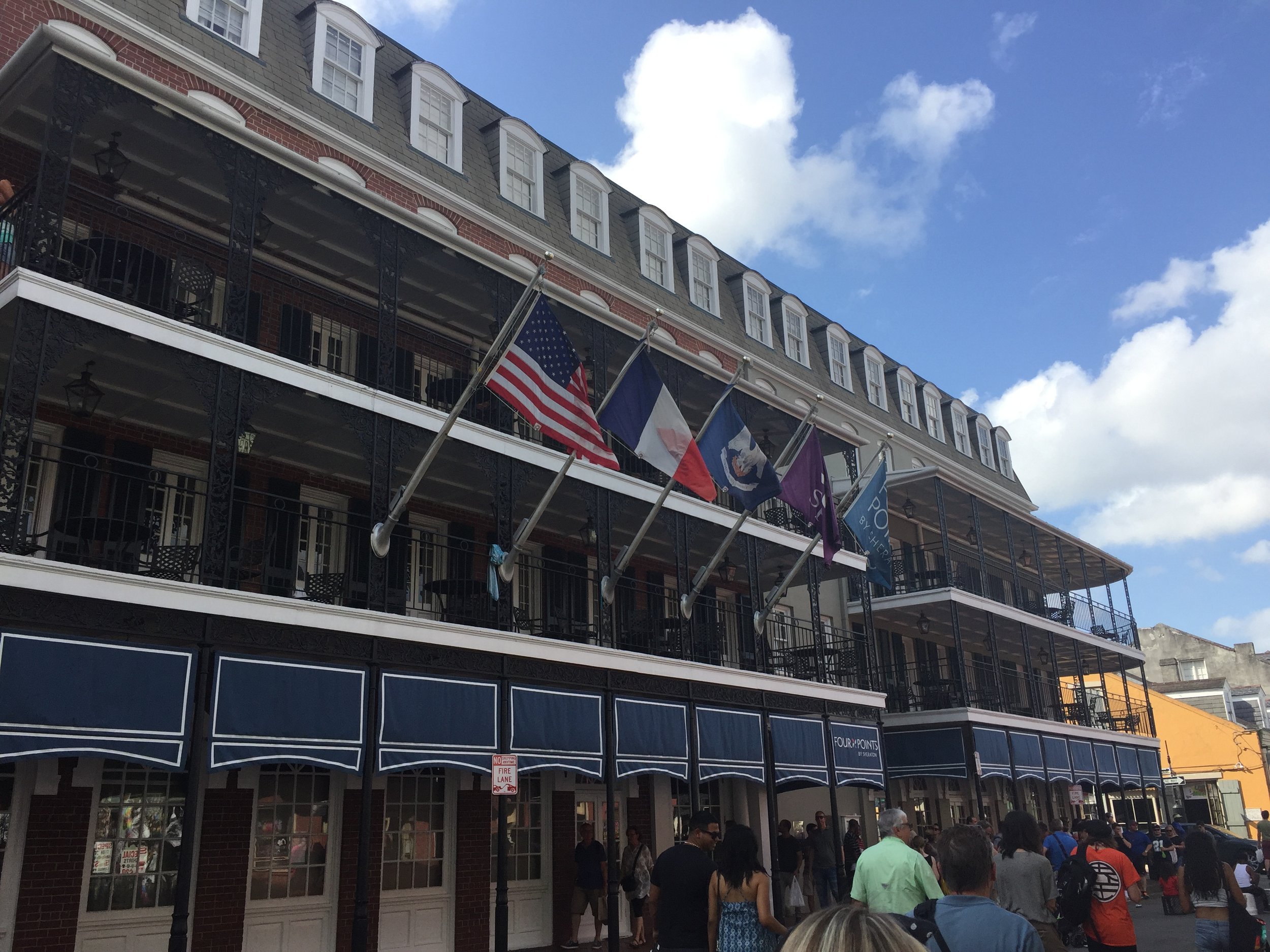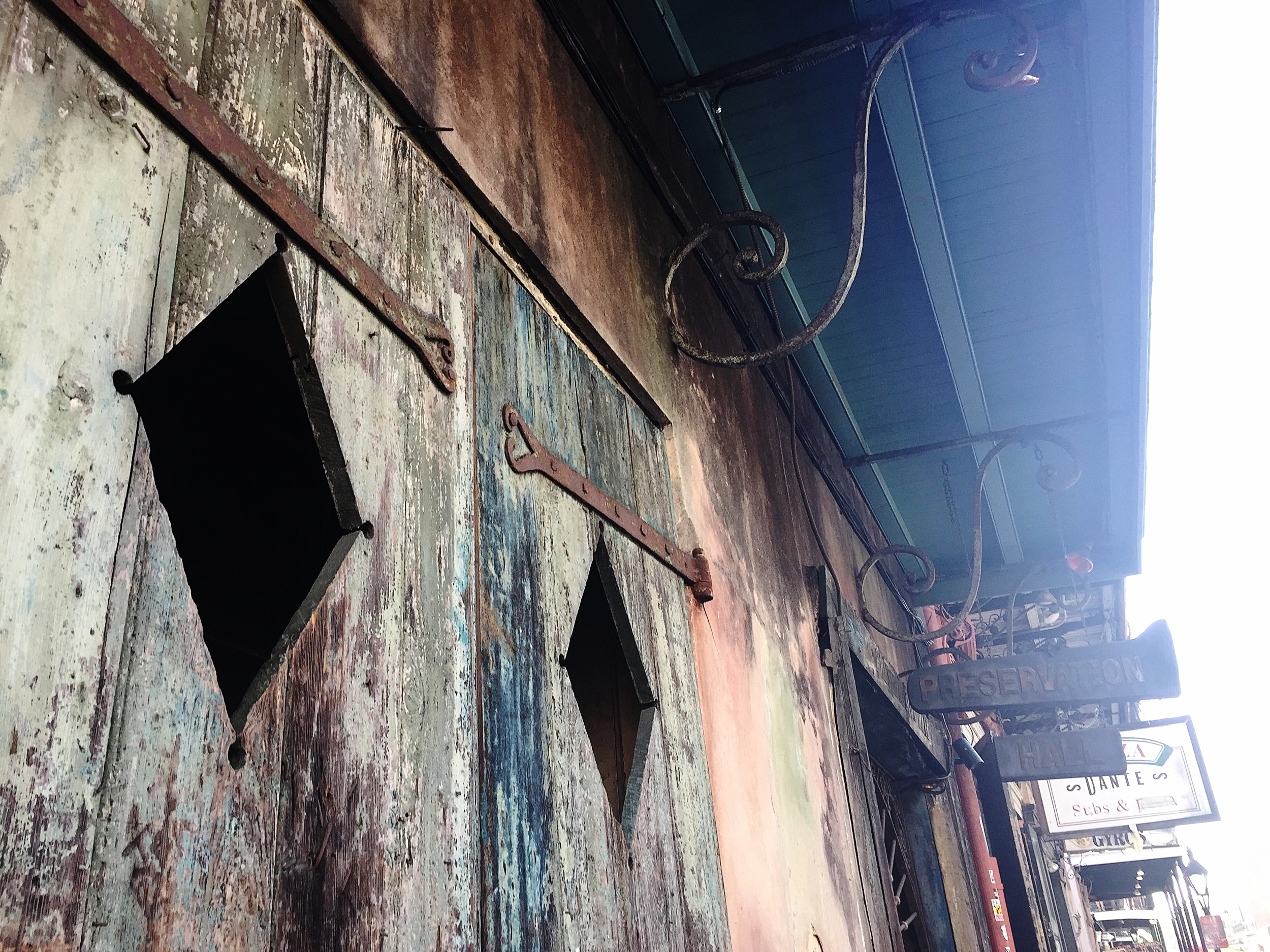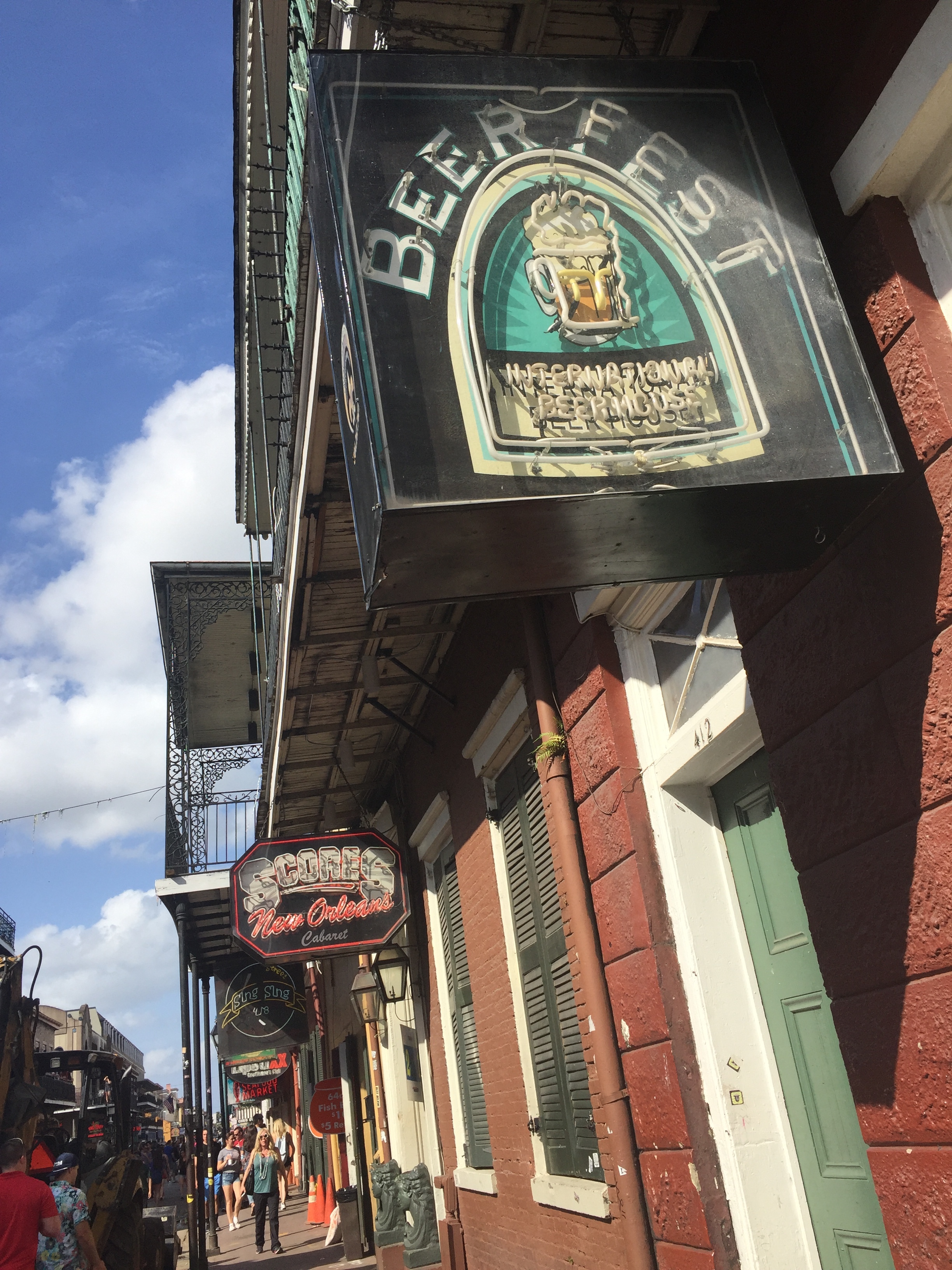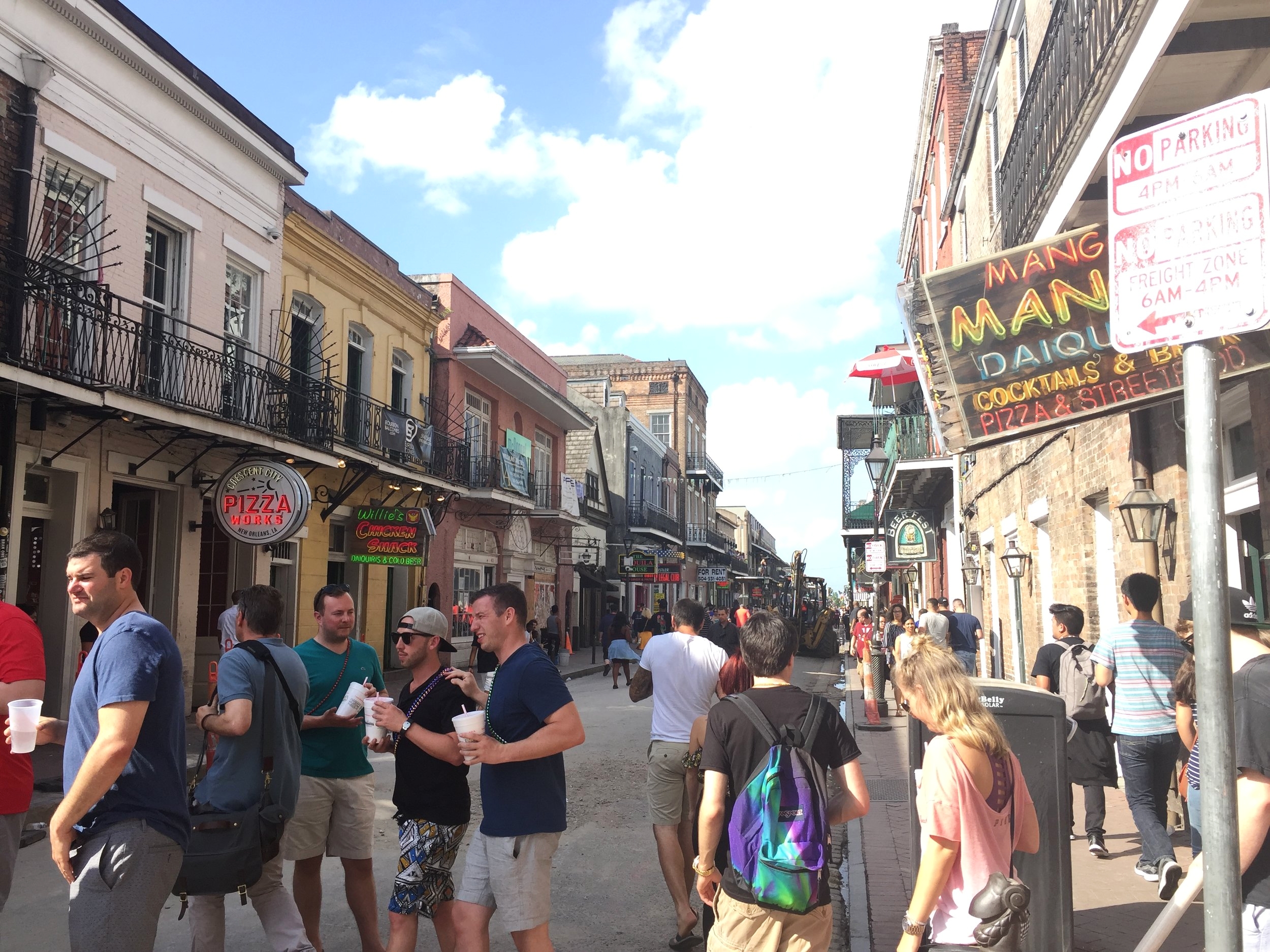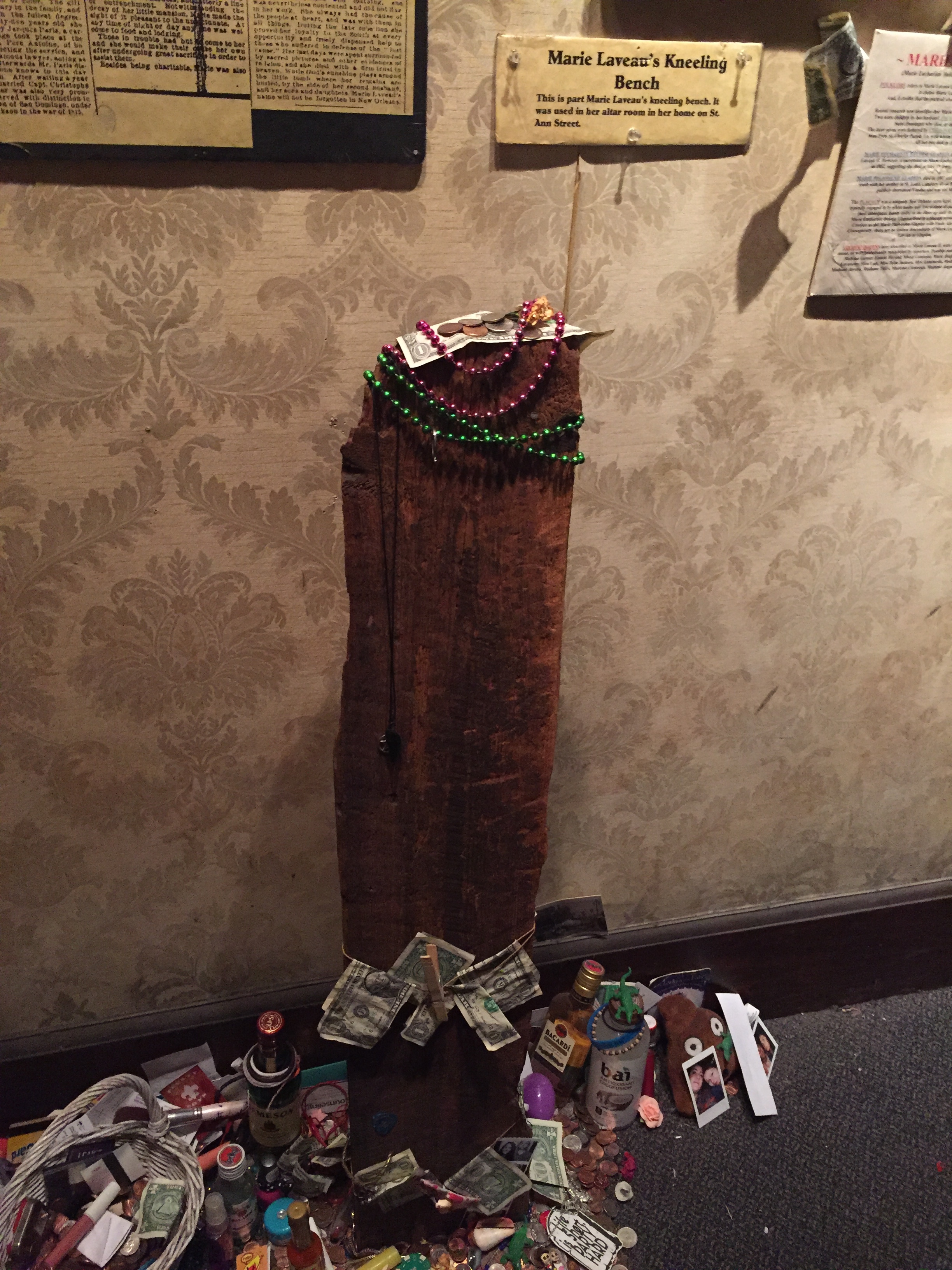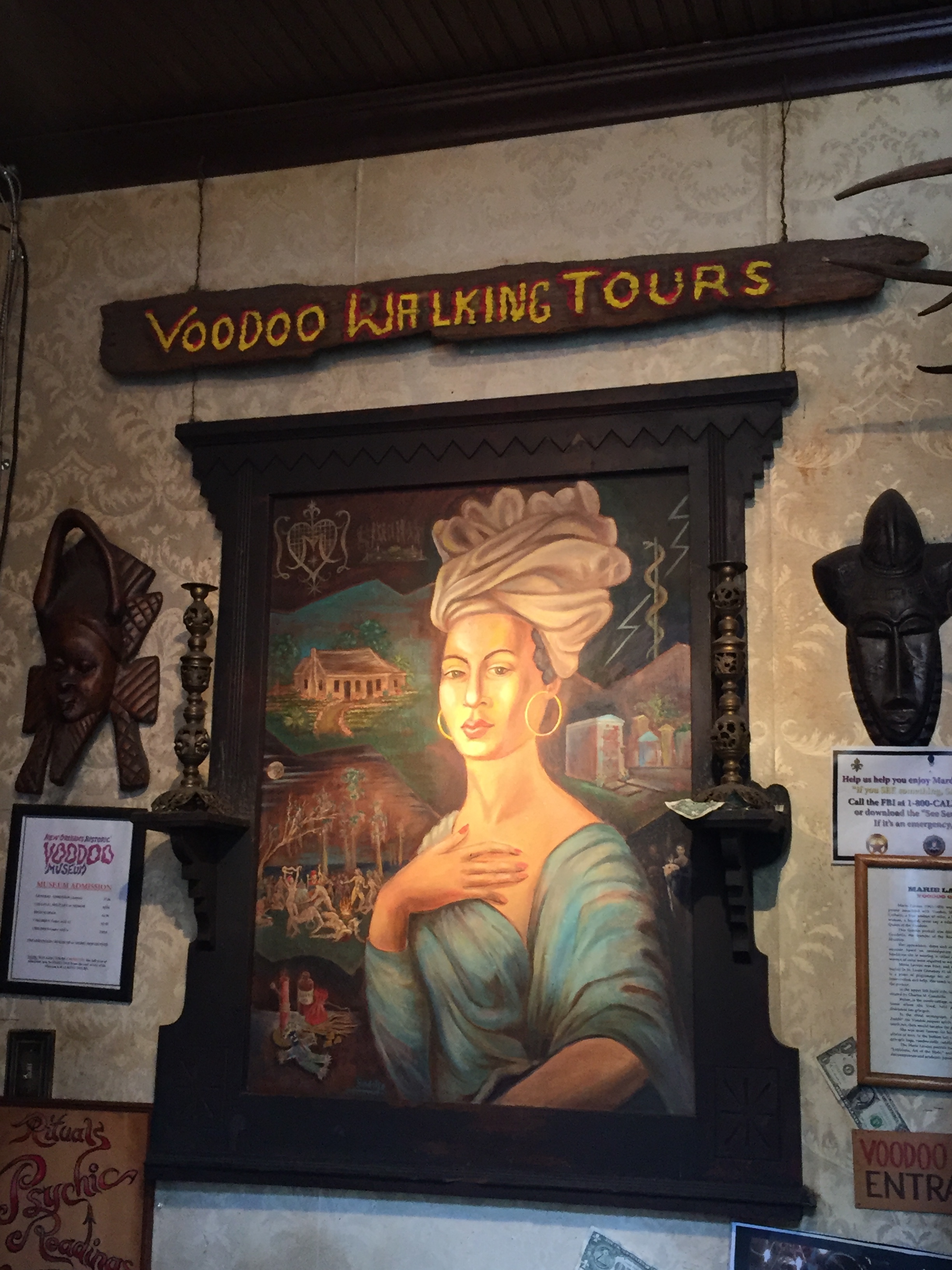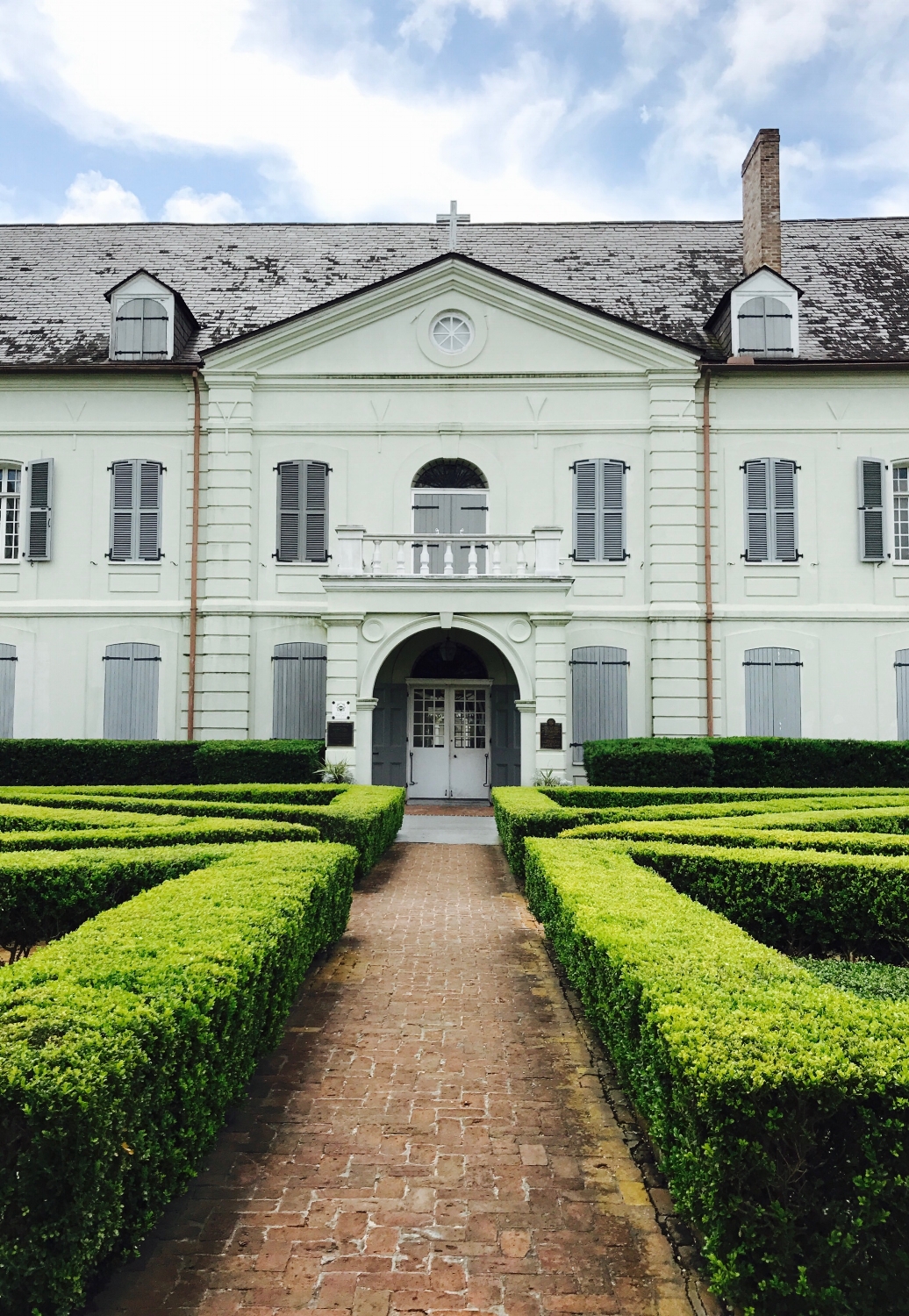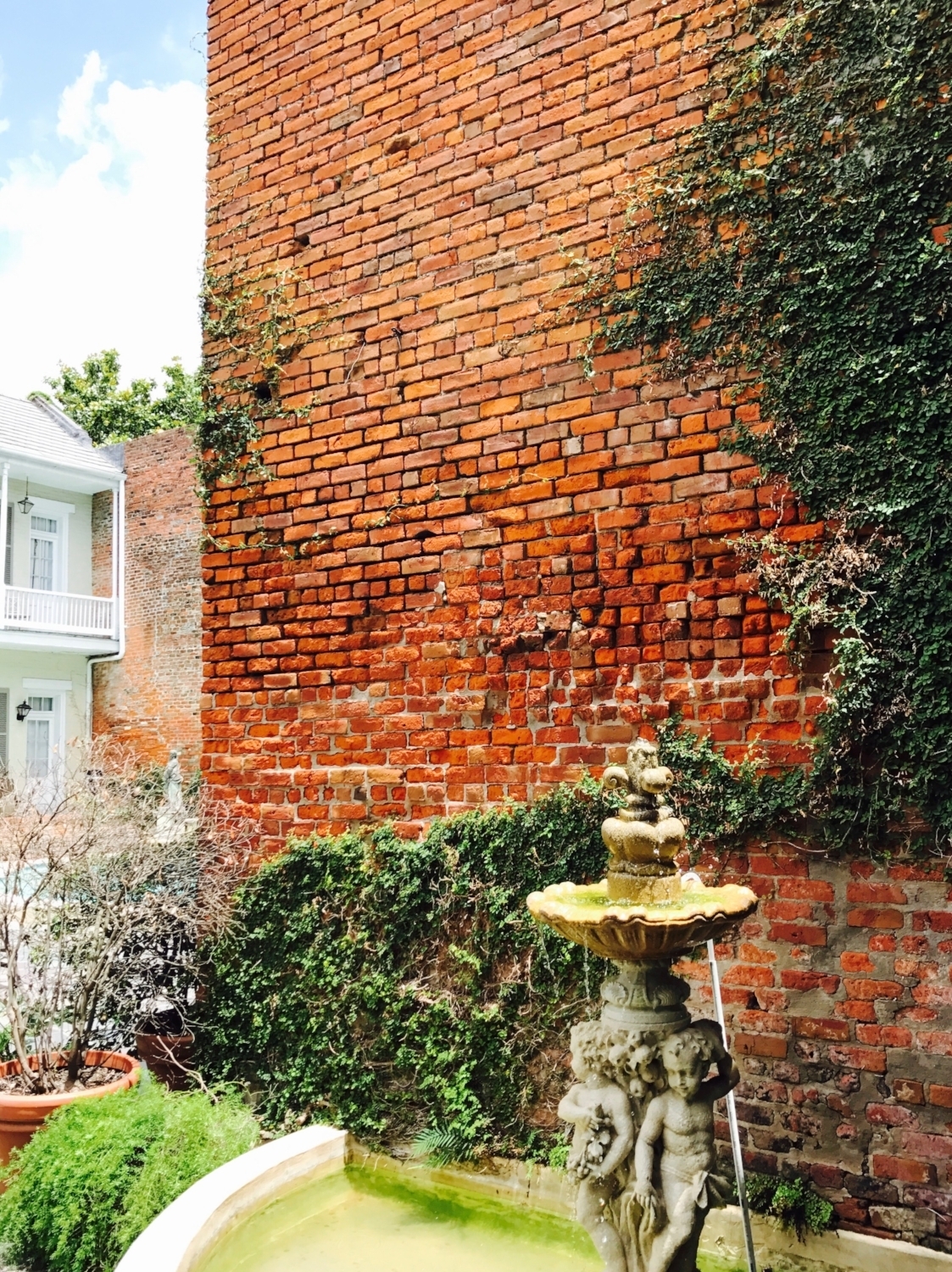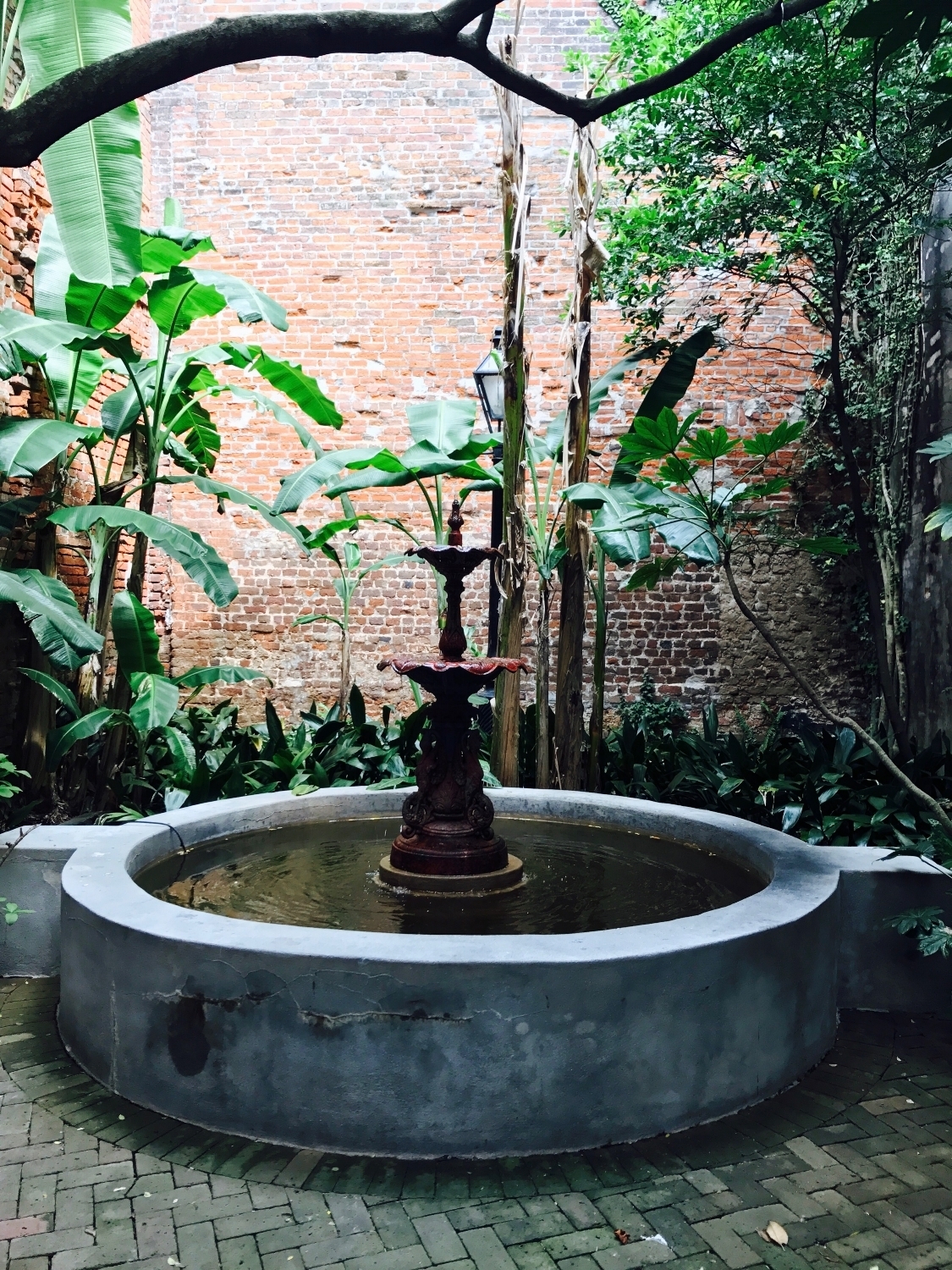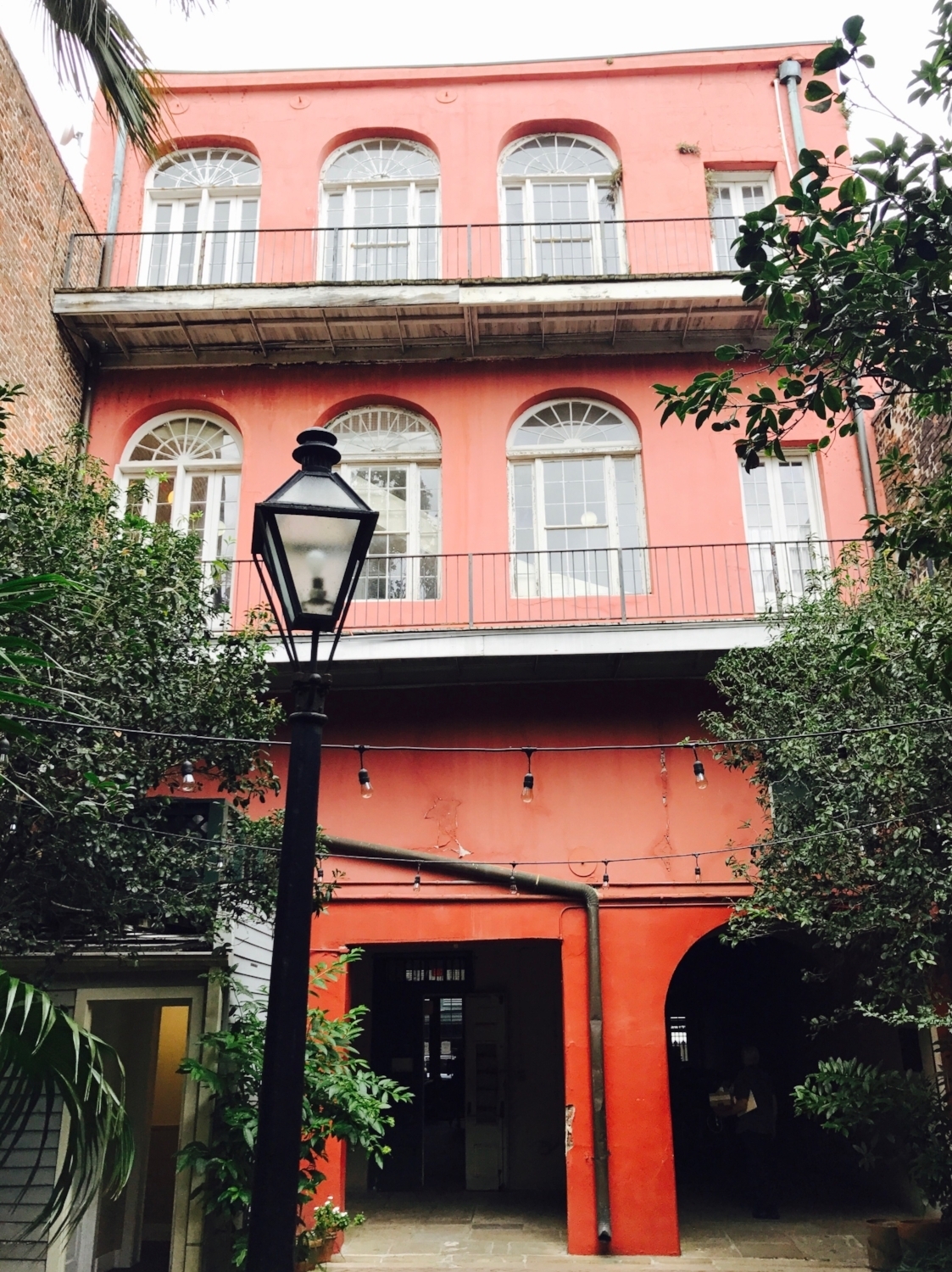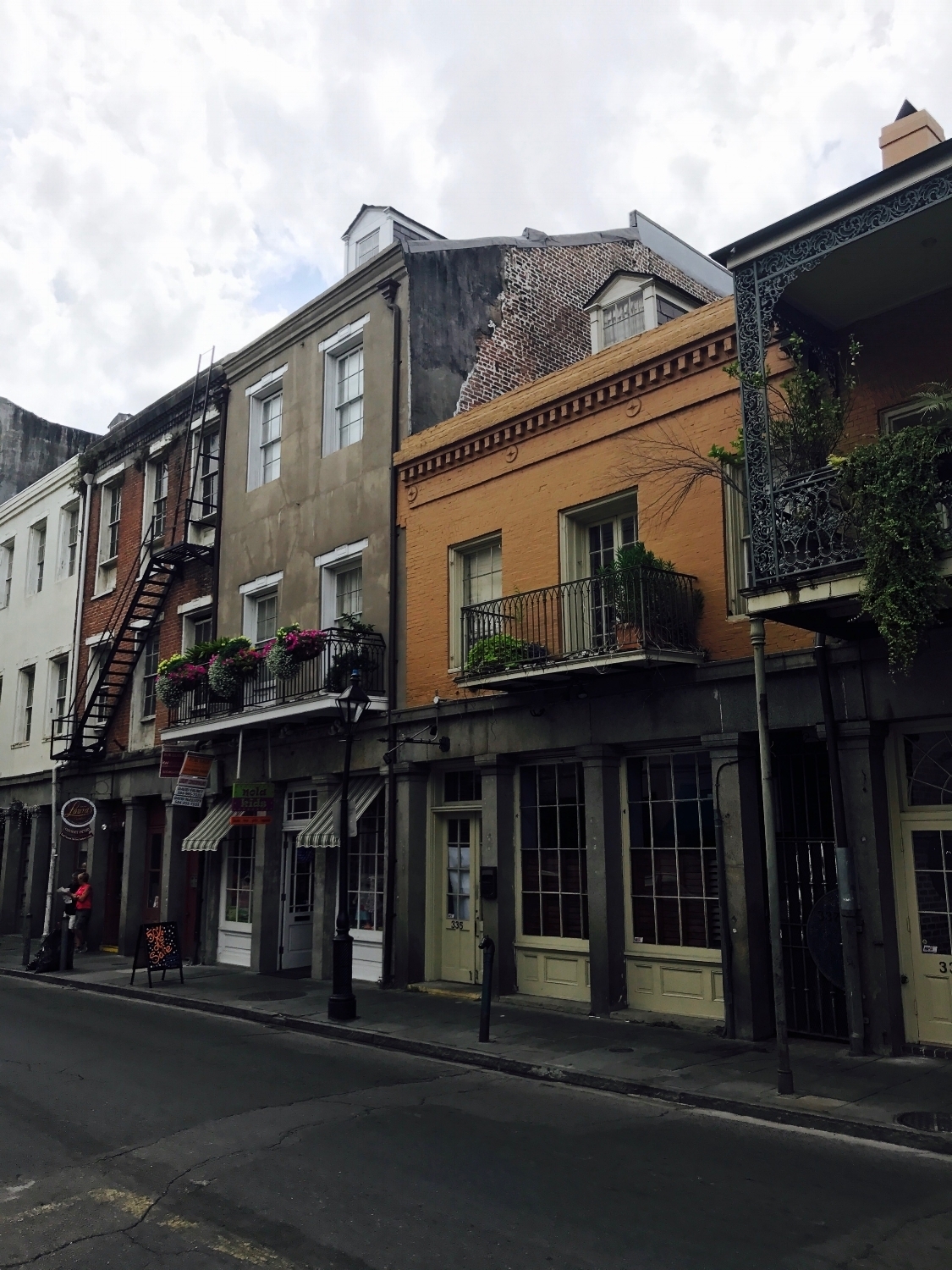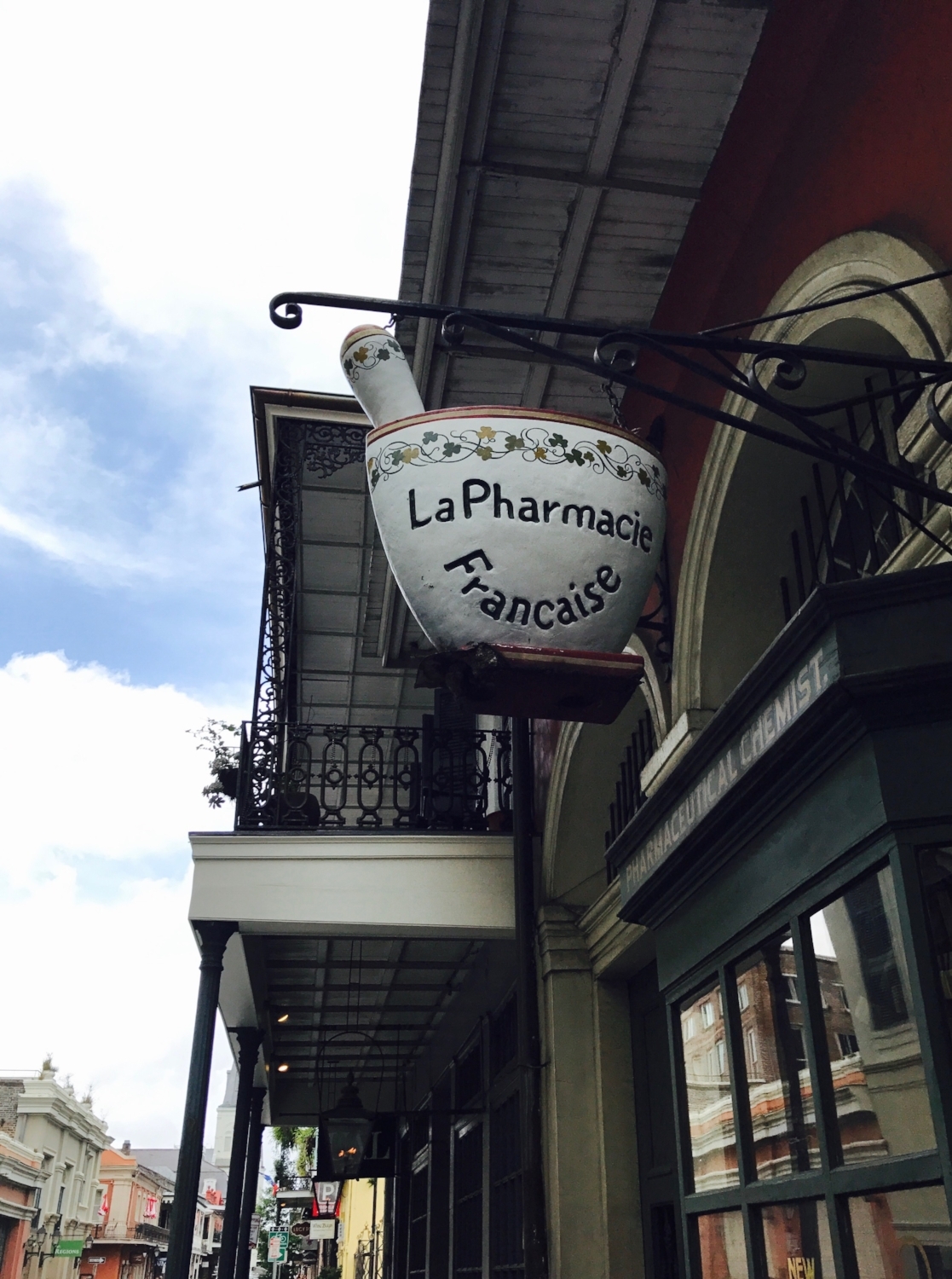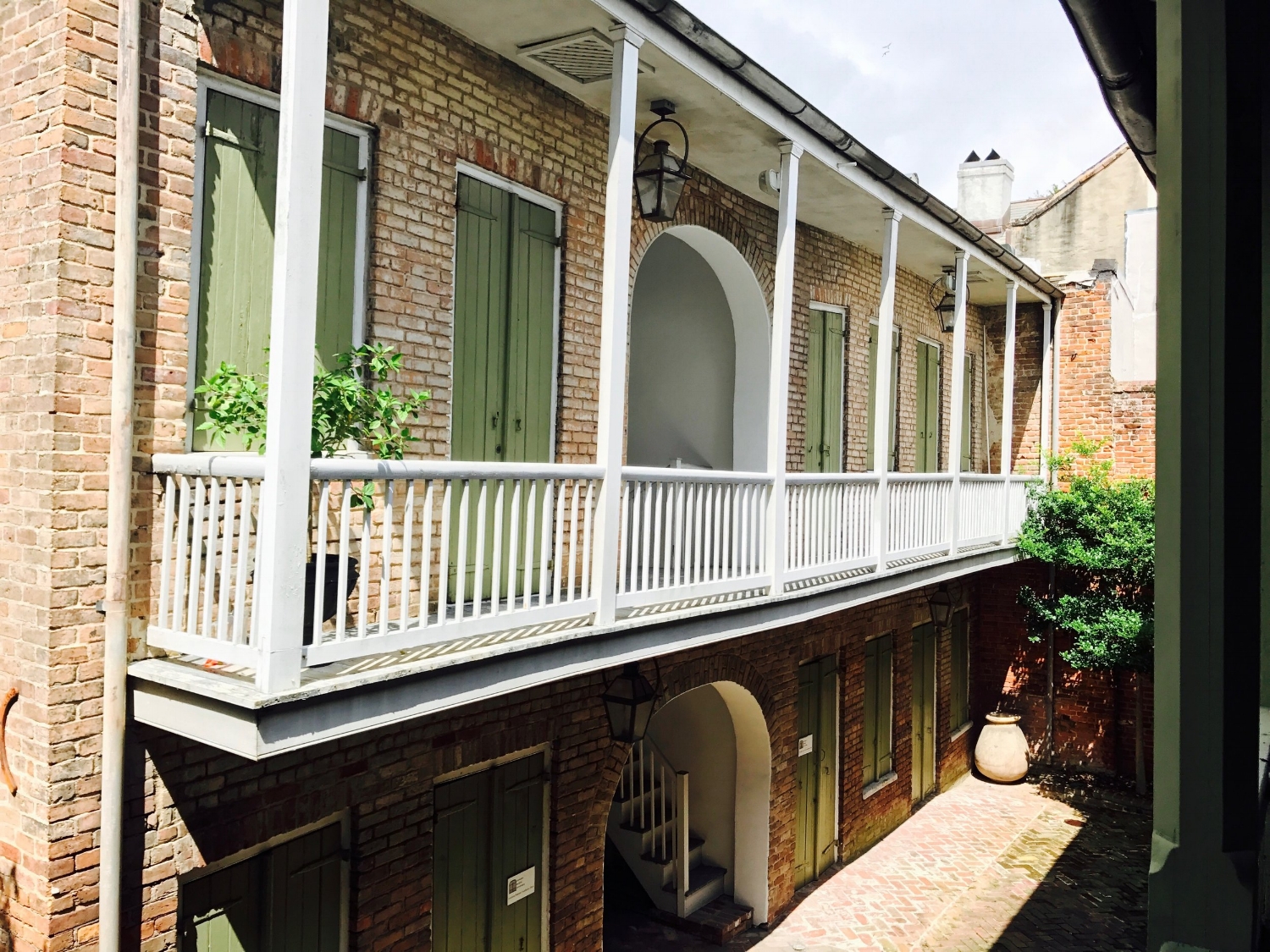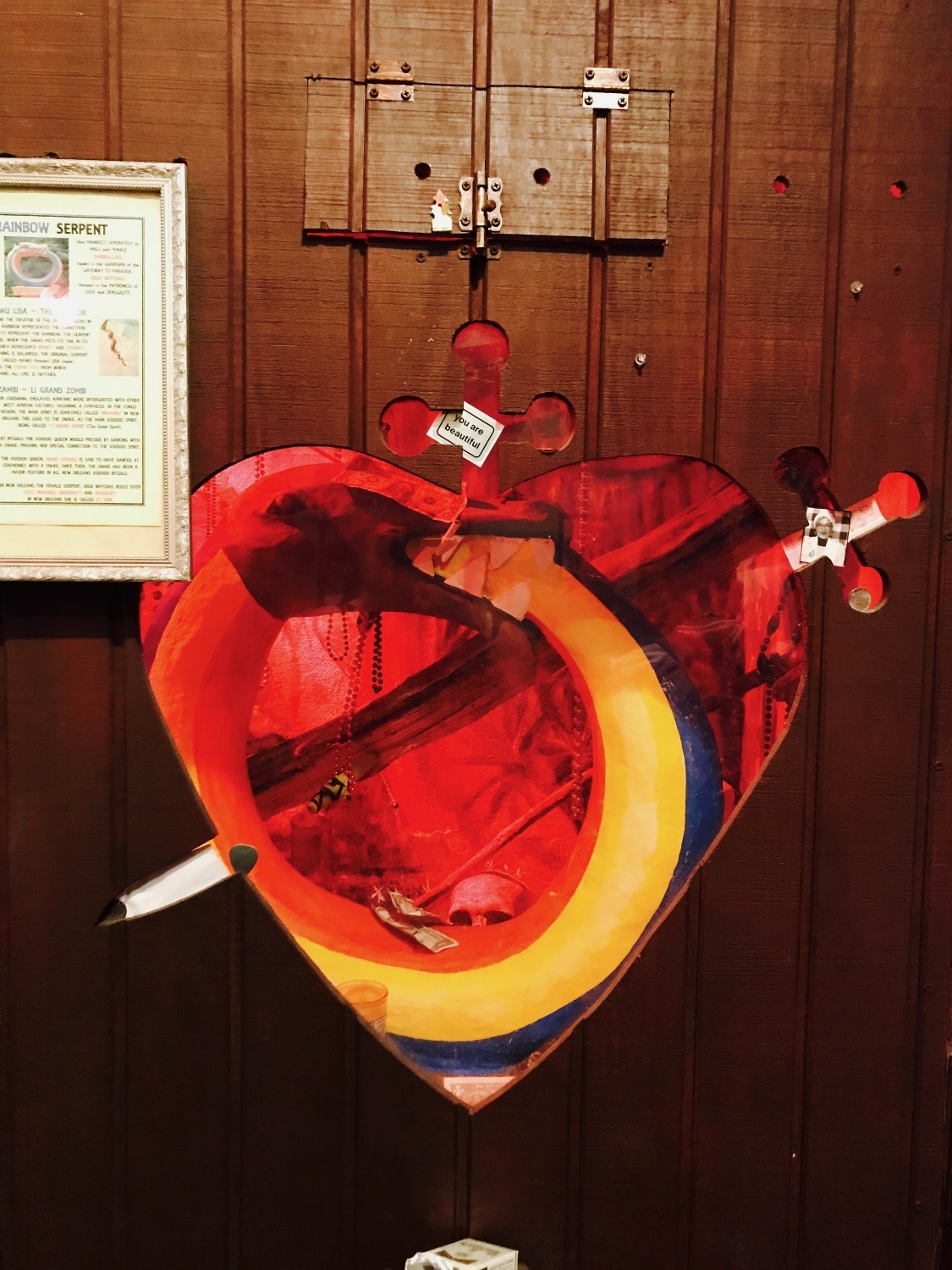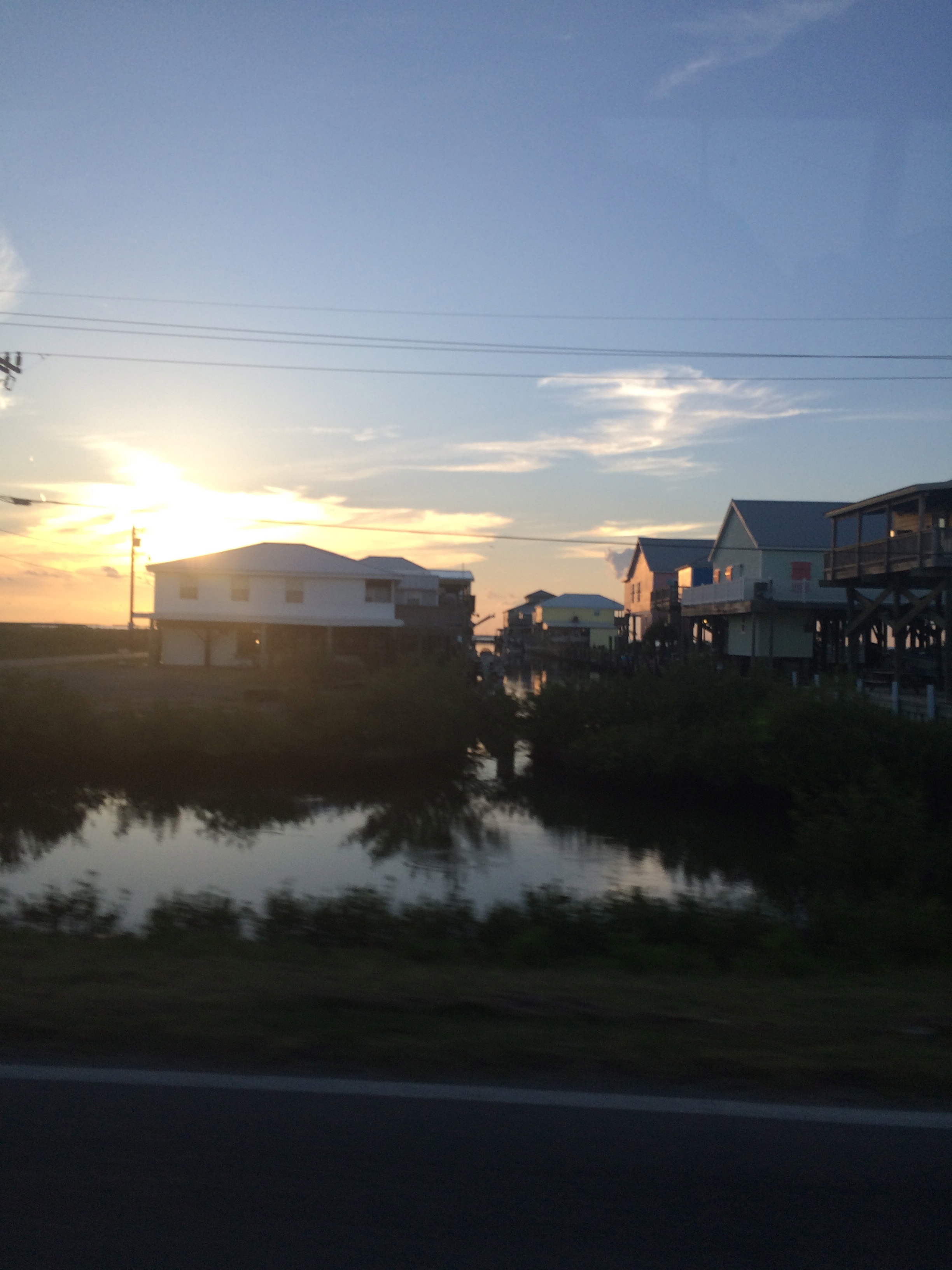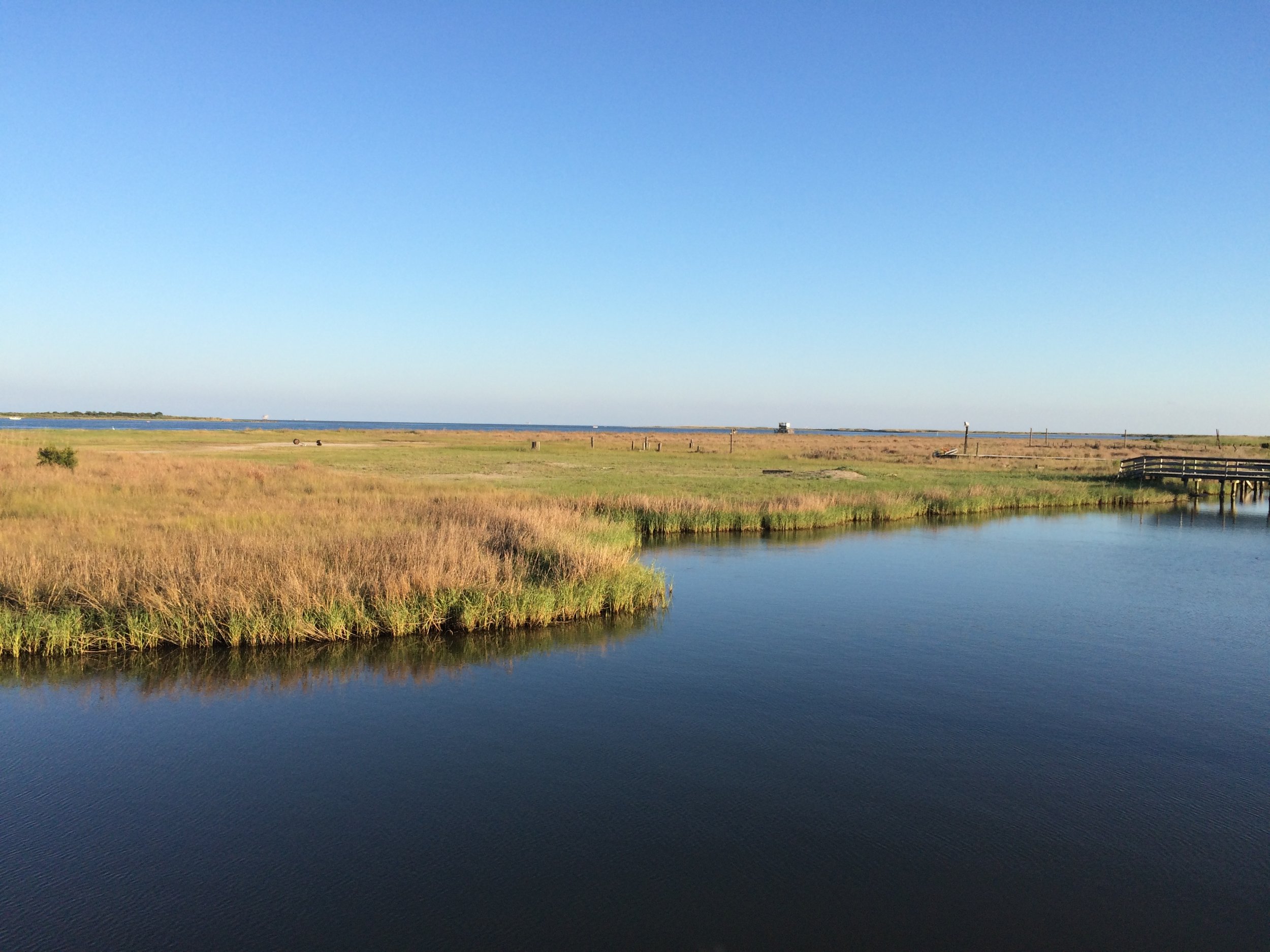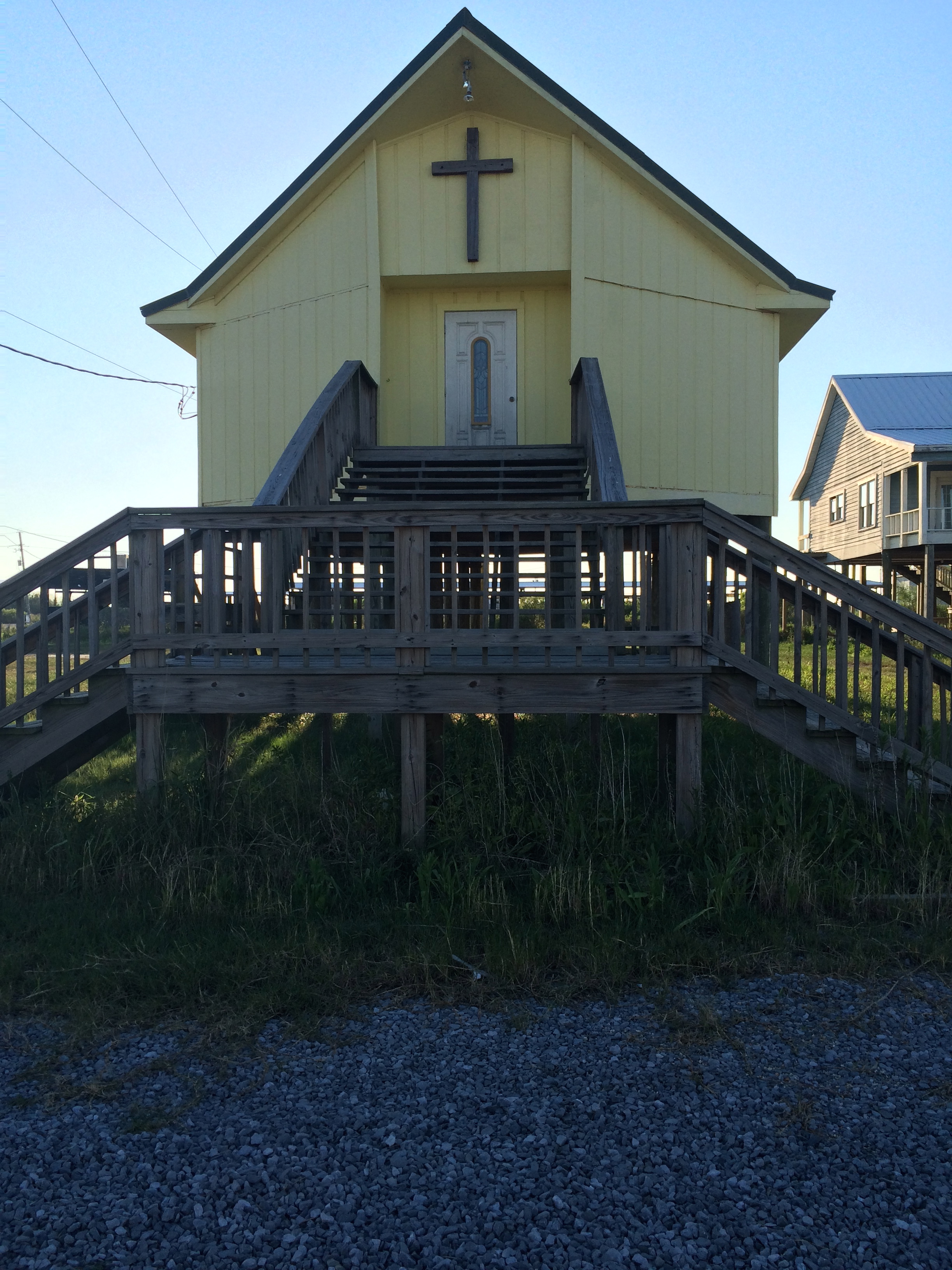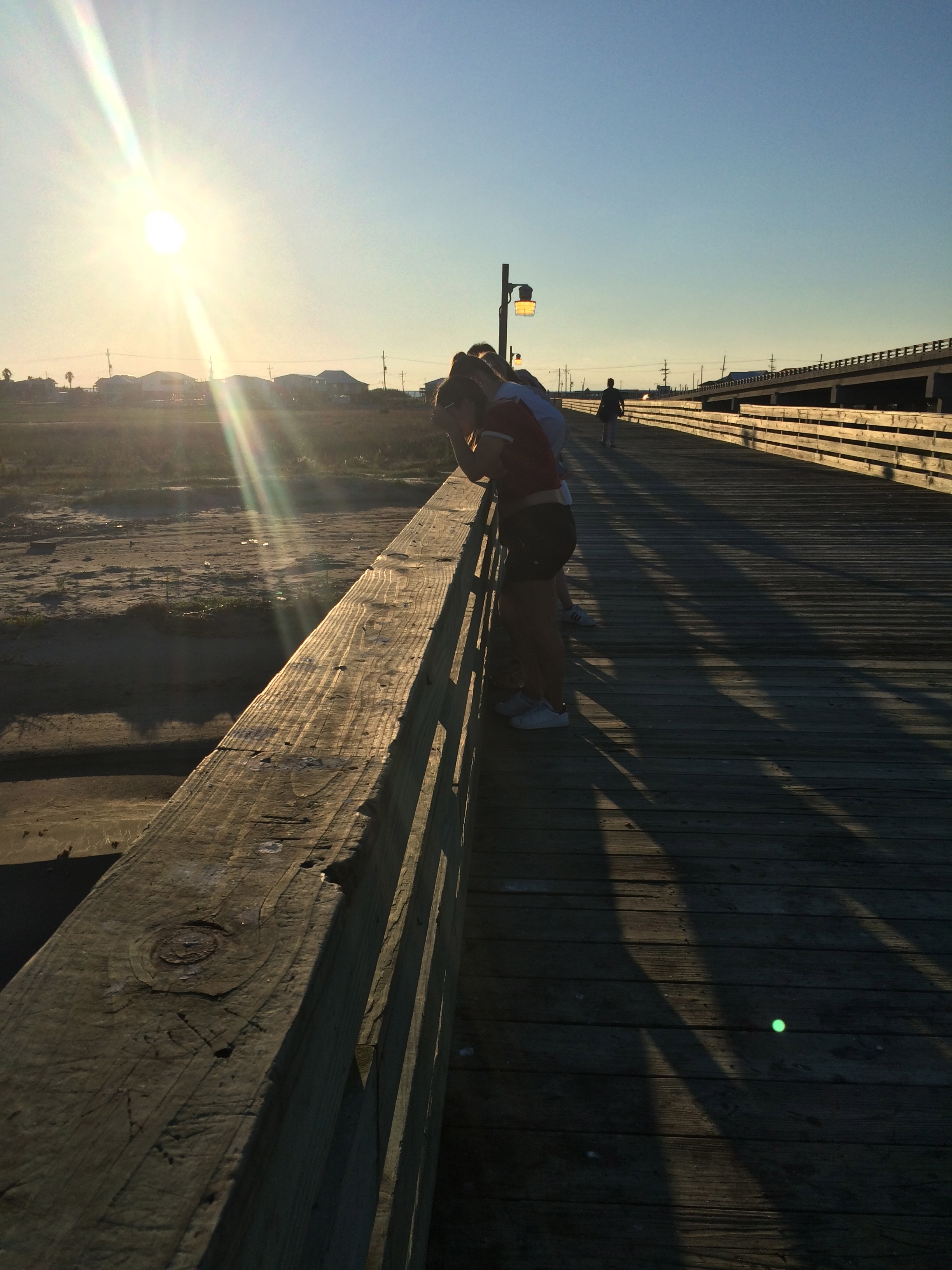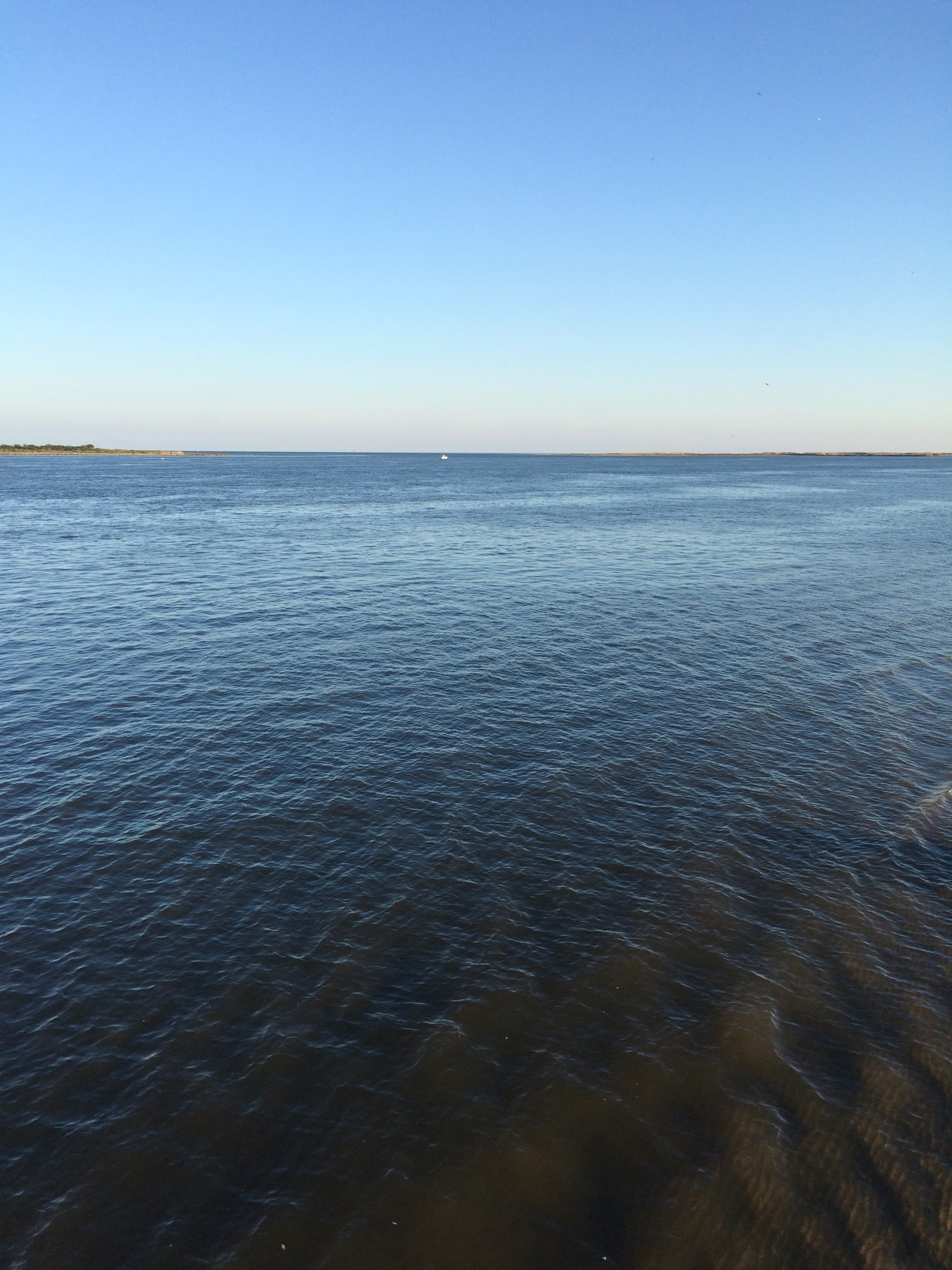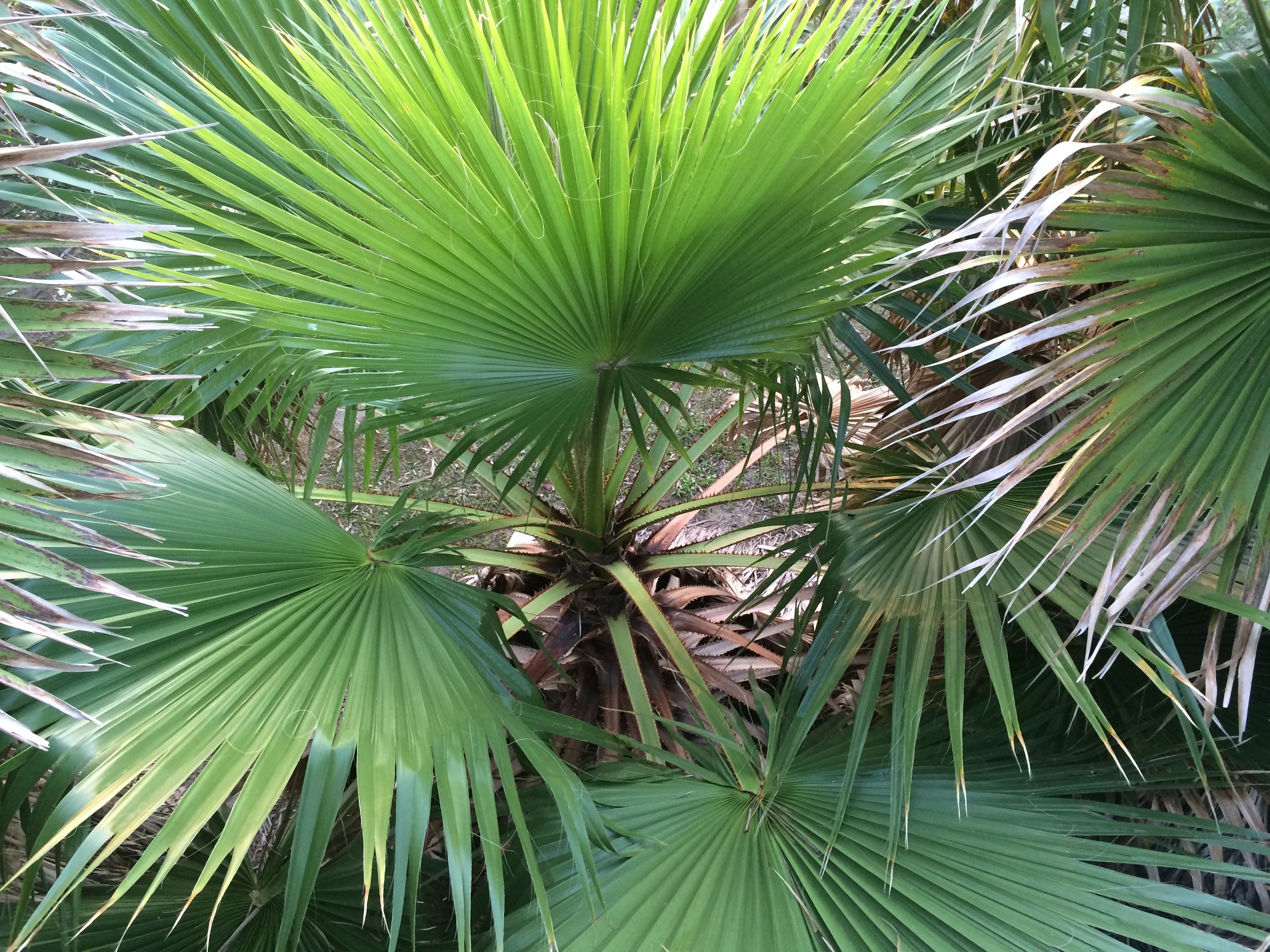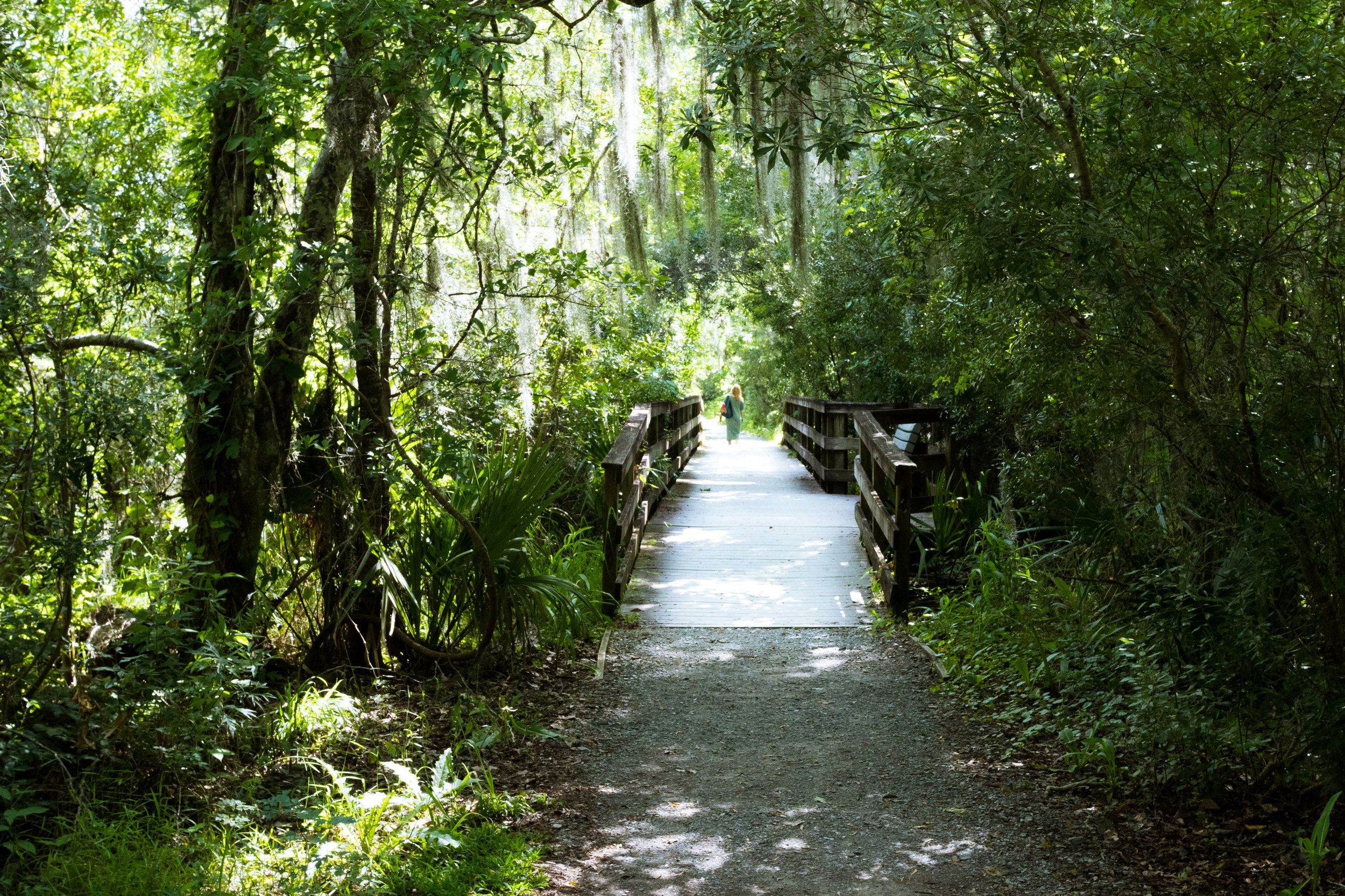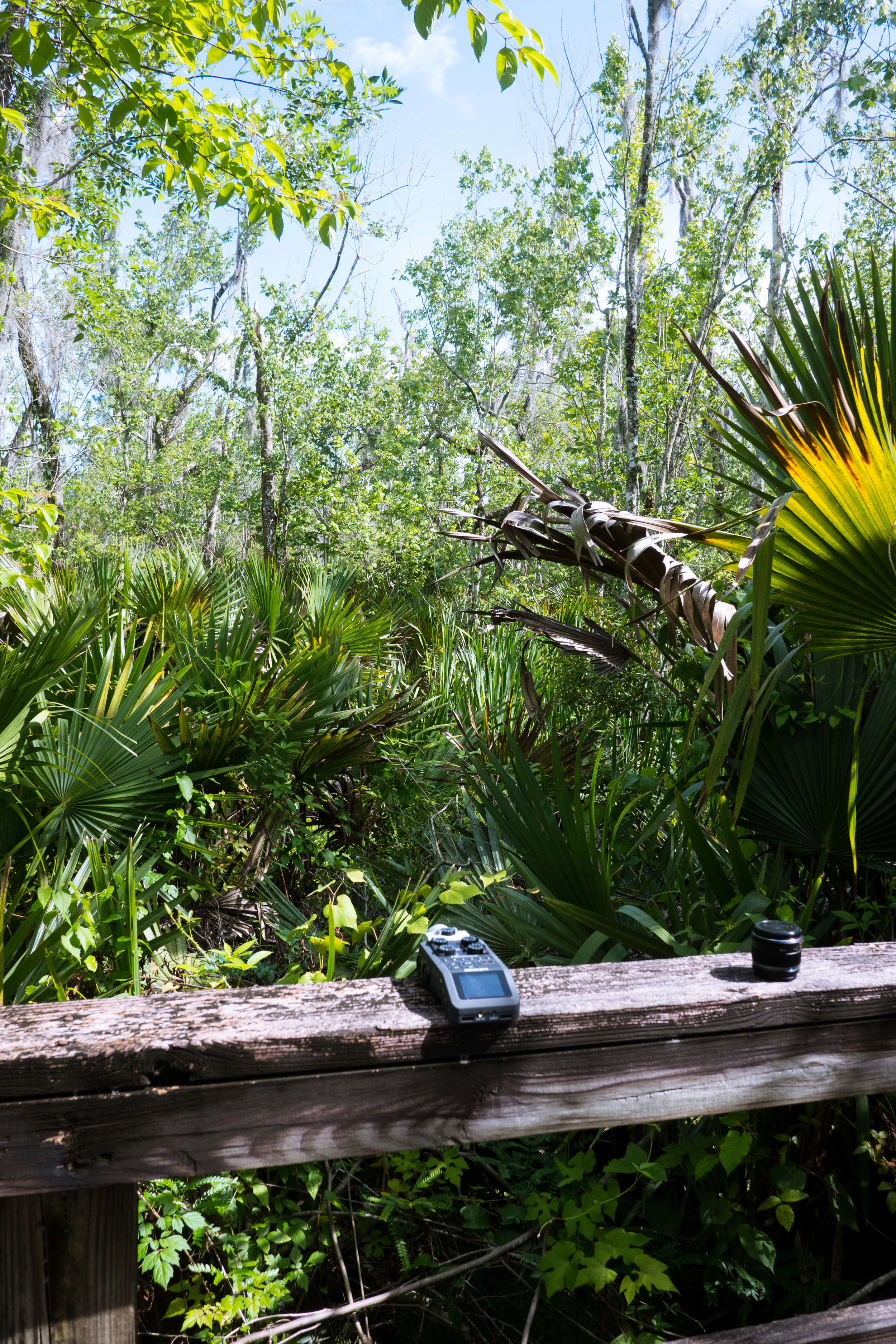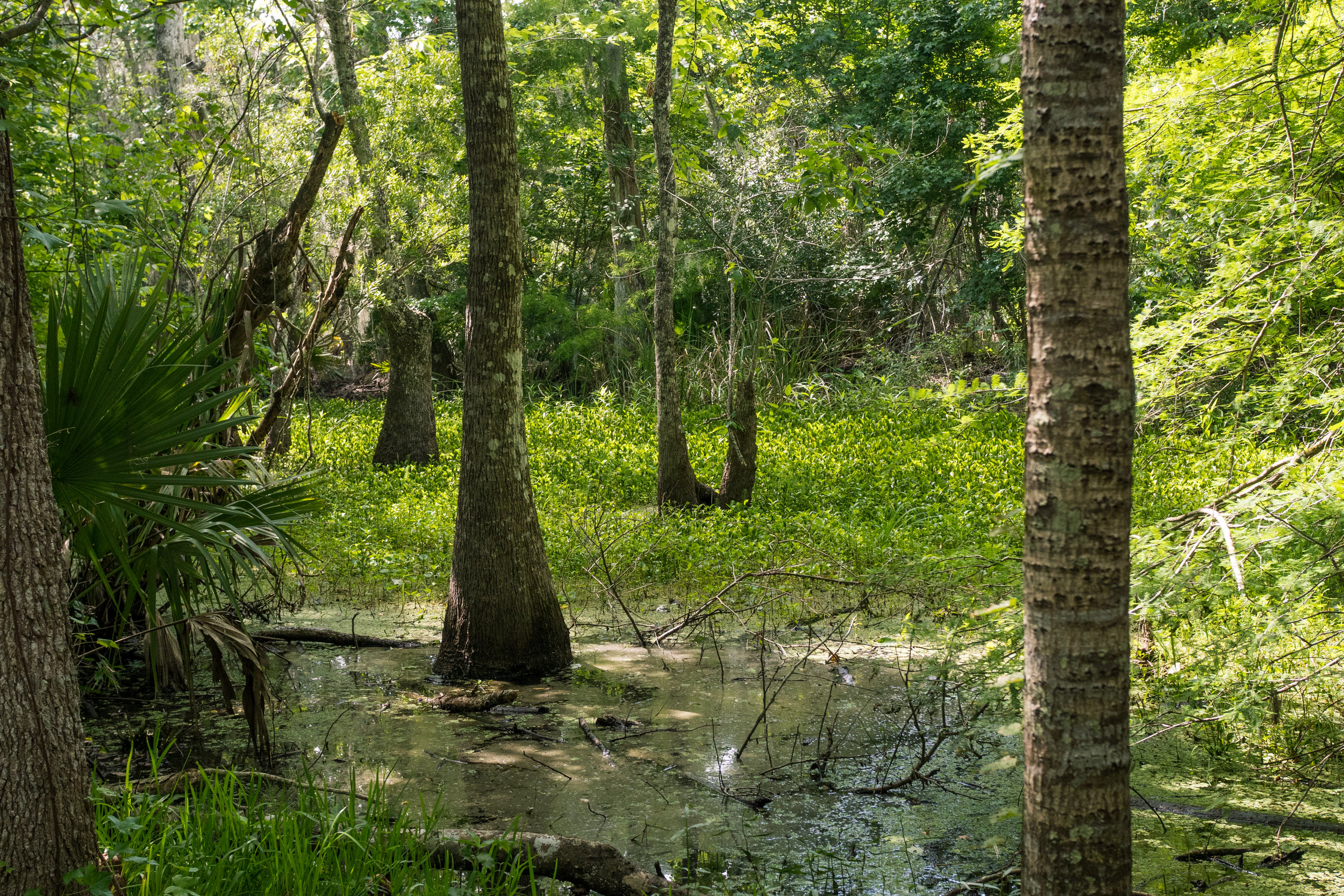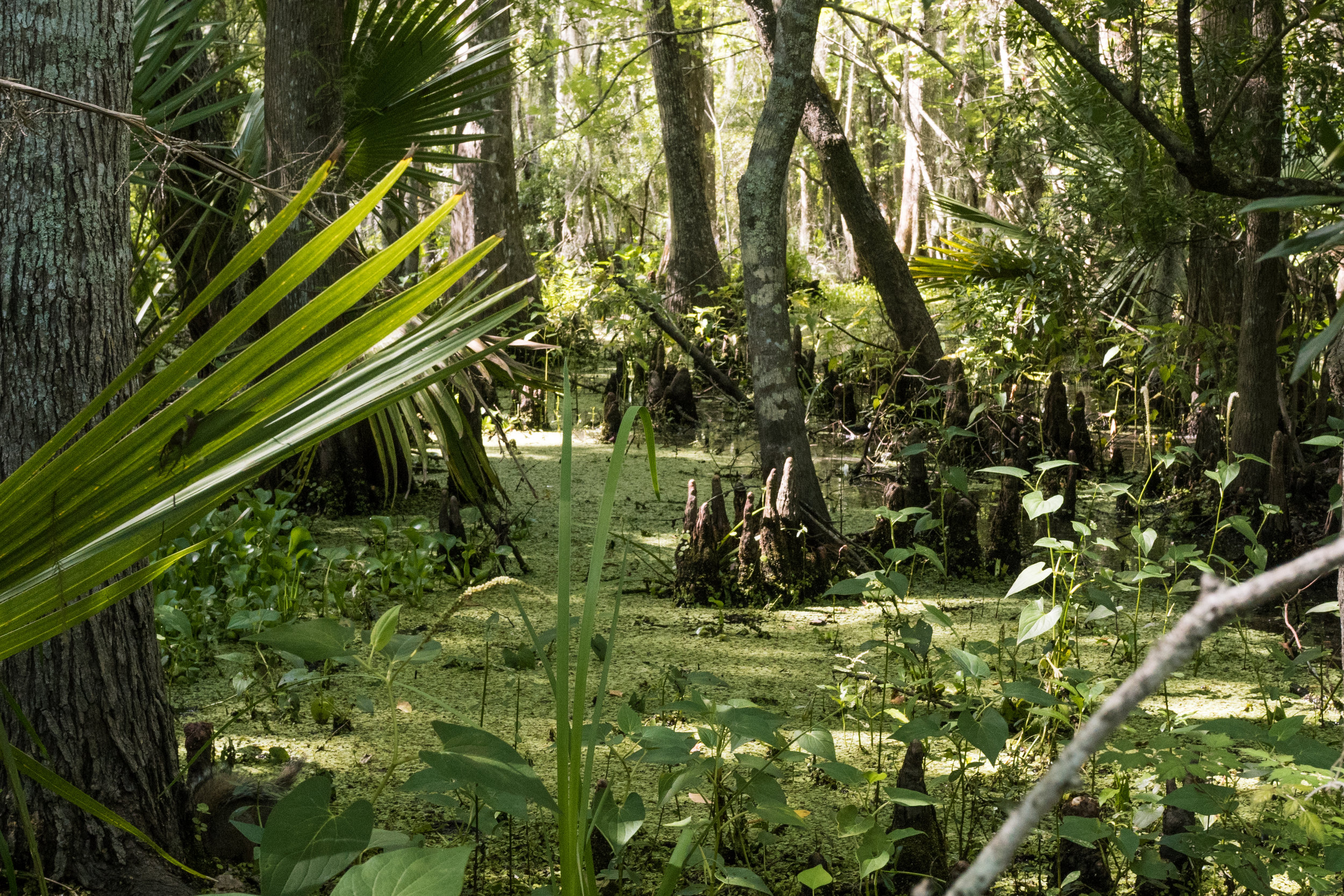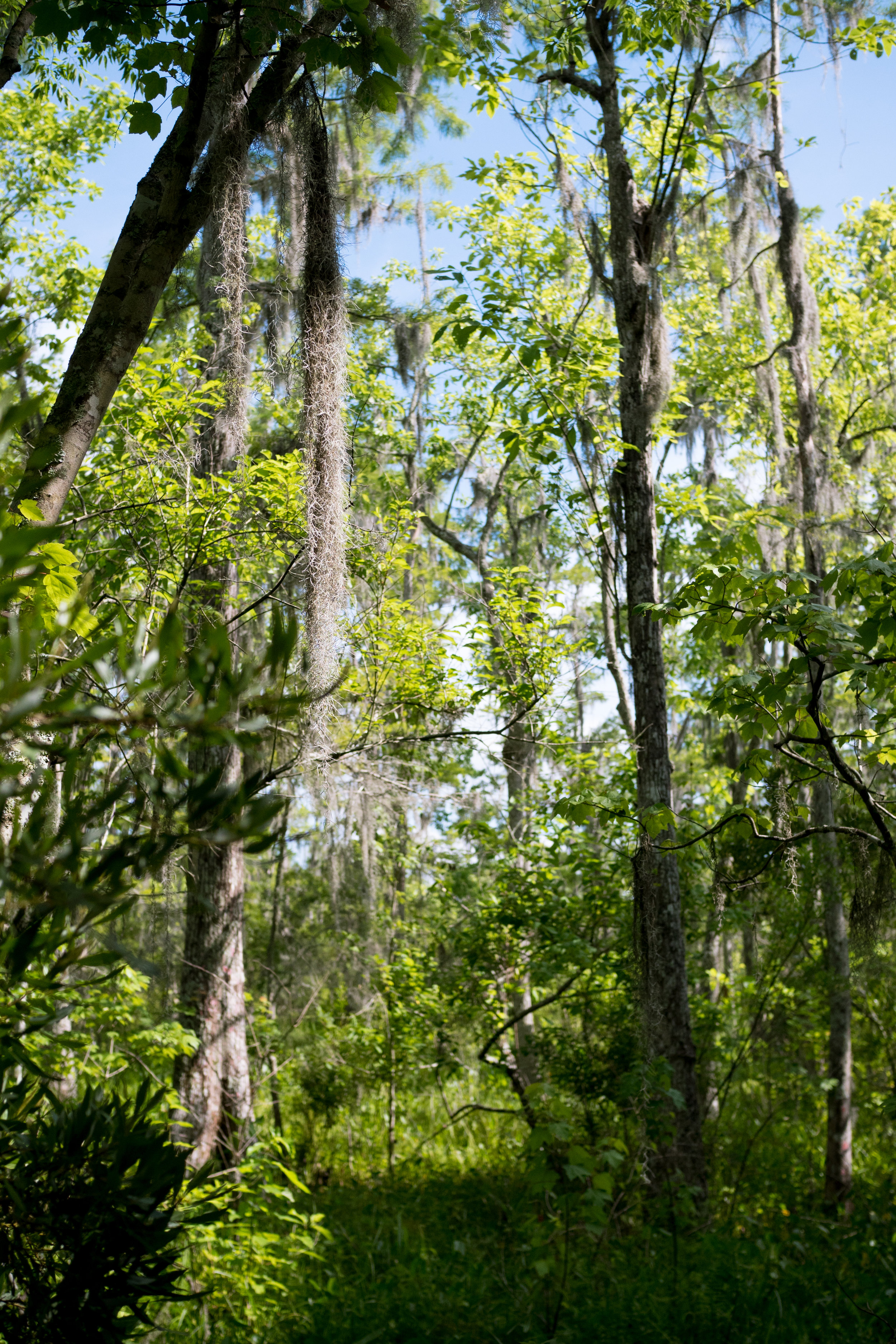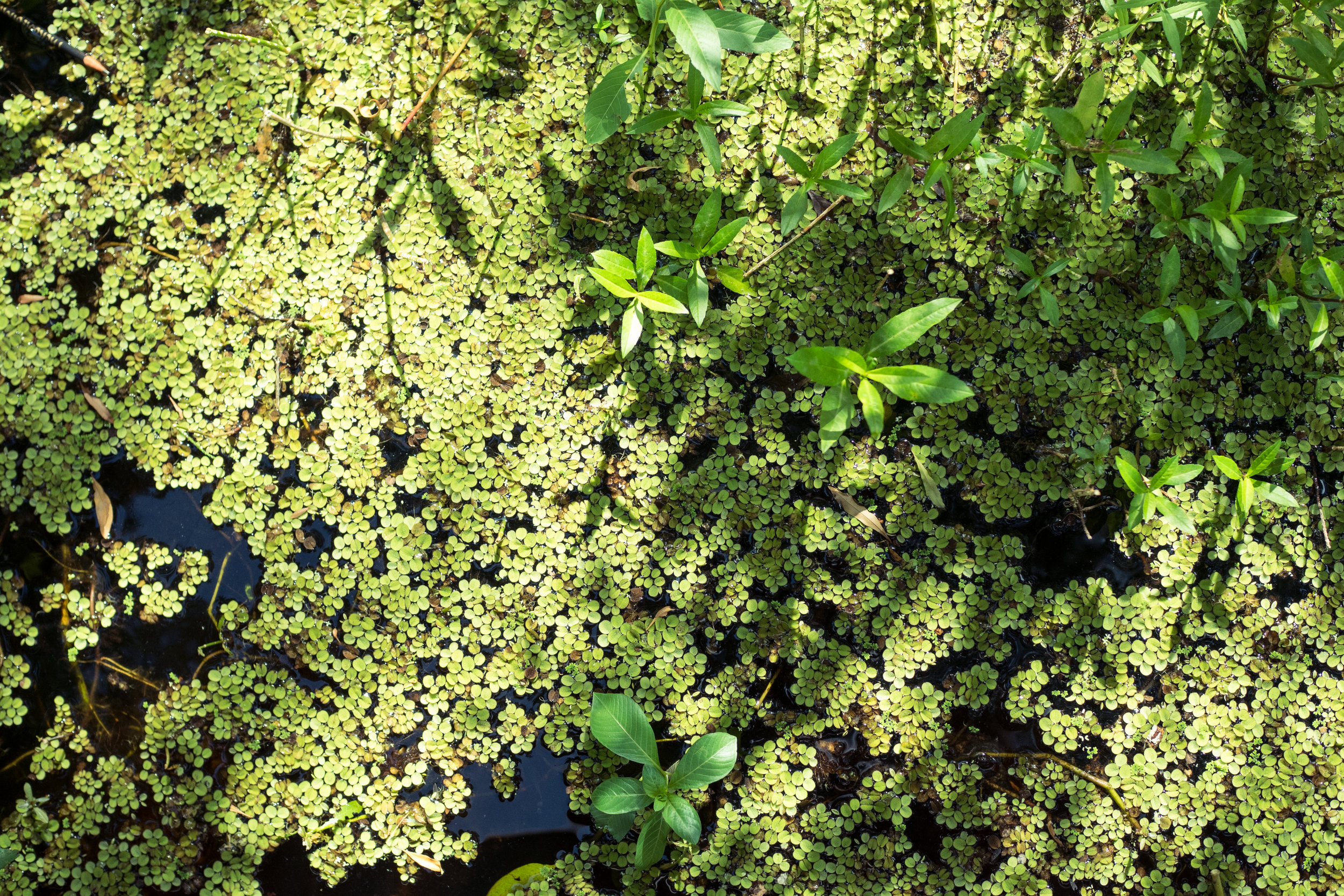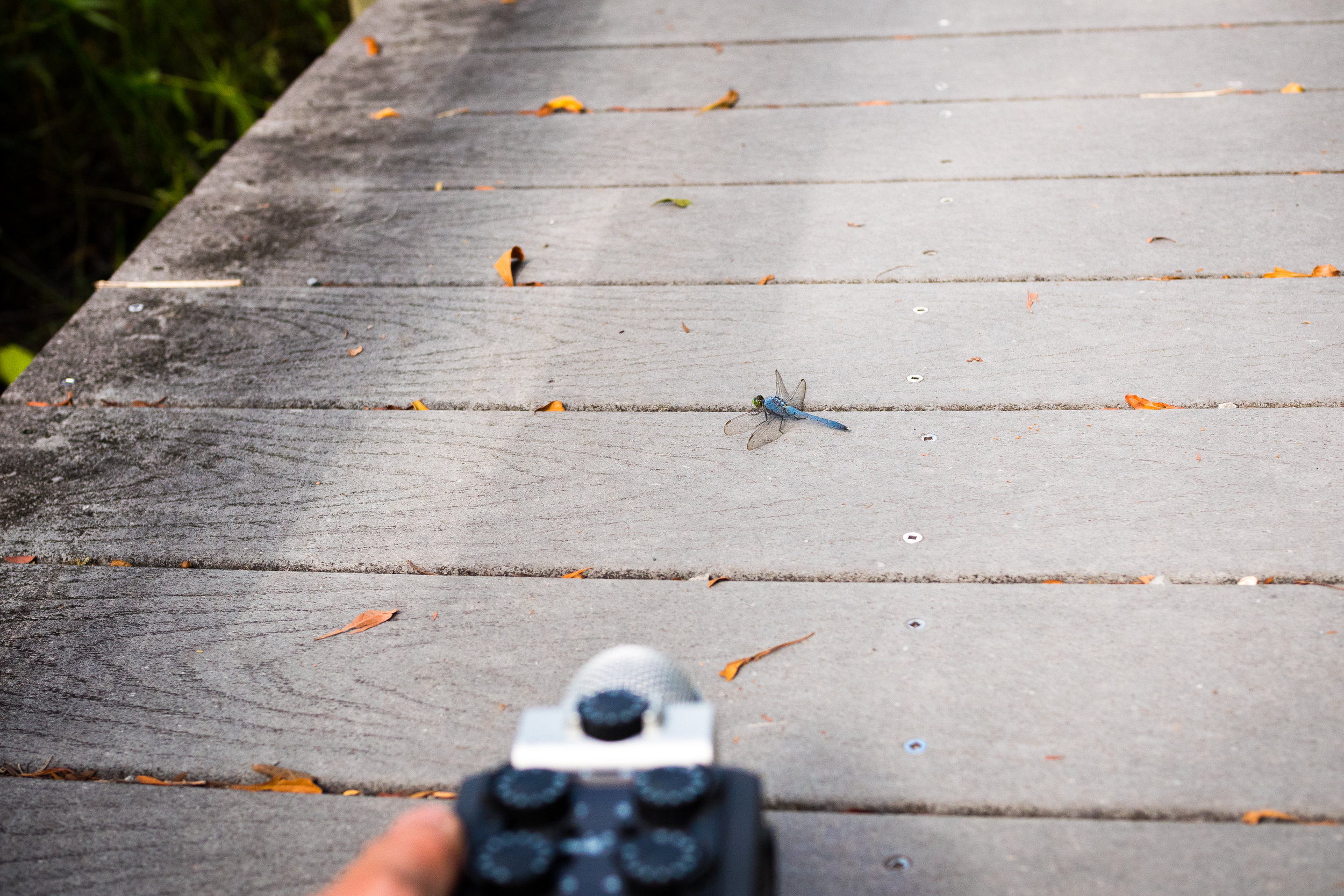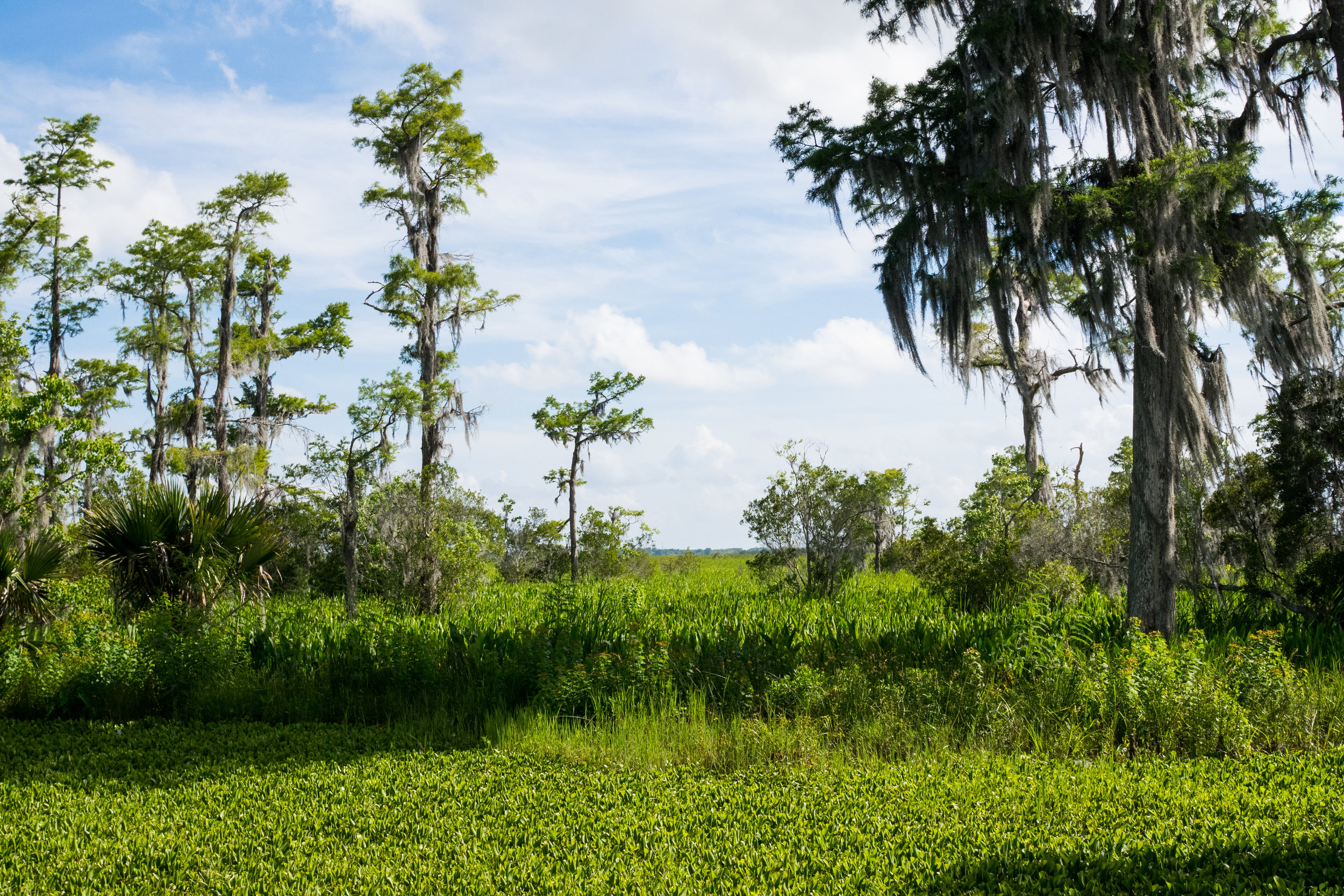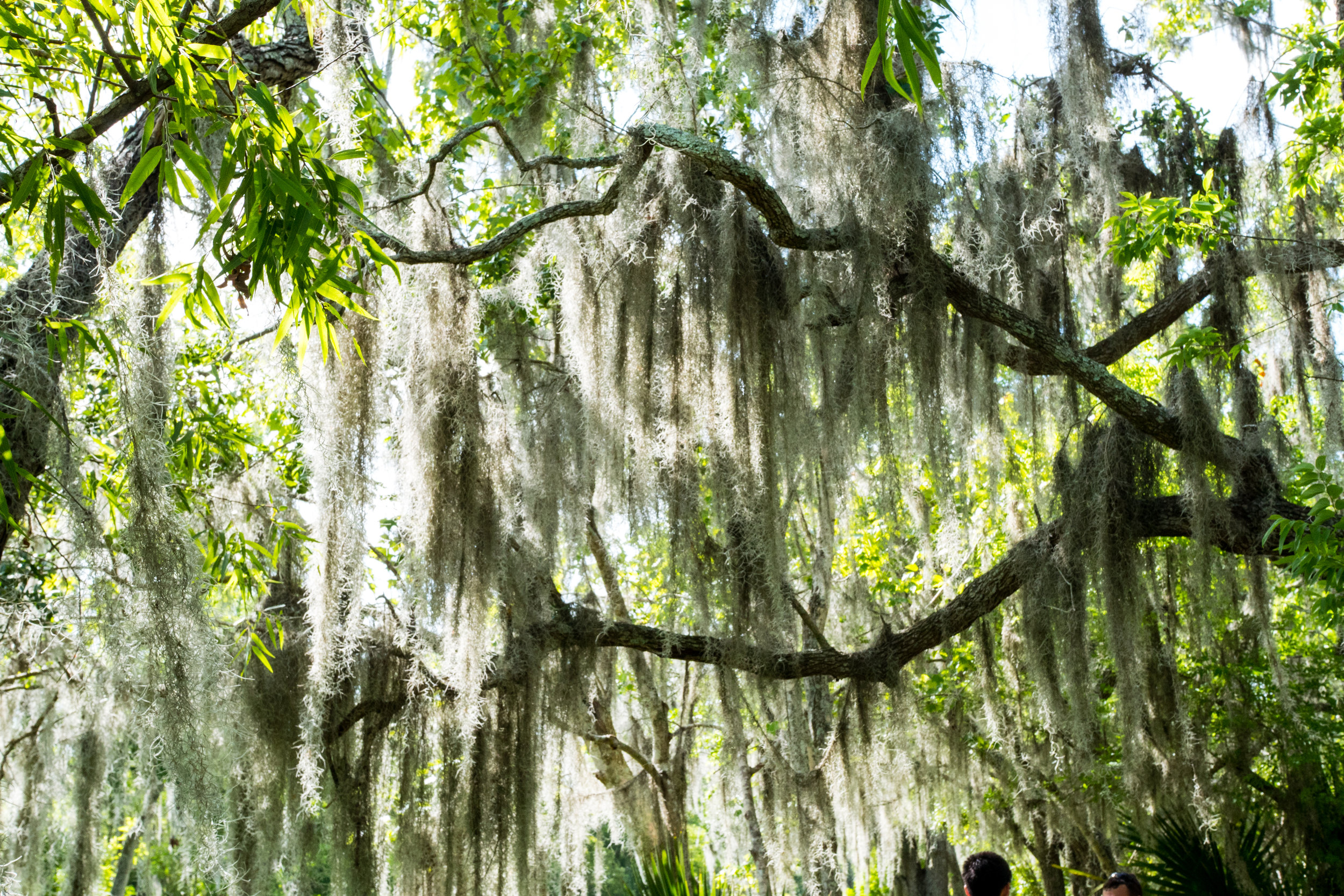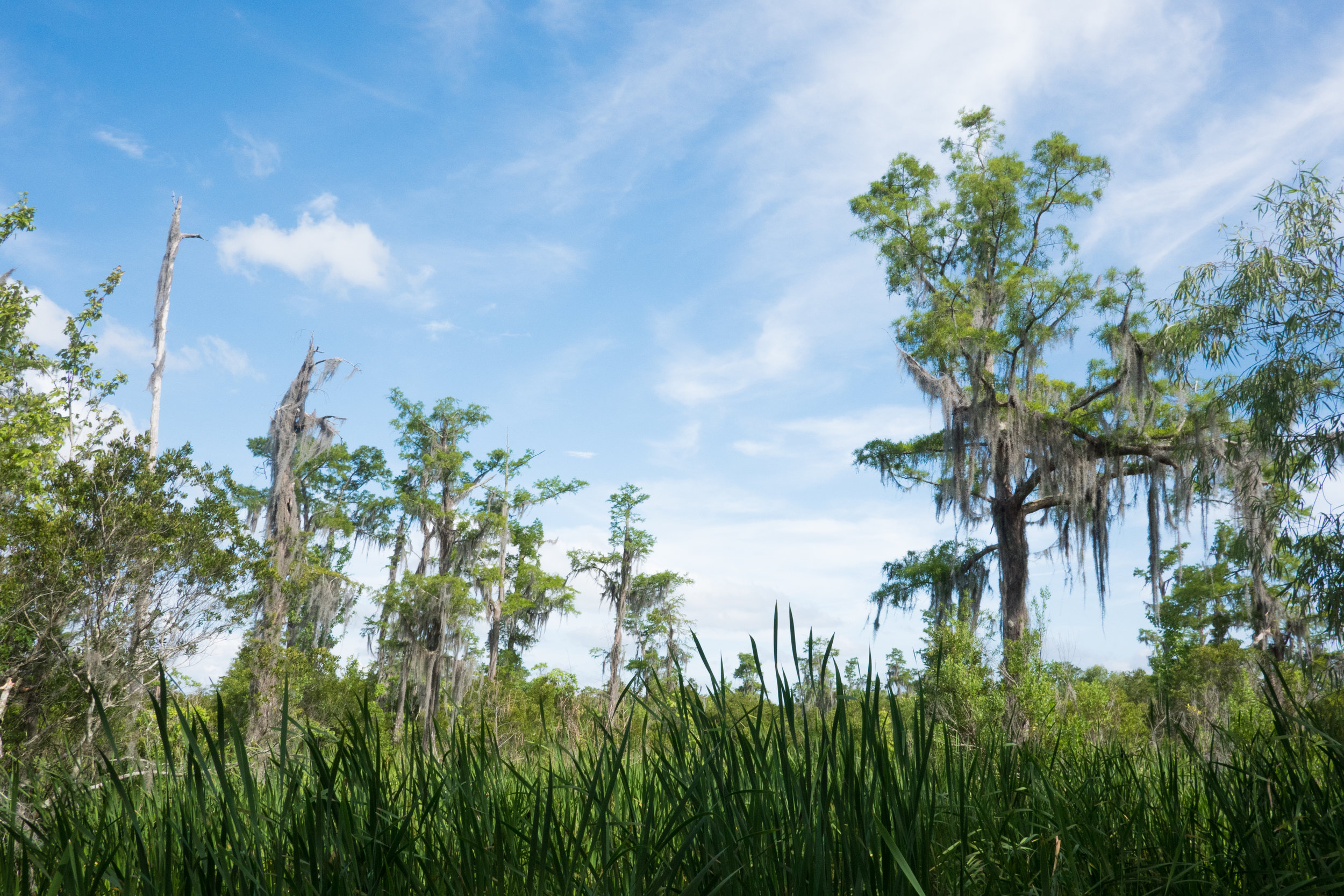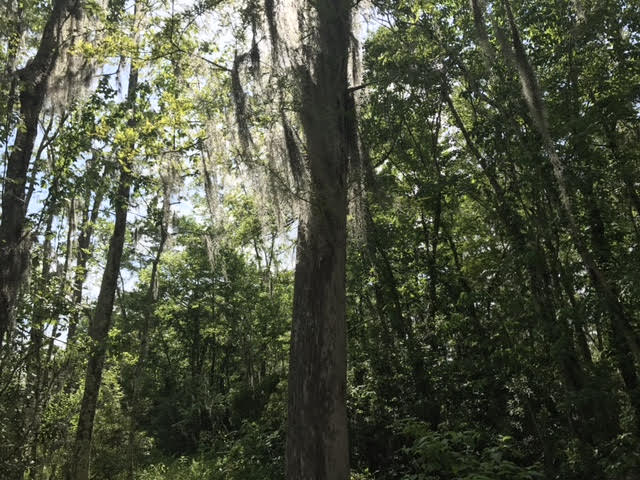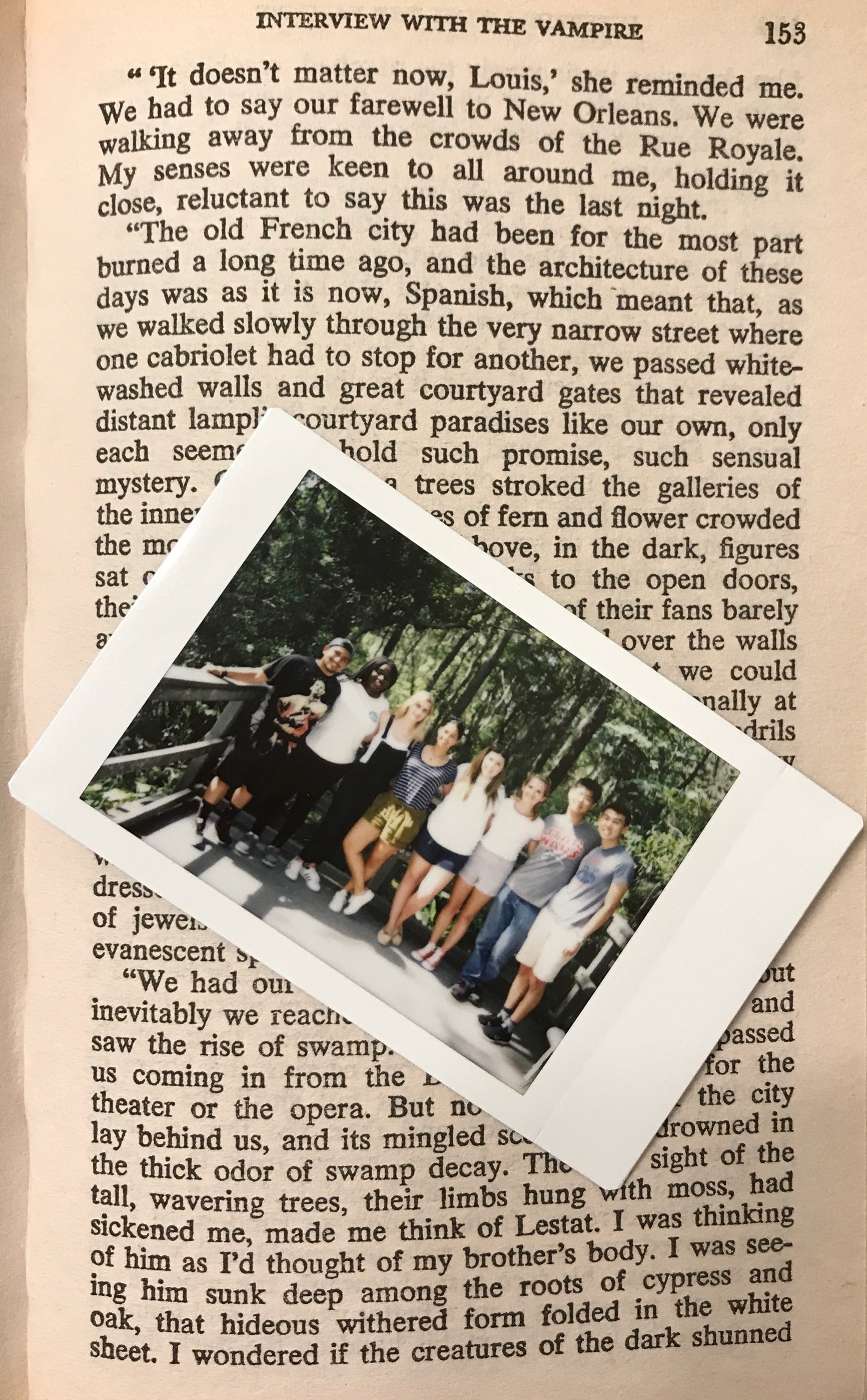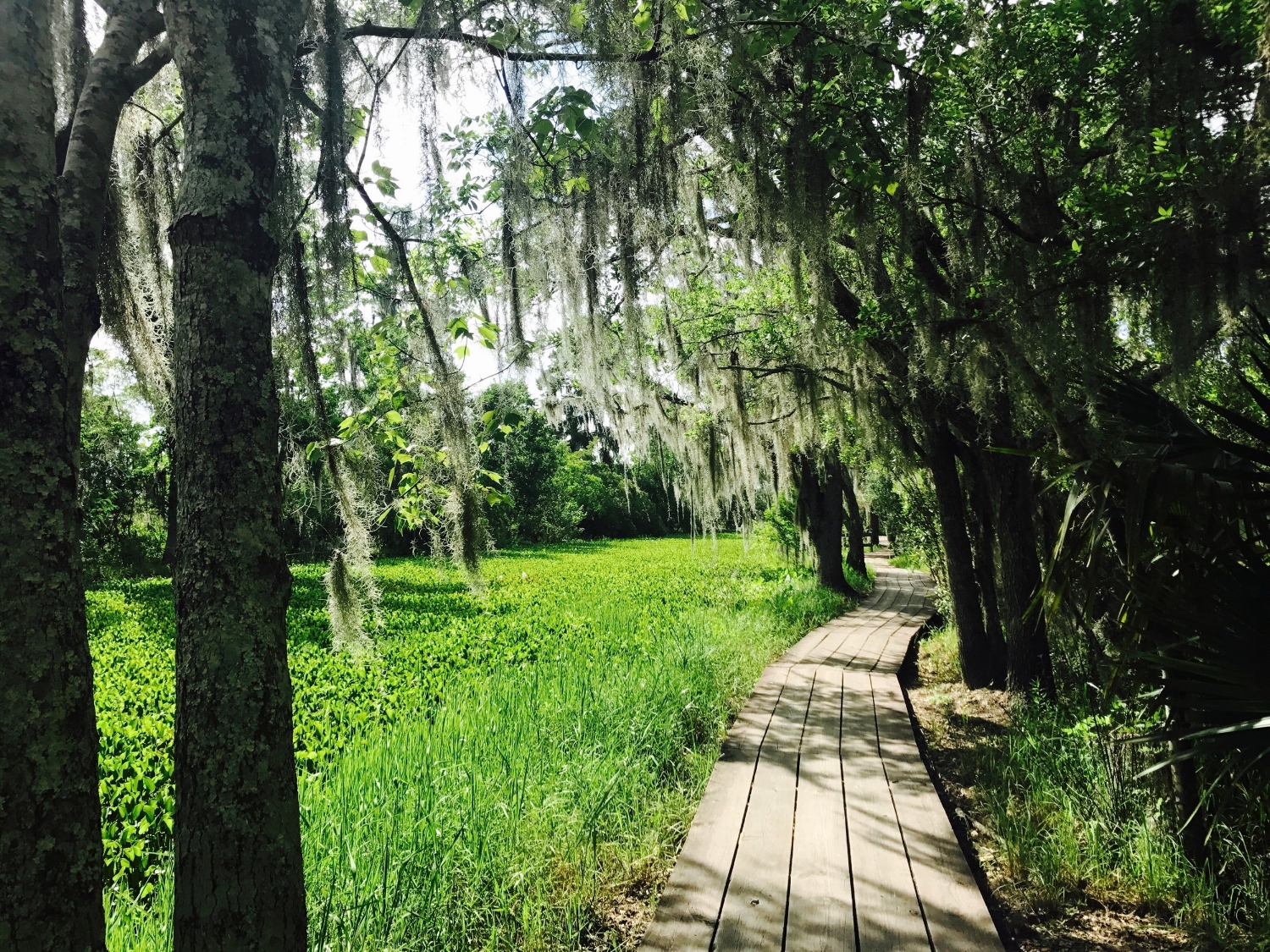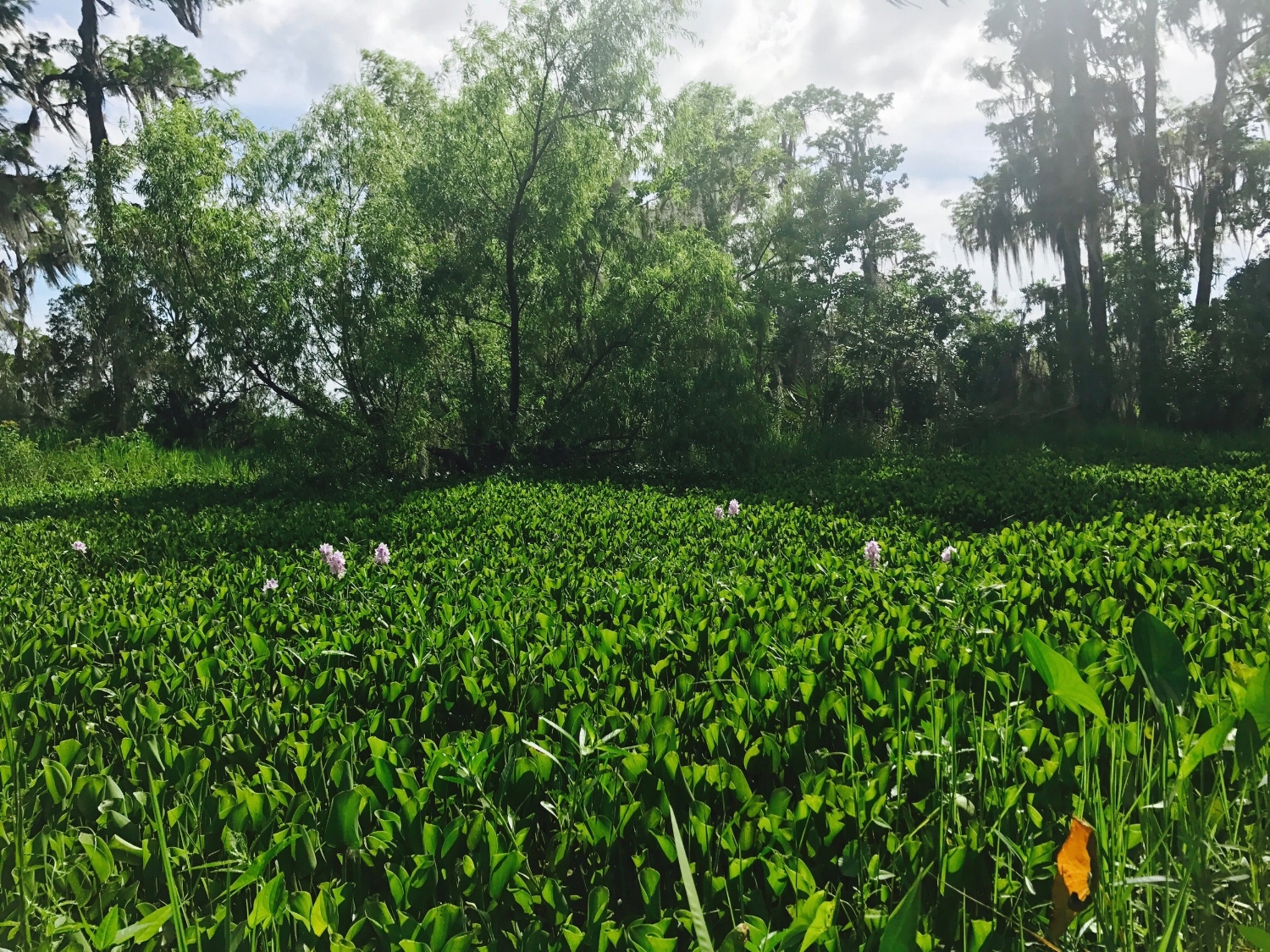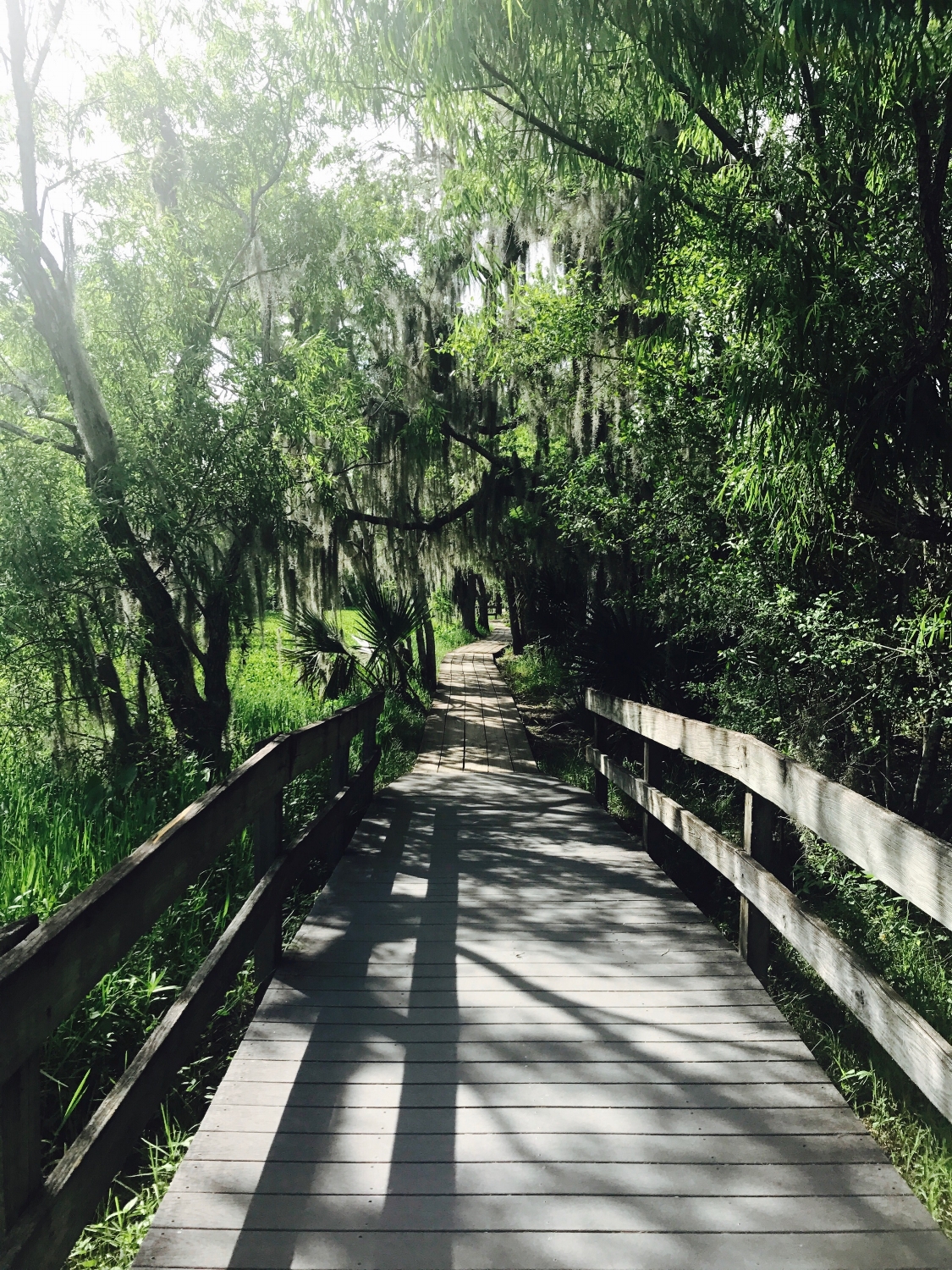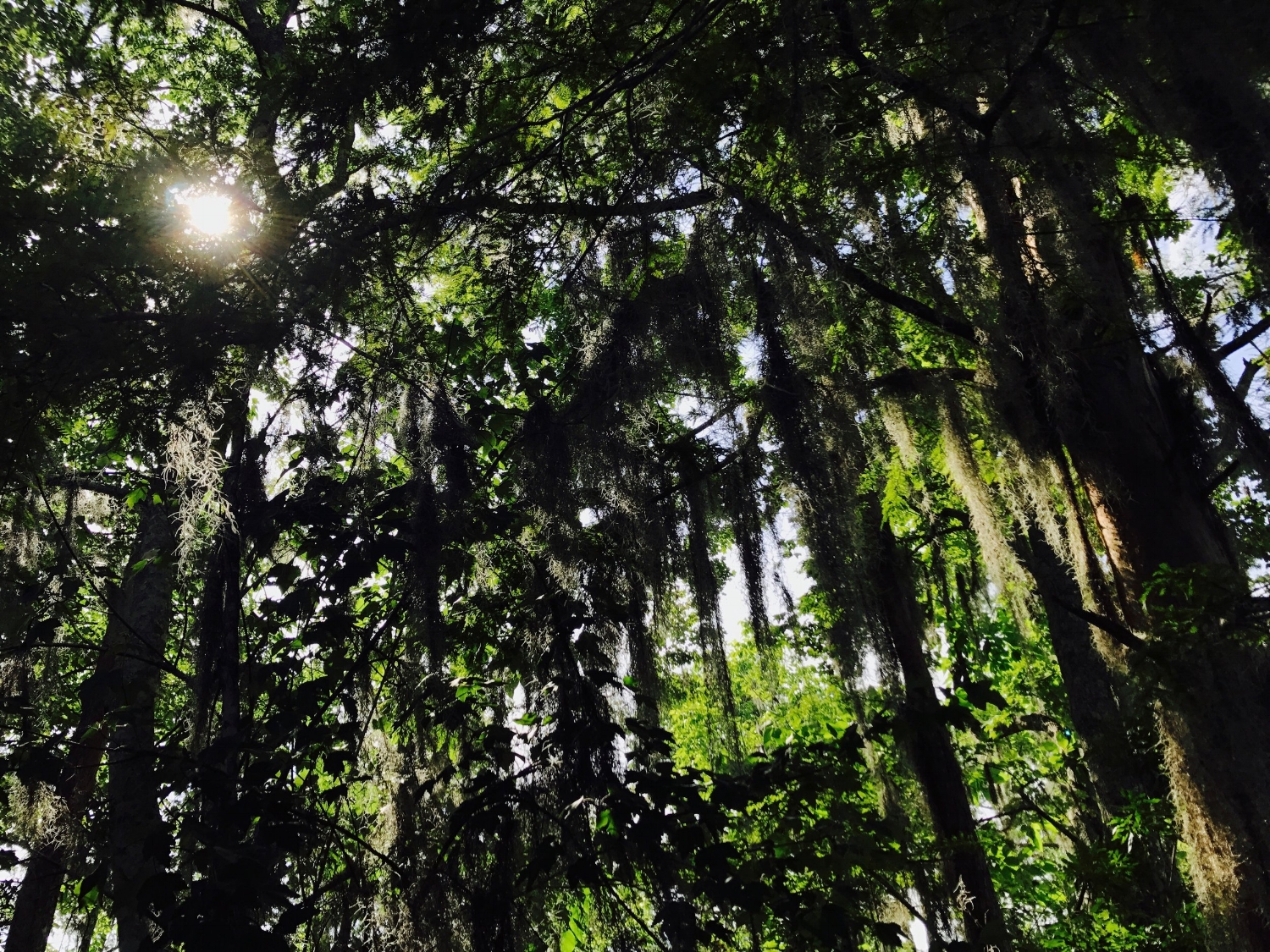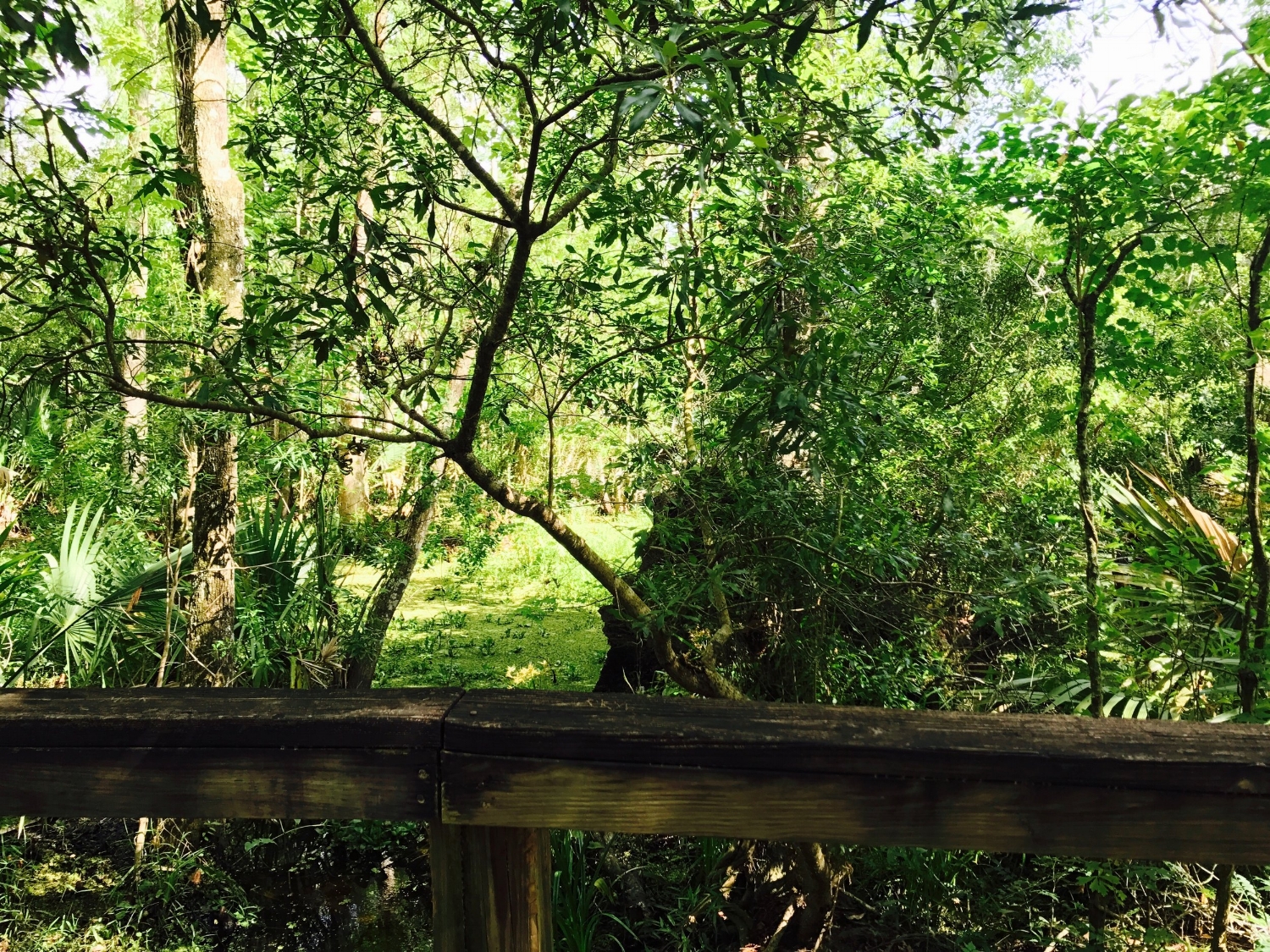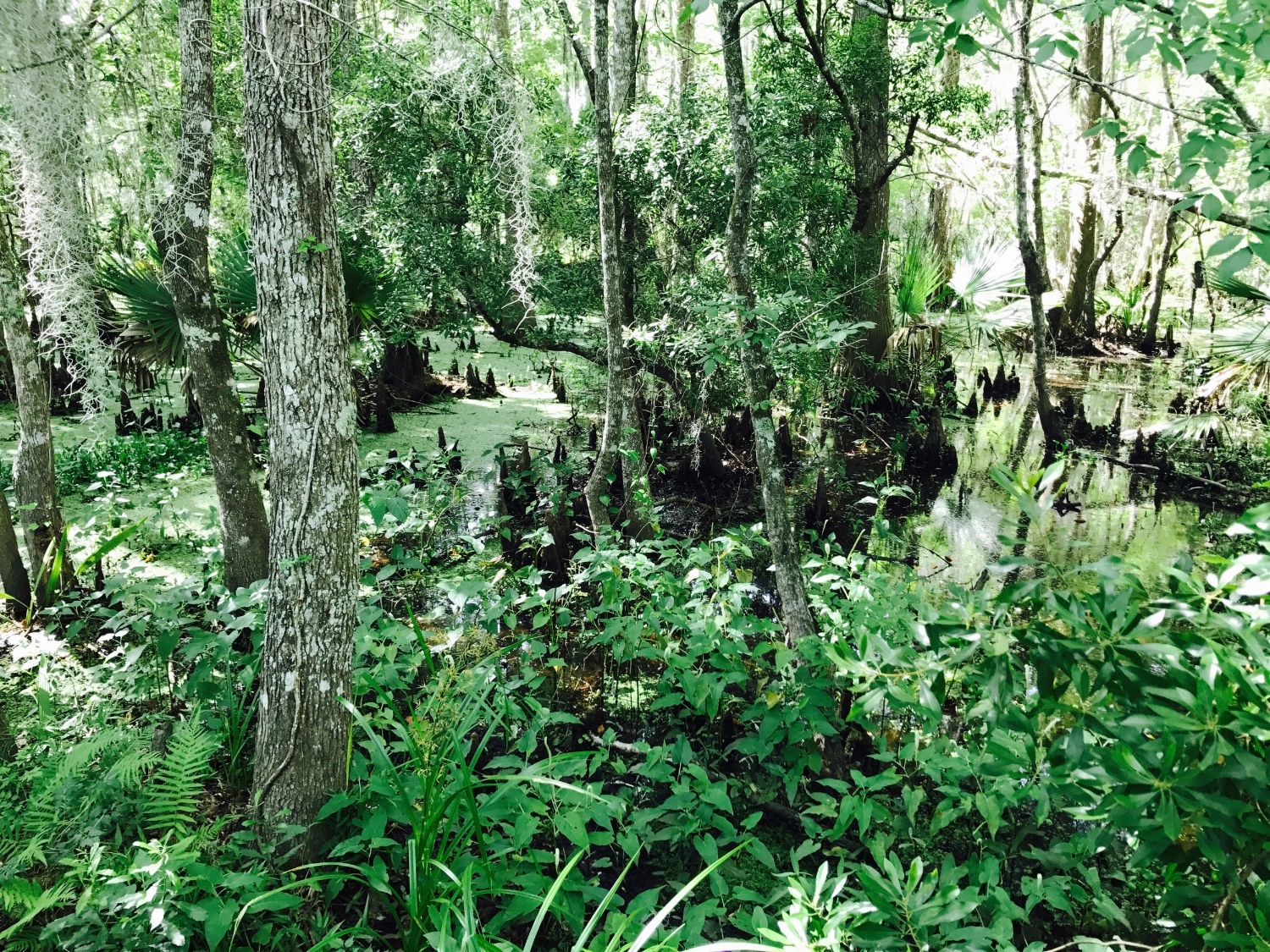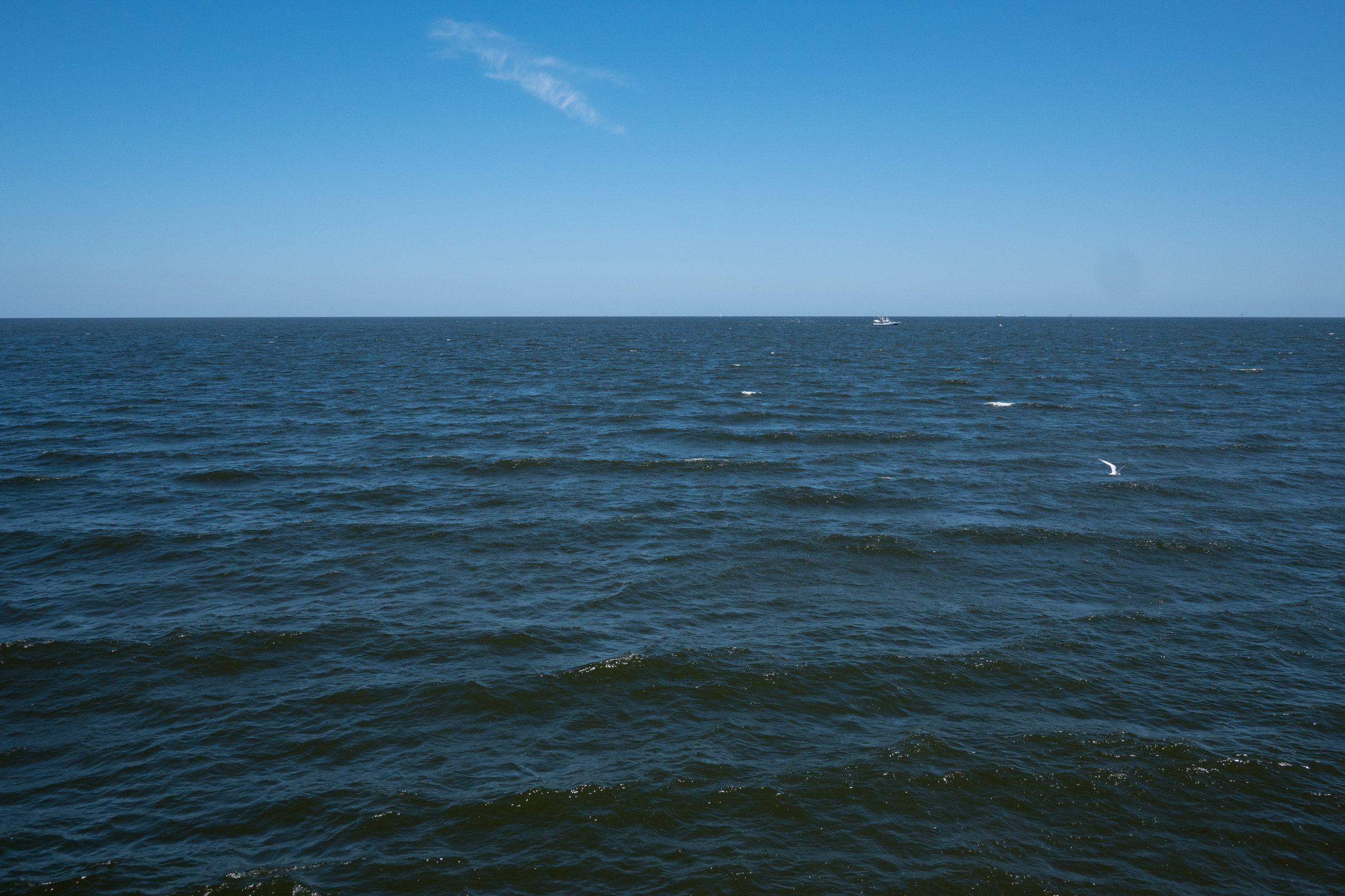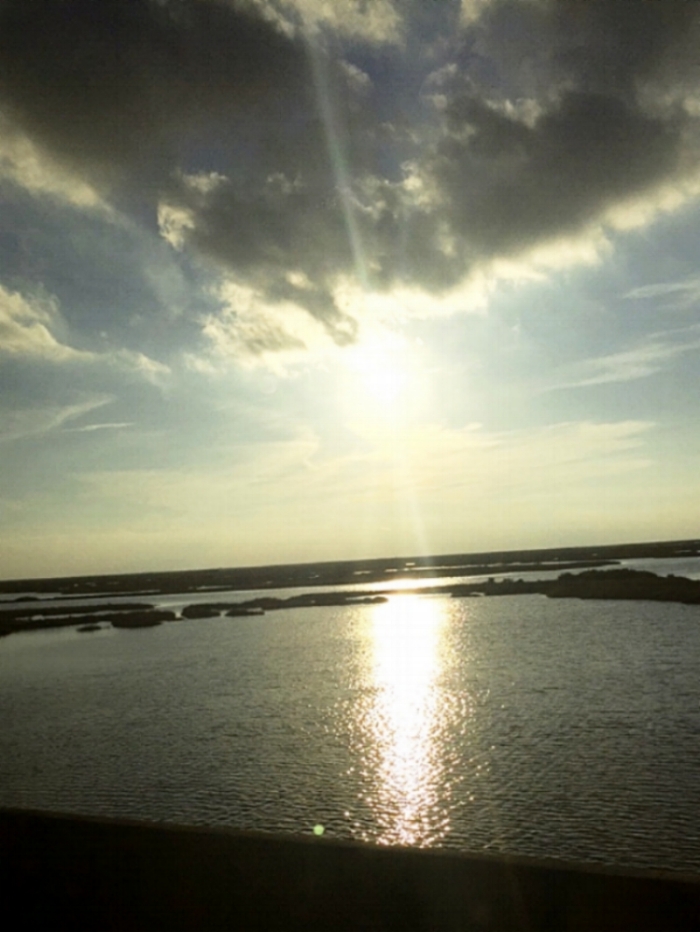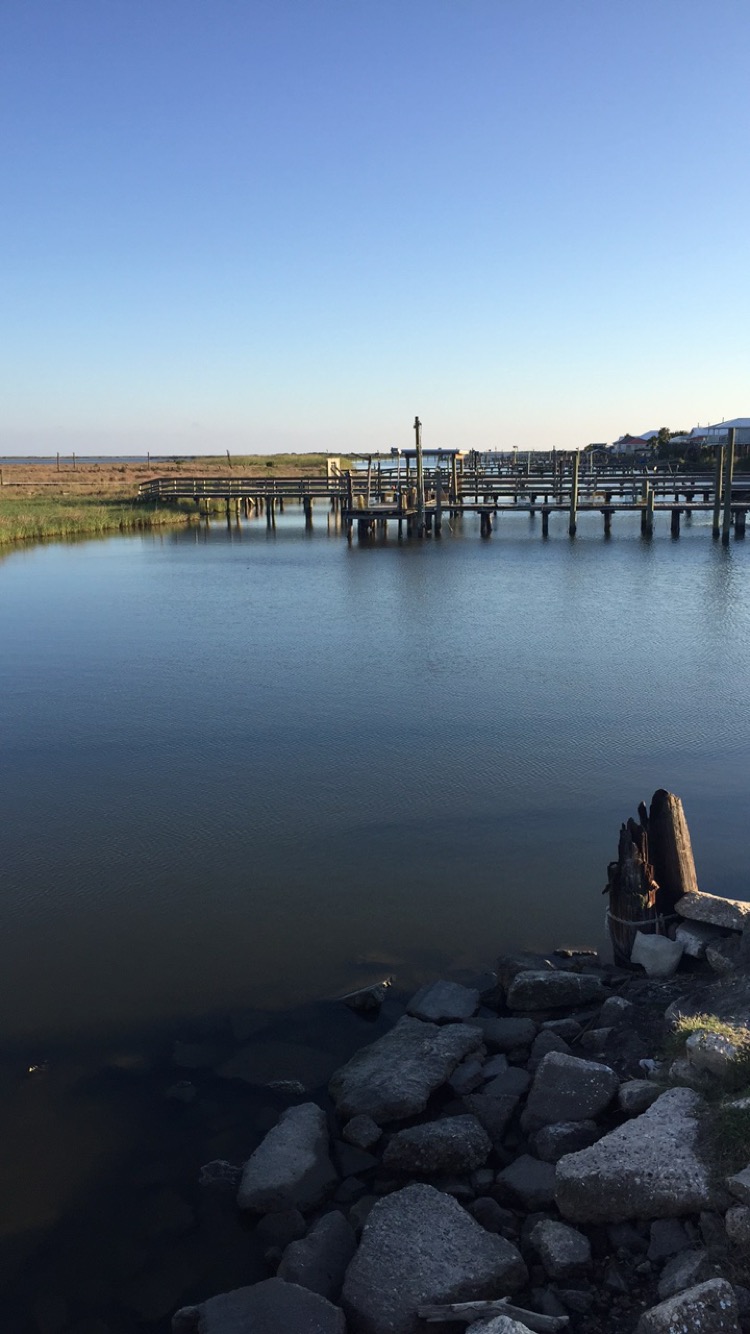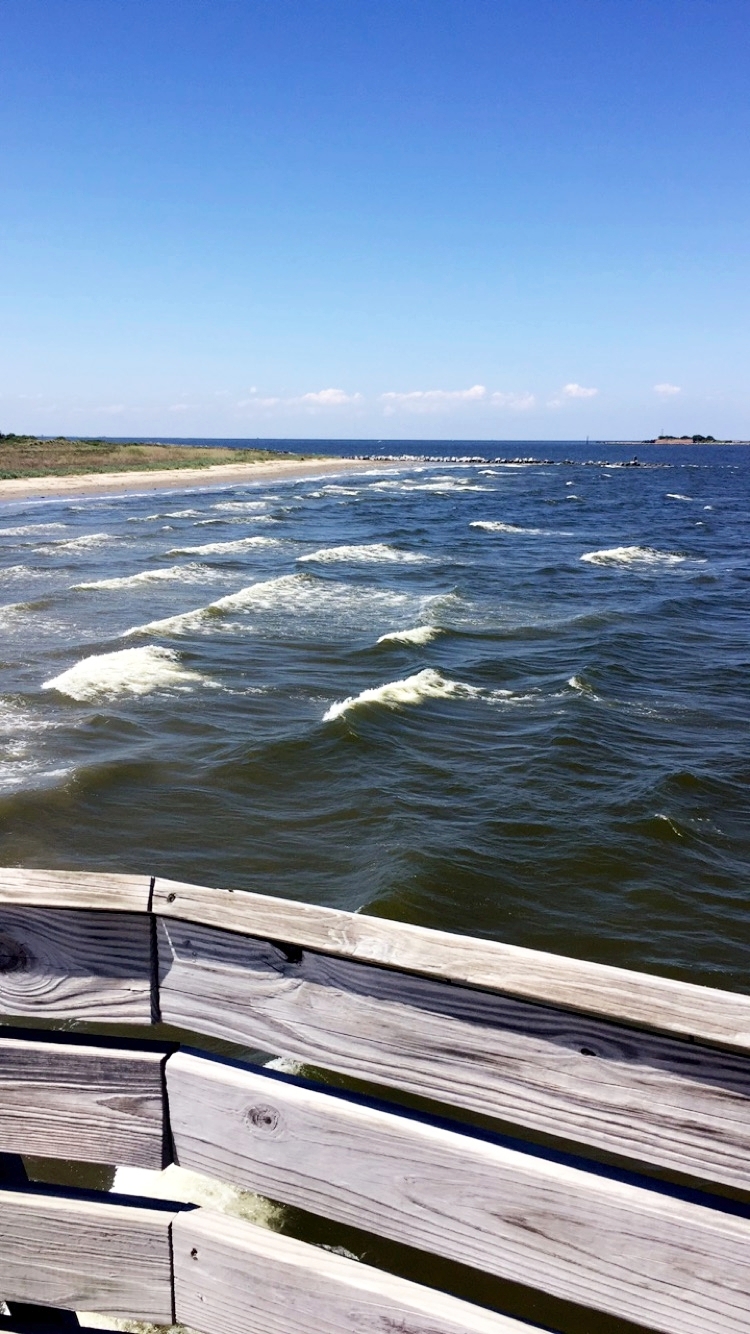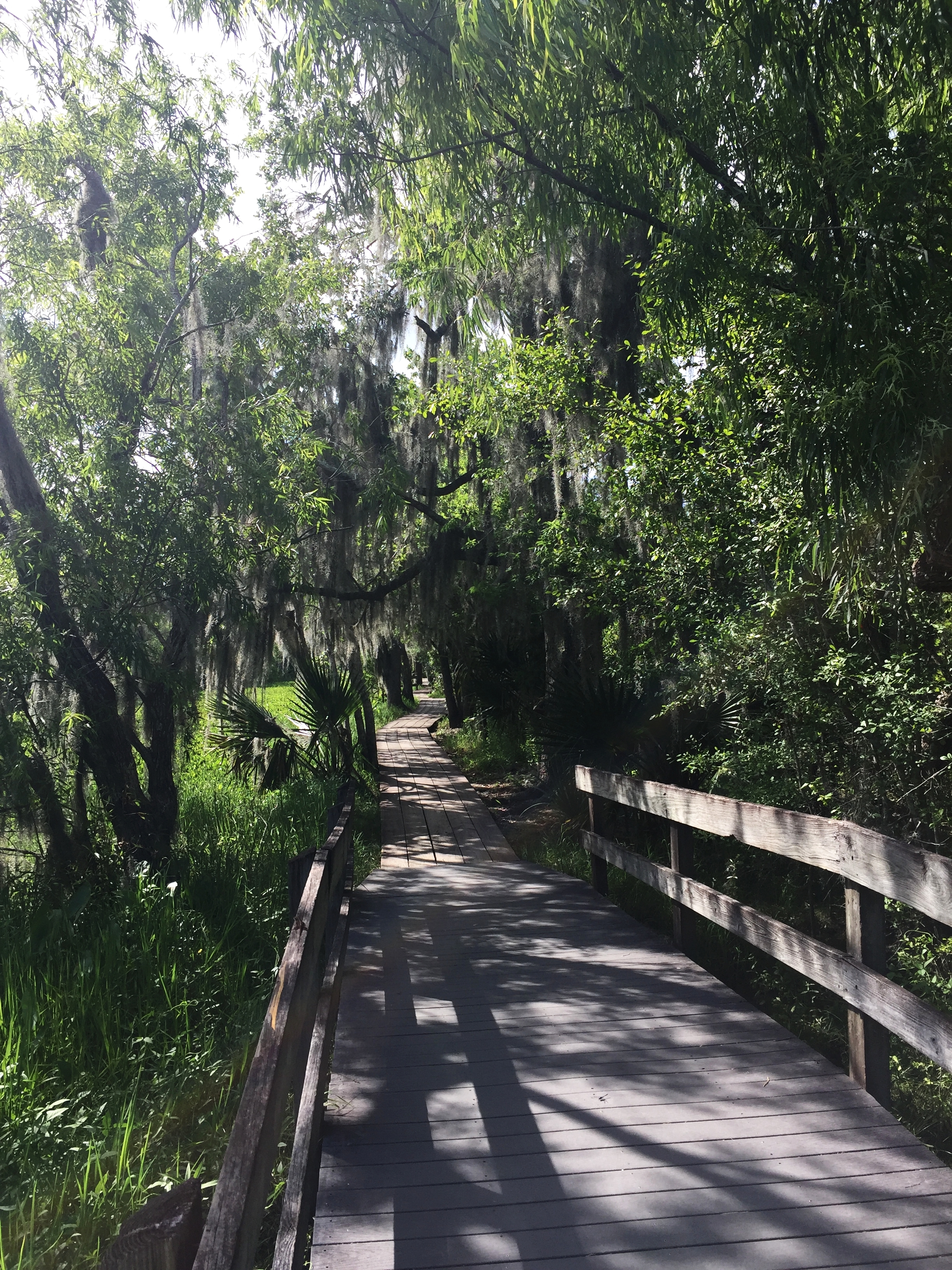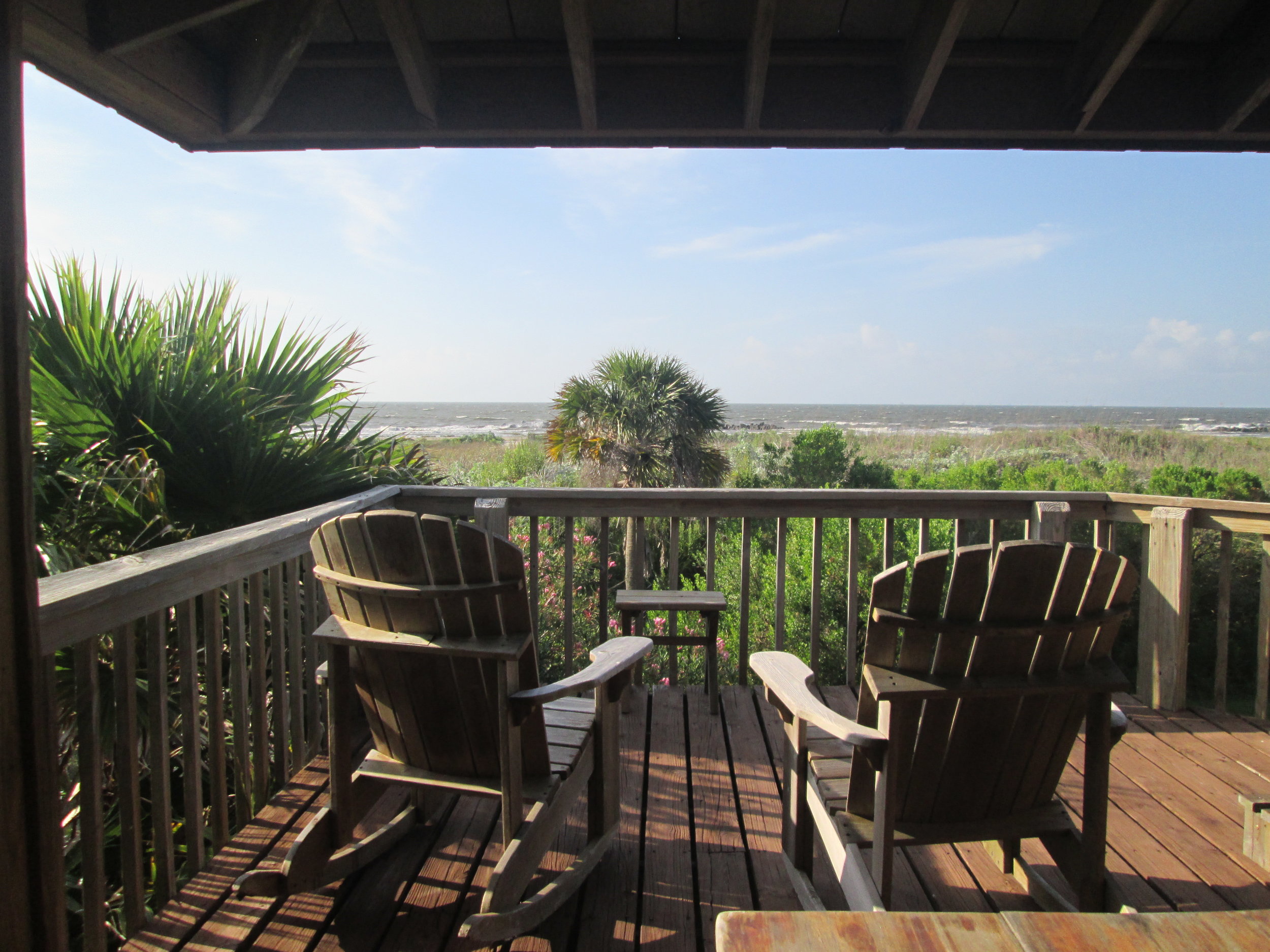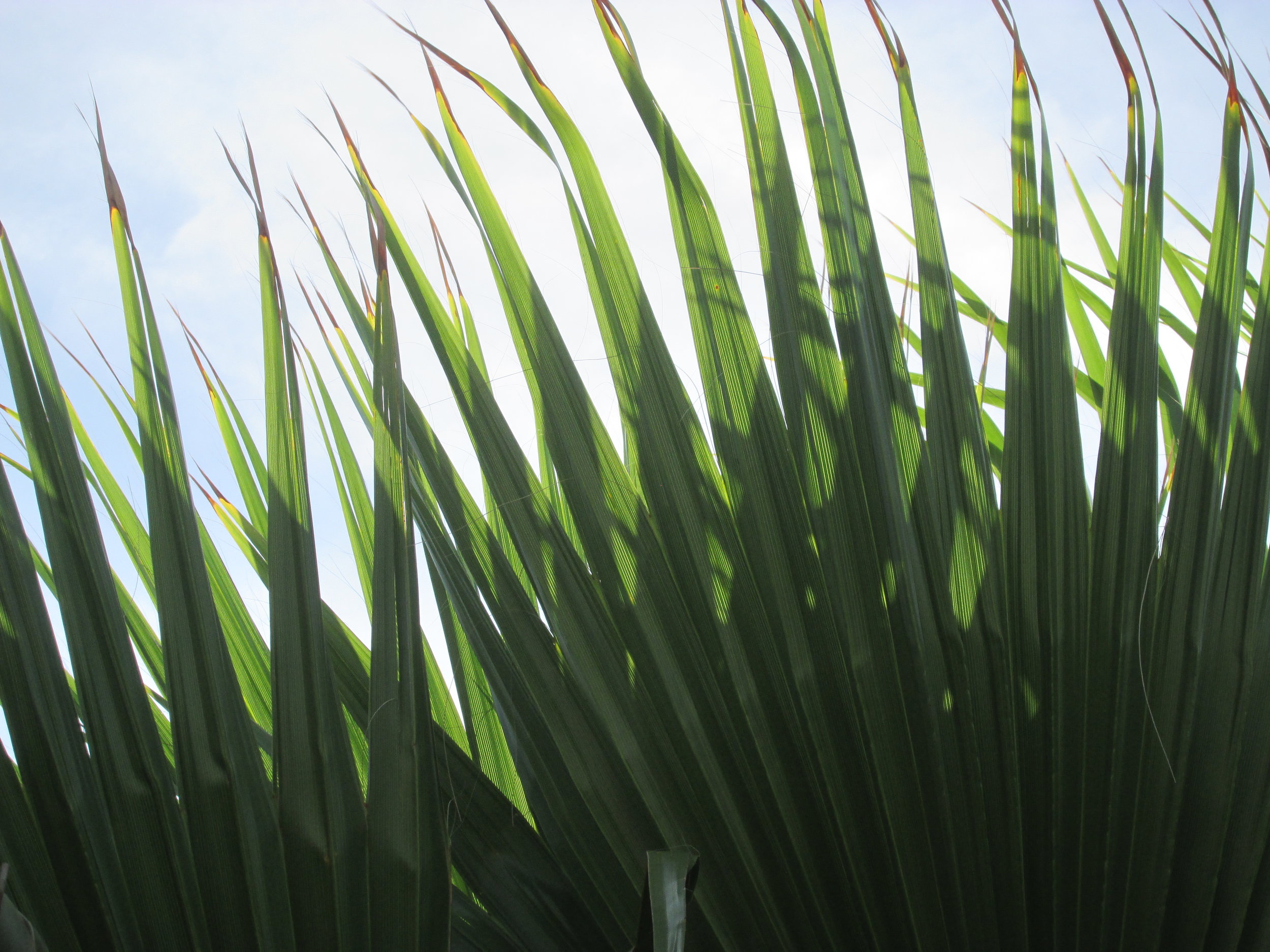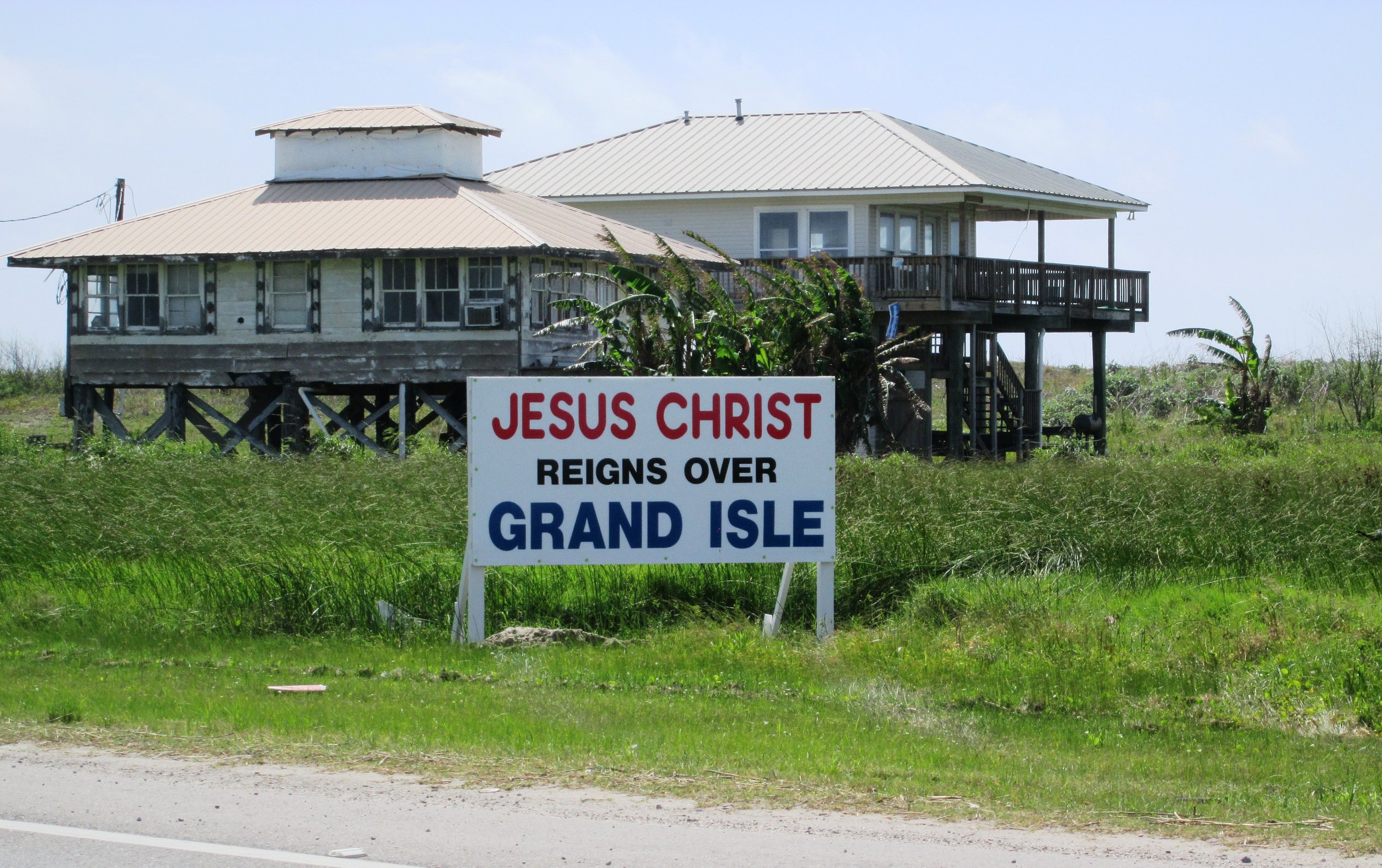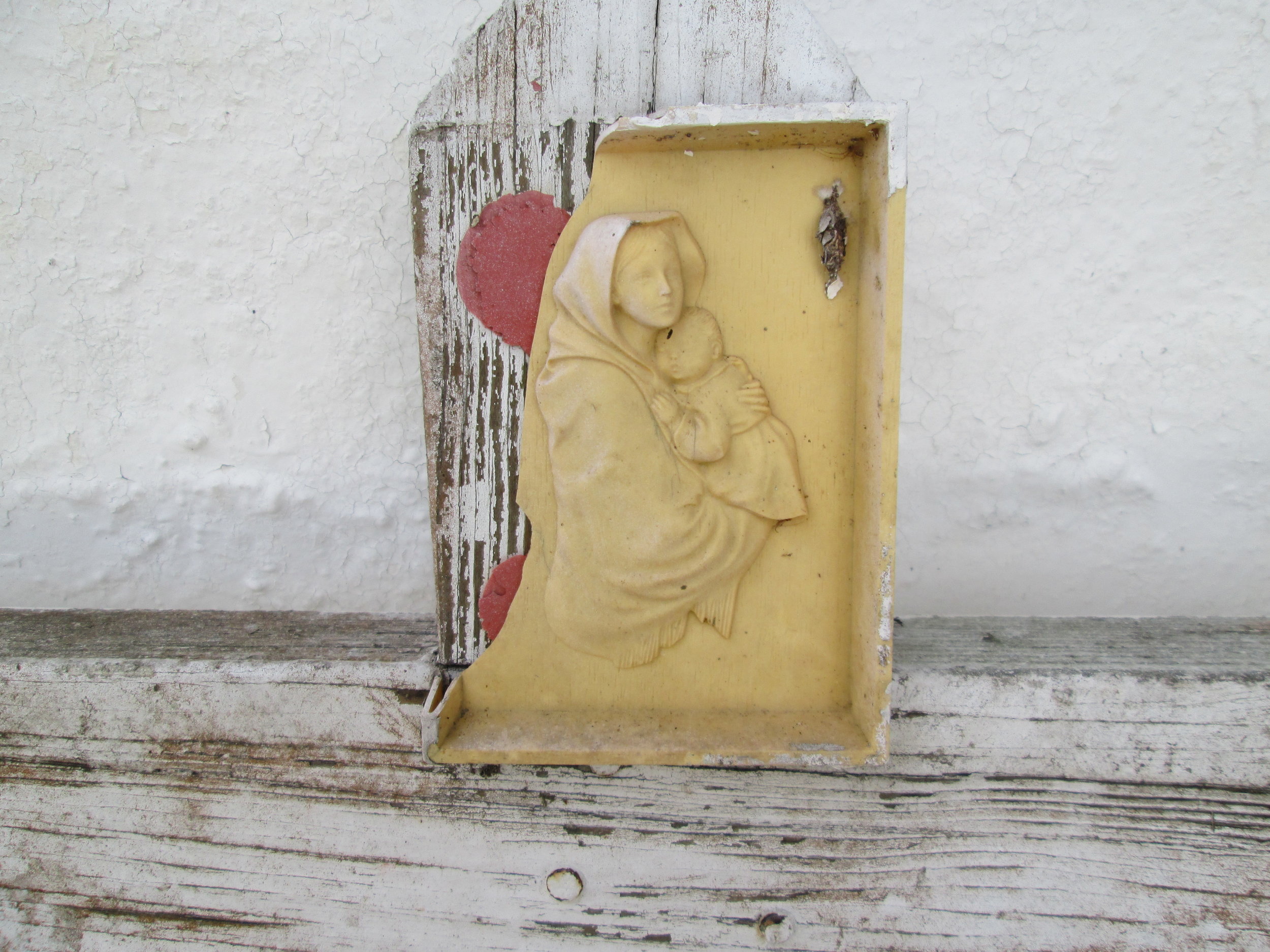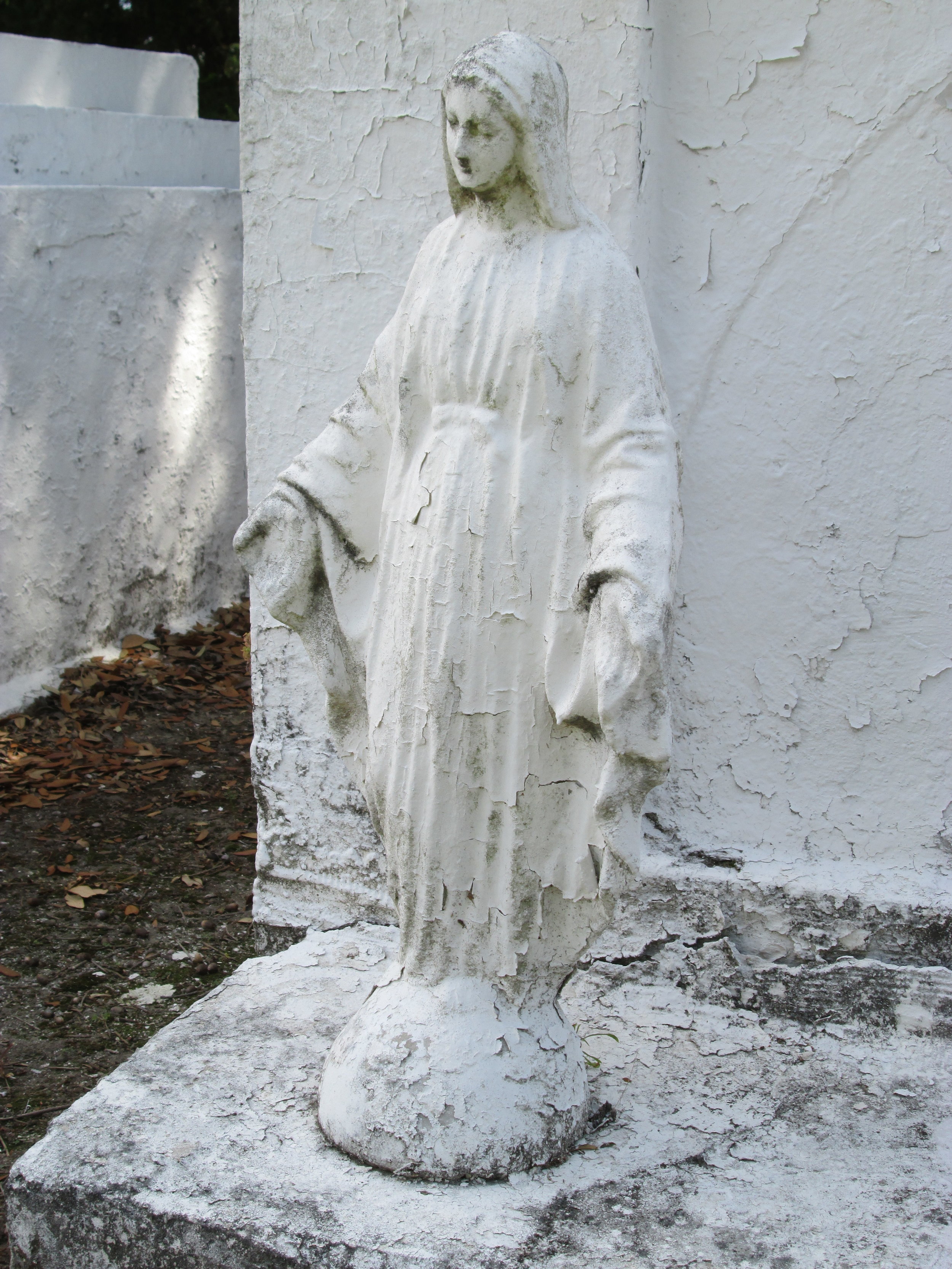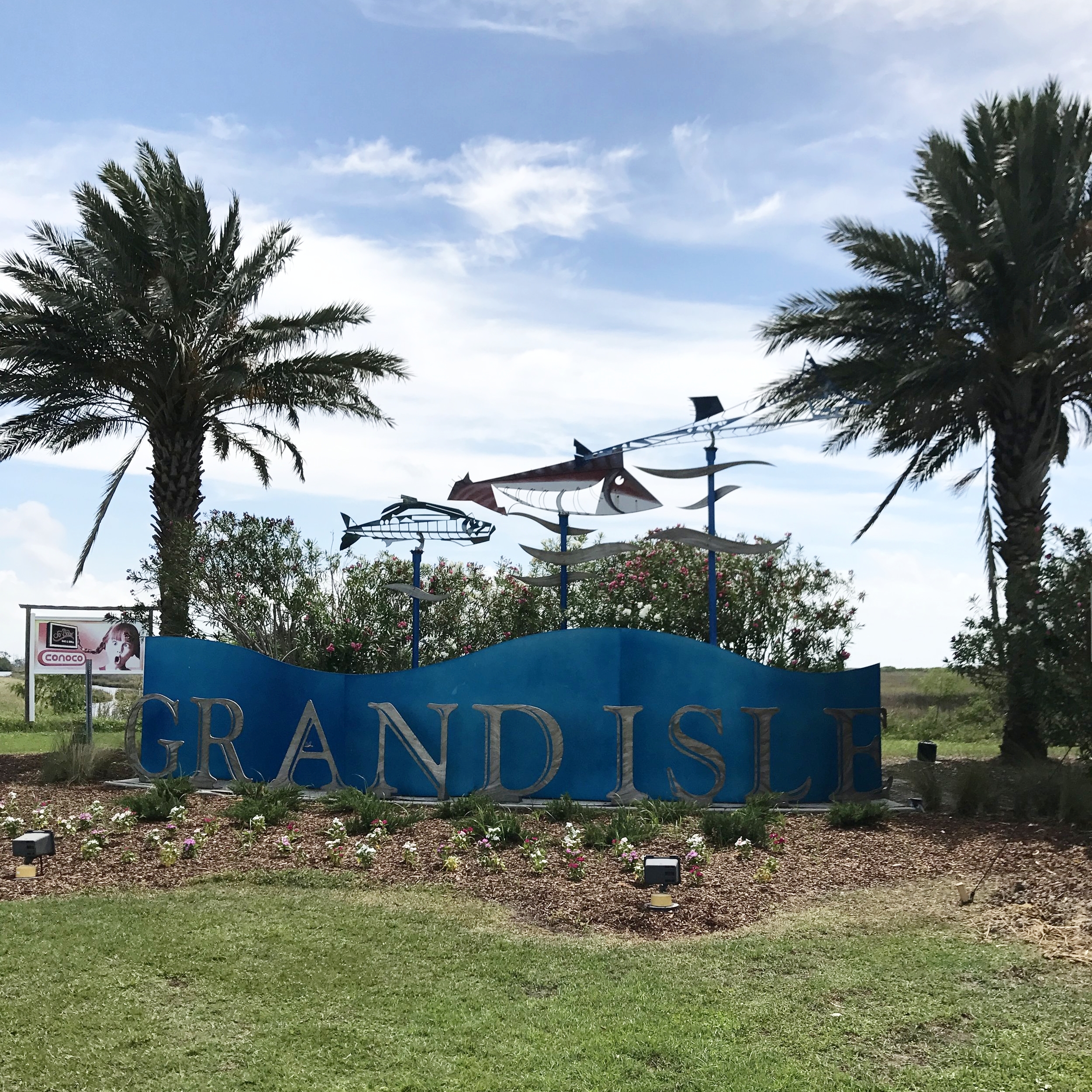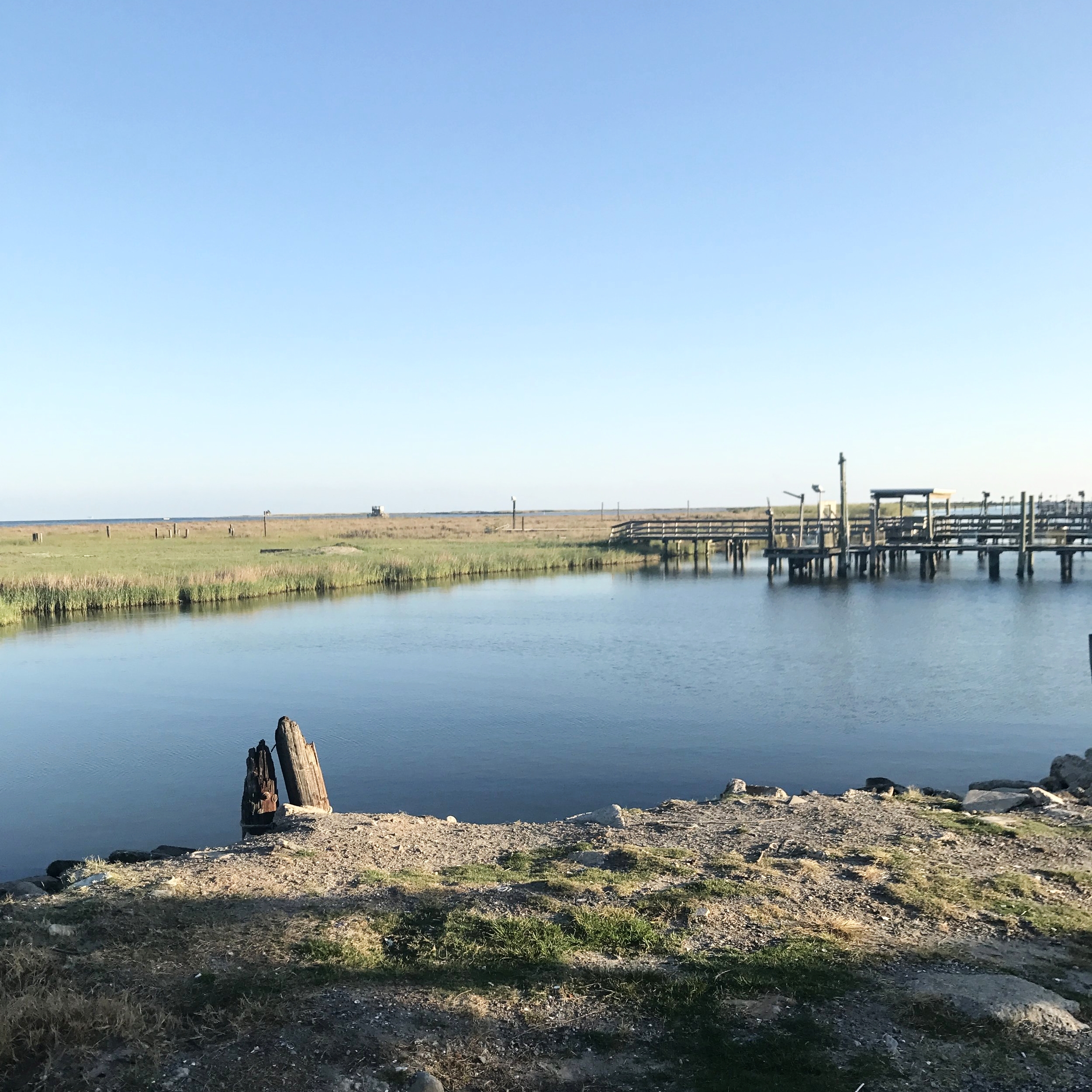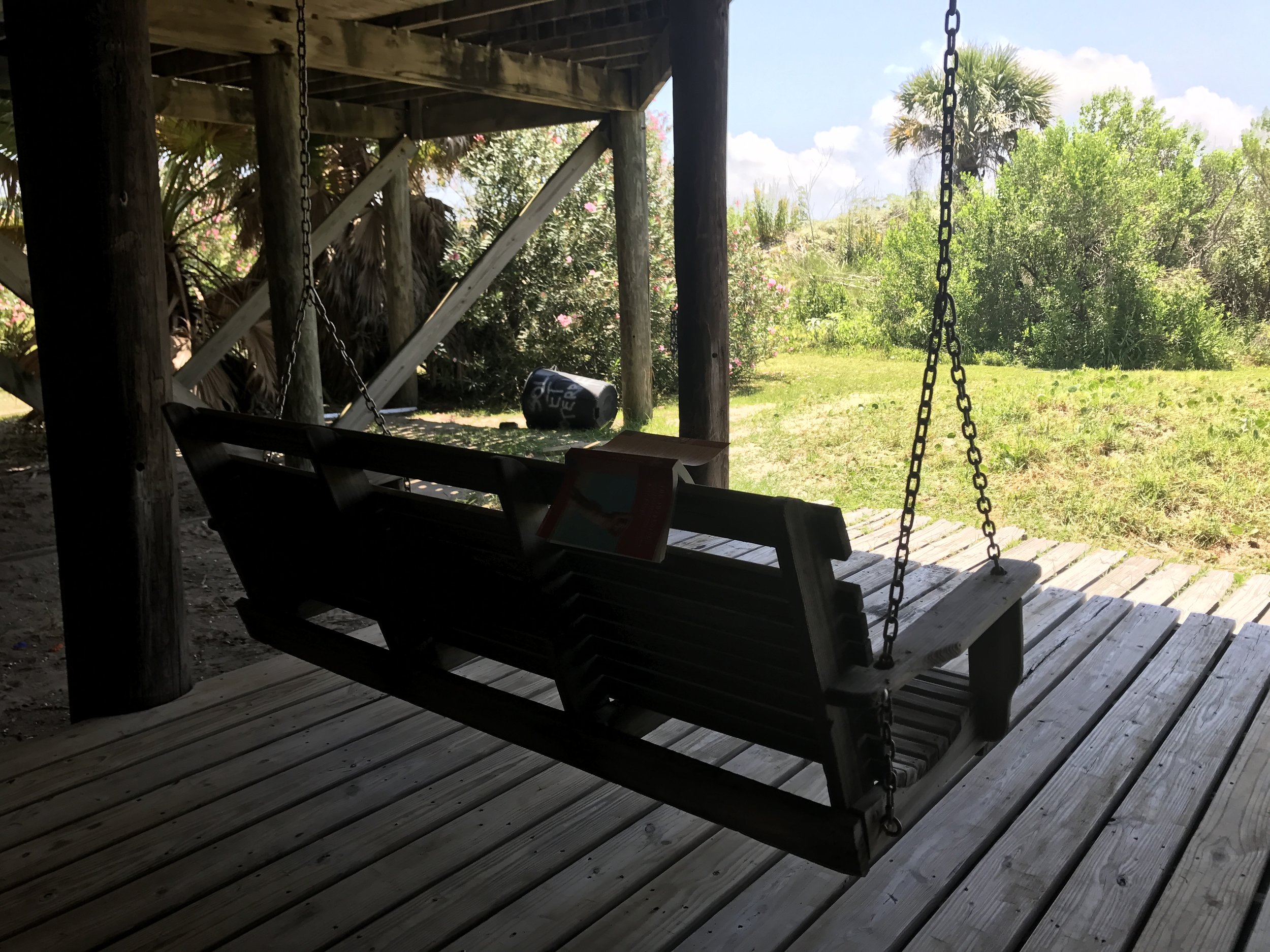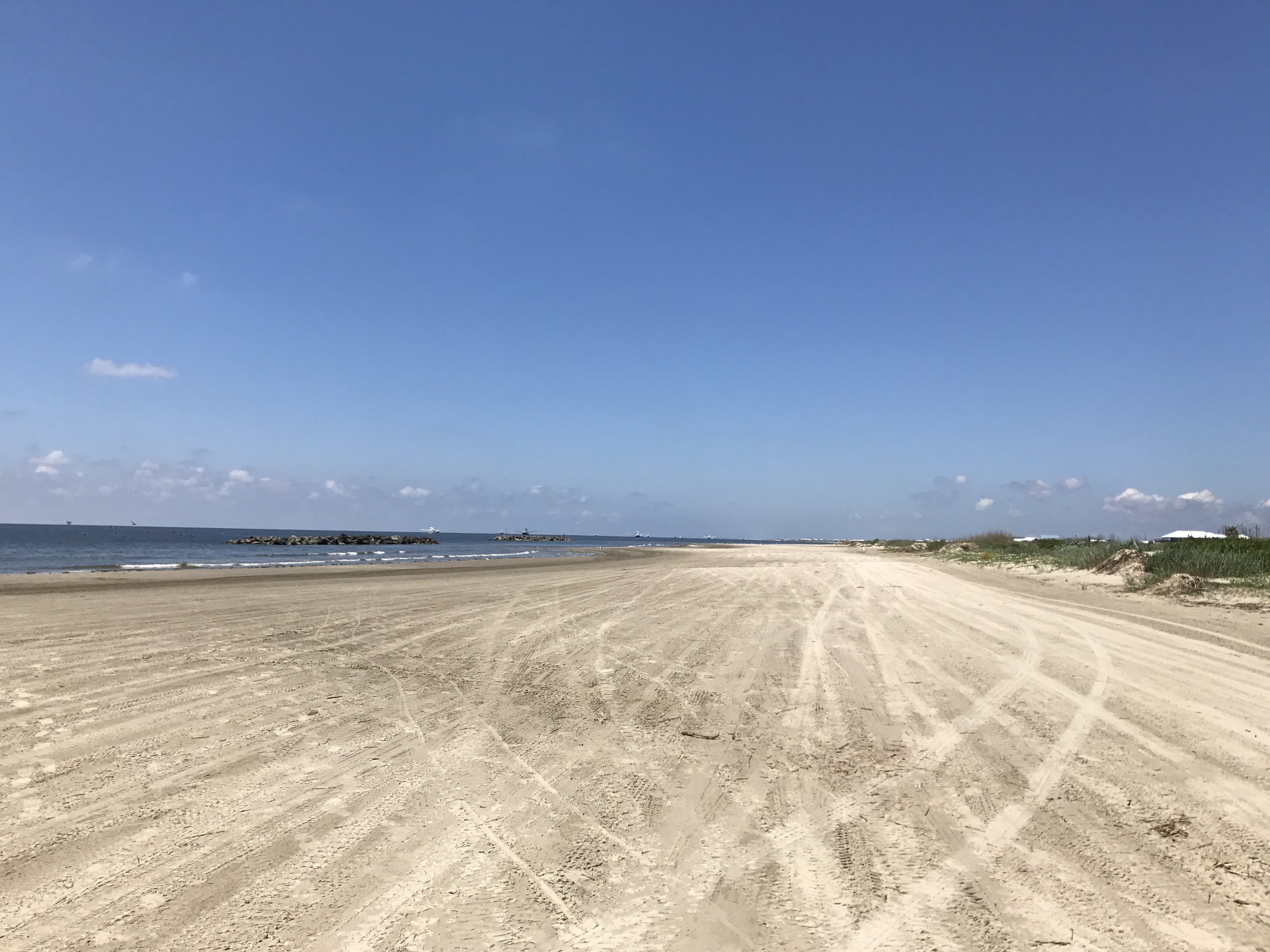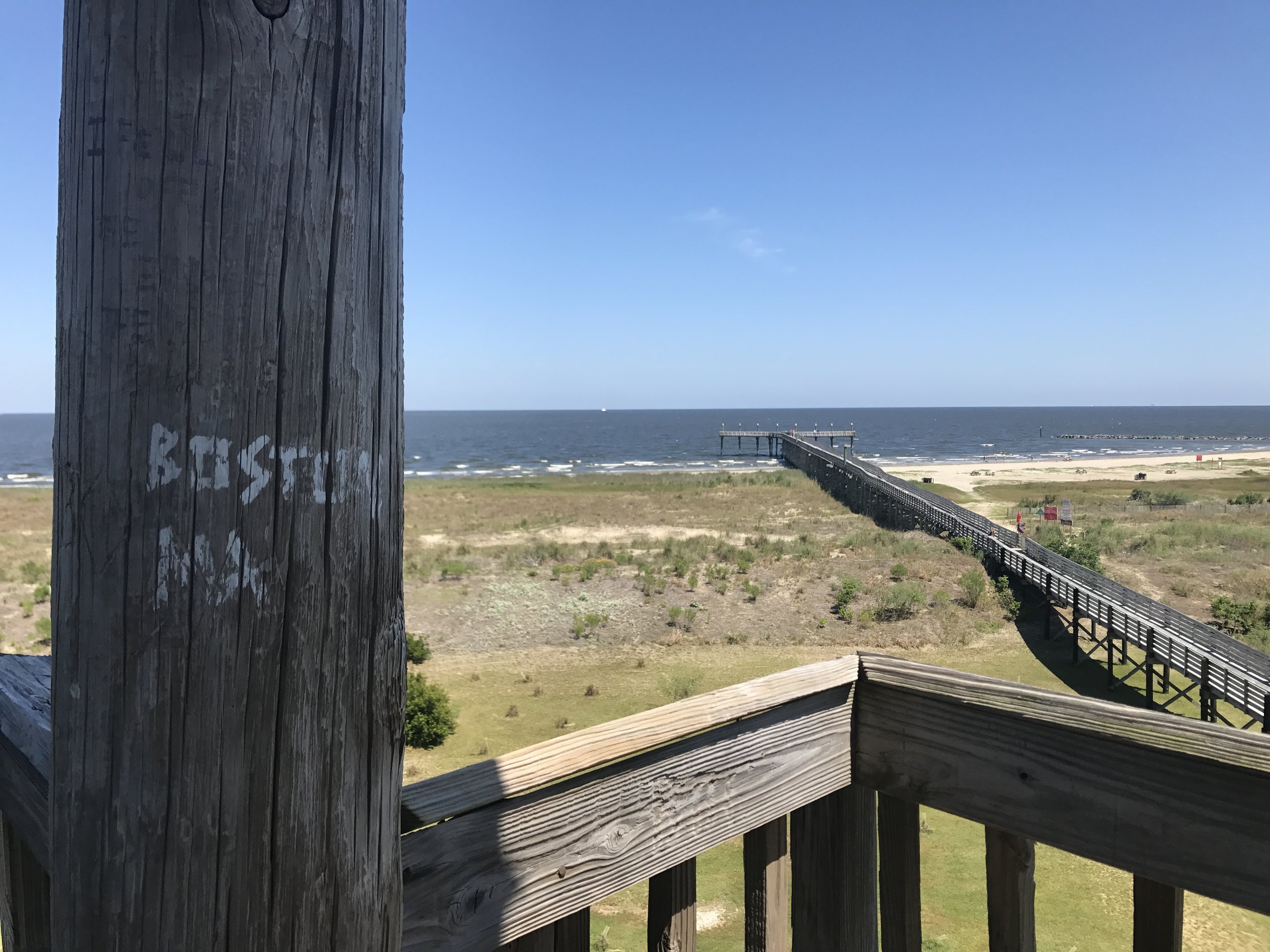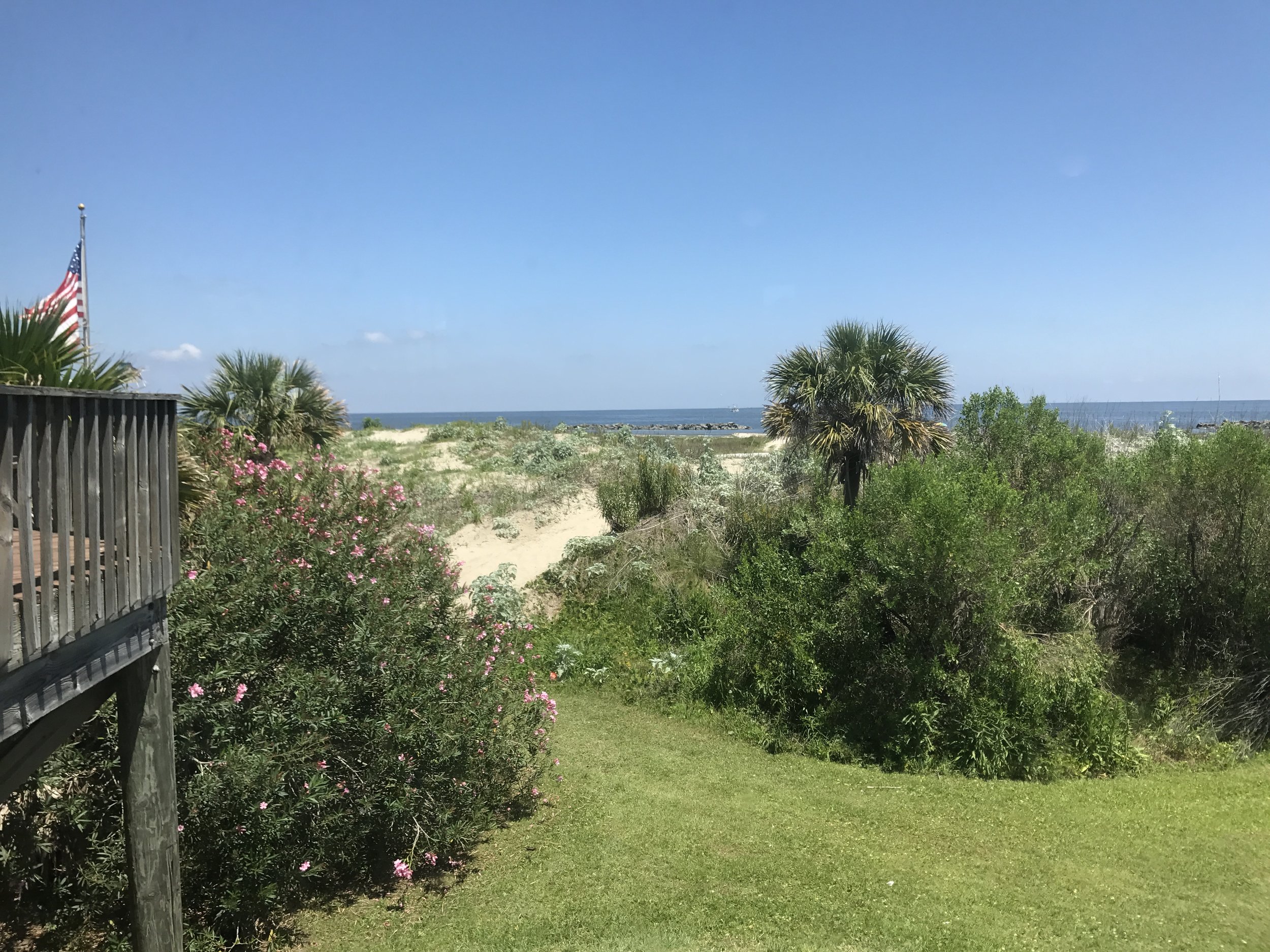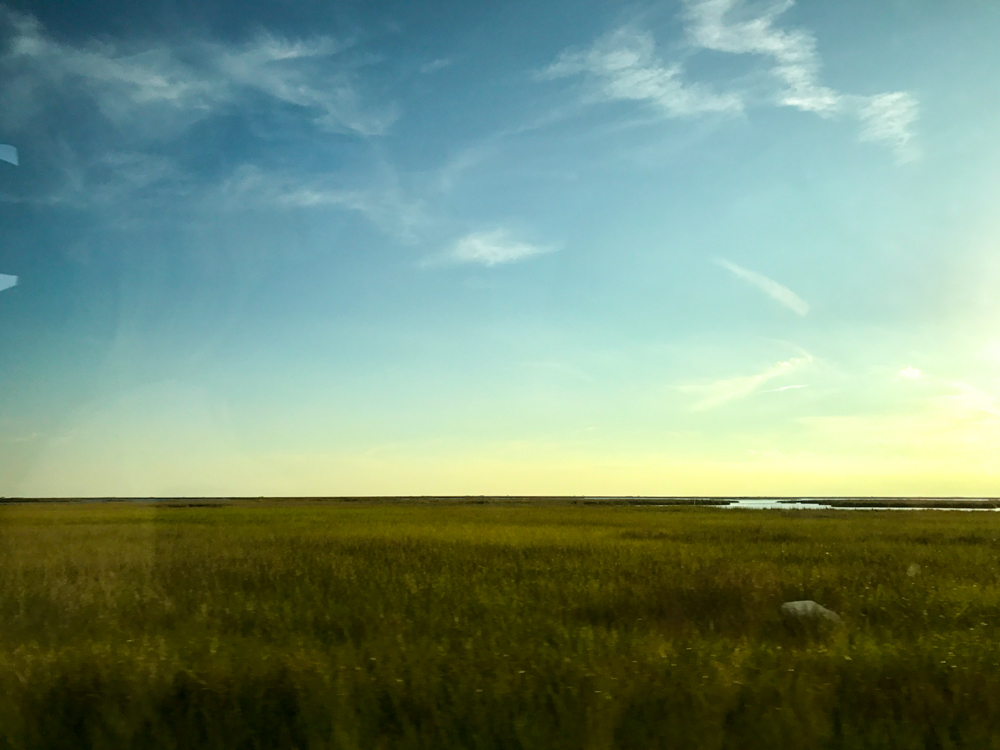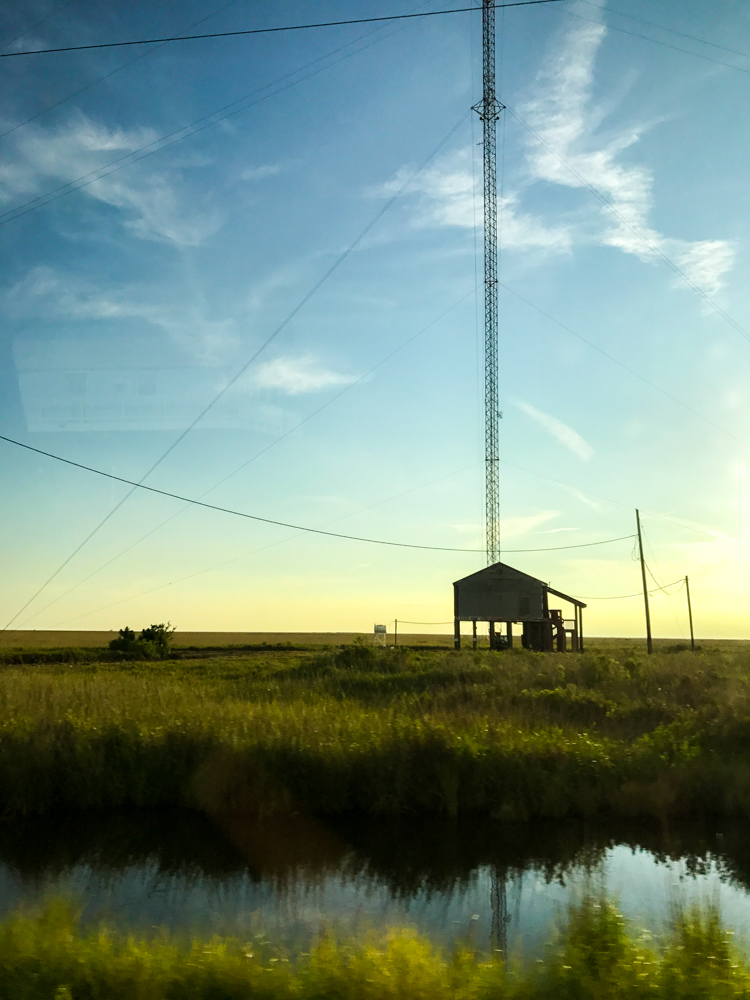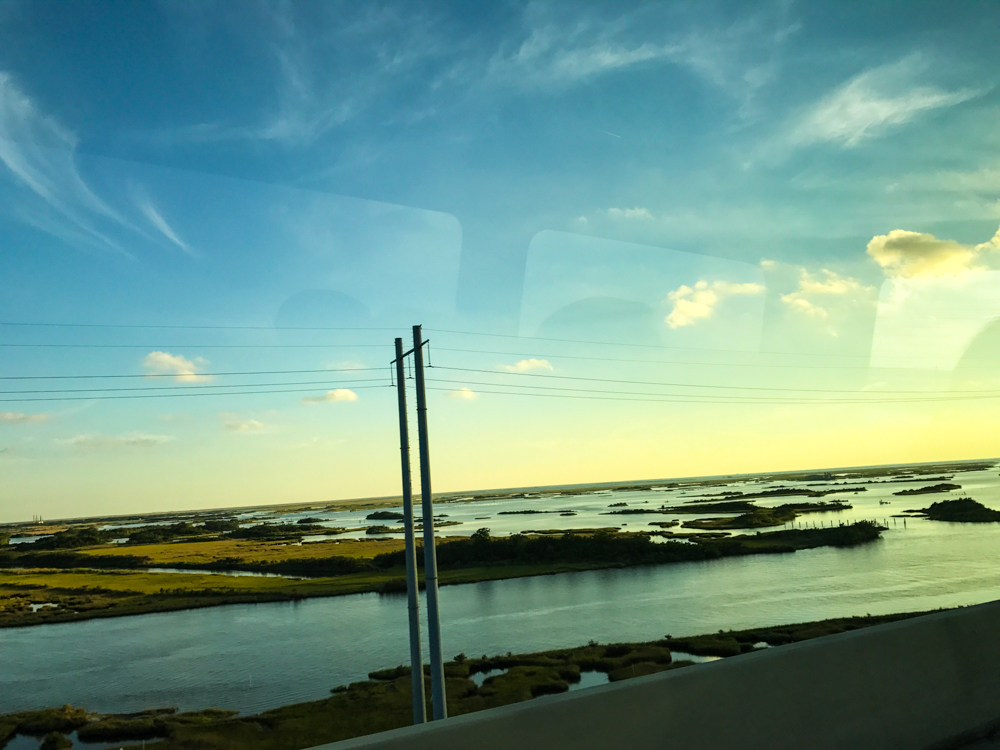One of the things that surprised me most about NOLA (New Orleans, Louisiana) was how significantly religion and spirituality permeate the culture. The iconography of Catholicism can be seen everywhere, from the steeple of St. Louis Cathedral to small, plastic busts of the Virgin Mary sold in French Quarter gift shops. I, personally, was looking for a dashboard Jesus, because I have to drive my mother’s beat-up minivan to work when I get home. I need Dashboard Jesus. Evidently, no one is selling Dashboard Jesus.

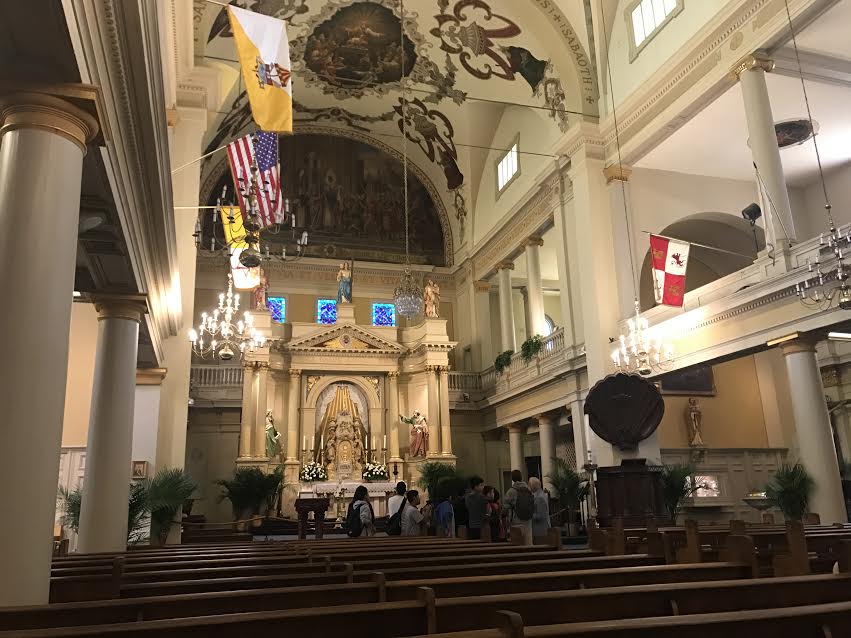
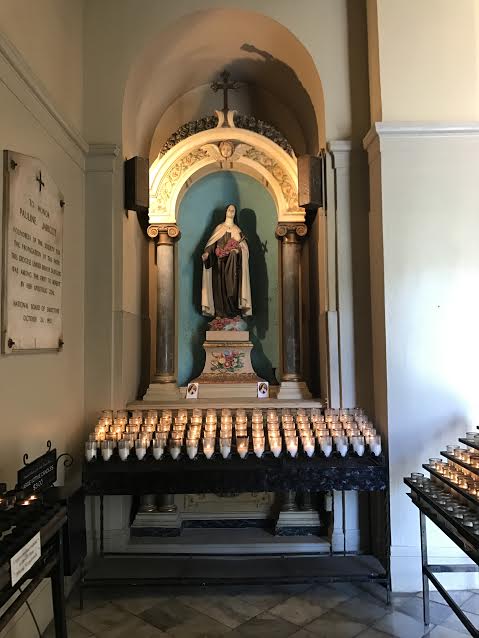
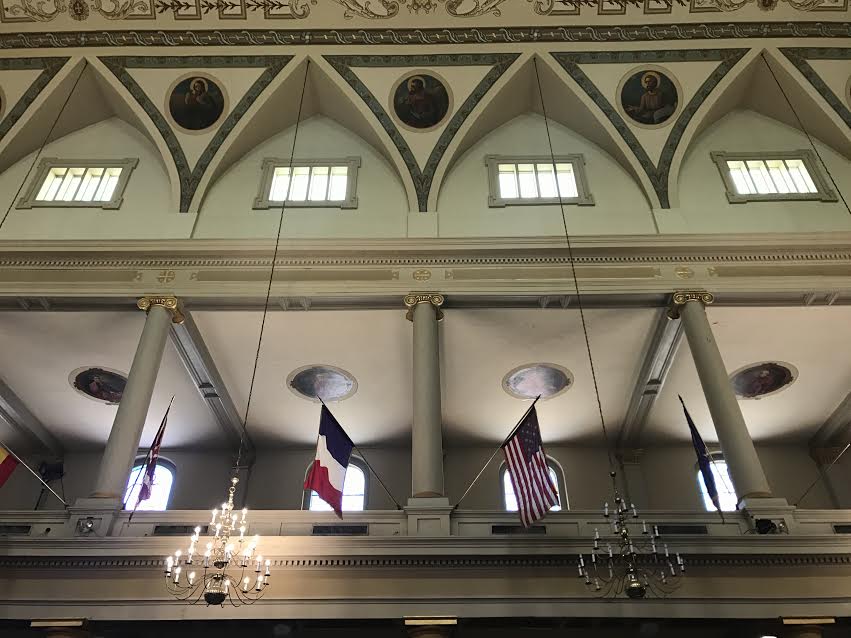

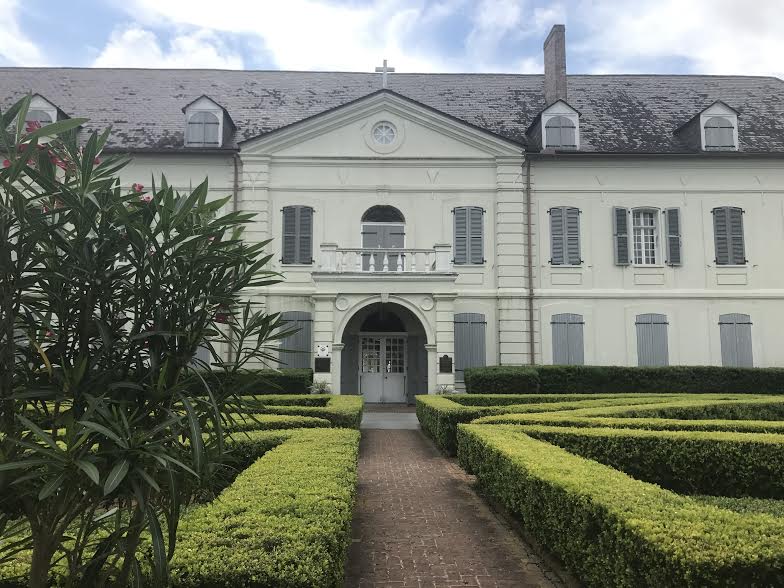
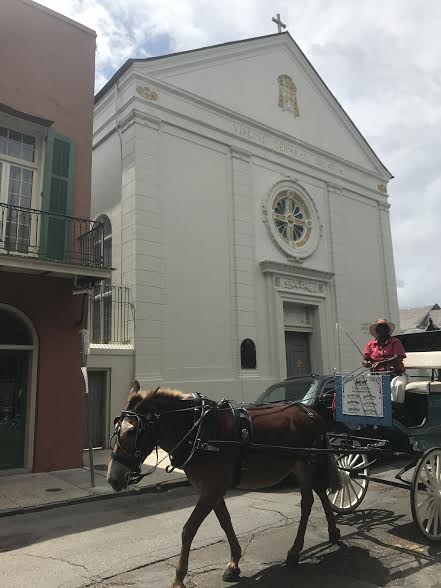
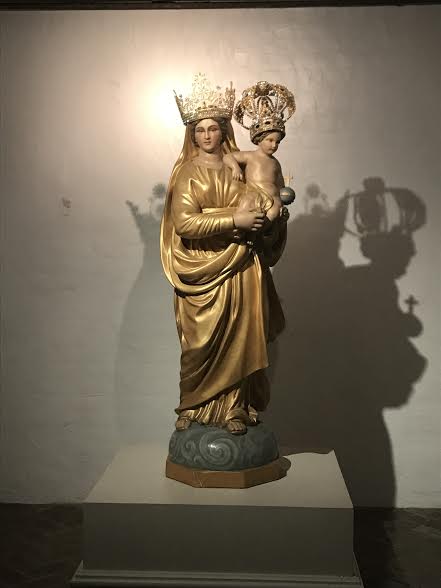
Catholicism is a religion rooted in vivid images and strong symbolism; namely, the sacrament of the Eucharist. When you drink the wine, you are literally drinking the blood of Christ. When you eat the wafer of unleavened bread, you are literally eating the body of Christ. Anne Rice capitalizes on the richness of a Catholic relationship with God to create an unsettling, supernatural world - a world where a young man’s brother claims God speaks directly to him; a world where the death of this brother elicits such grief and guilt that the young man dies into a life of damnation. This, of course, is Louis’s story in Interview with the Vampire.
“Then he told me about the visions. Both St. Dominic and the Blessed Virgin Mary had come to him in the oratory. They had told him he was to sell all our property in Louisiana, everything we owned, and use the money to do God’s work in France.”
Yet, voodoo traditions still manage to share New Orleans with the Catholic Church. Voodoo dolls and beads are often sold at the very same gift shops that charge $7.99 for your plastic Virgin. At St. Louis Cemetery, a predominantly French Catholic burial ground, the most visited grave is that of renowned Voodoo Queen Marie Laveau. But while the mingling of these traditions creates the fascinating character of the city we see today, it also indicates a dark blemish on NOLA’s history. The French brought Catholicism here with the nuns of the Ursuline Convent. The West Africans brought voodoo here on slave ships. Much of Louisiana, as we’ll come to find at the Whitney Plantation, was built on the backs of slaves.
Just as voodoo/hoodoo intertwines with Catholicism, life and death seem to shake hands here. When we visited Lafayette Cemetery in the Garden District, the sky was gray and ominous. A gentle breeze made the tree branches rattle like skeleton bones. Somewhere off in the distance, a church bell tolled somberly. And all around, the above-ground graves were marked by decay and overgrowth. Little vampire Claudia chooses this place to hunt her victims at one point in the book, which I find quite poetic. She, herself, is the epitome of death in life, and vice versa. A child who can never die, but cannot be considered truly alive, either.
“And she had asked to enter the cemetery of the suburb city of Lafayette and there roam the high marble tombs in search of those desperate men who, having no place else to sleep, spend what little they have on a bottle of wine, and crawl into a rotting vault.”
In New Orleans, being alive among the dead is inescapable. After all, 250-year-old corpses lie, not six feet beneath the ground but, rather, in a crumbling mausoleum right beside you. But I feel as though this place has a particular gift for embracing it, rather than letting death ruin its vibe. Mardi Gras beads hang from weeping angel statues and, indeed, the famed jazz funerals here are perfect representations of joy and celebration, despite the sorrow that comes with death.
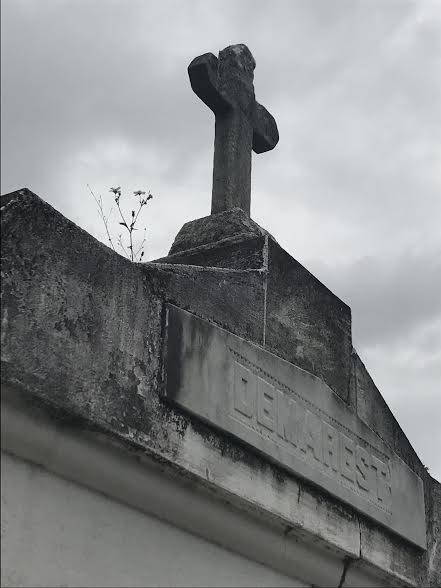

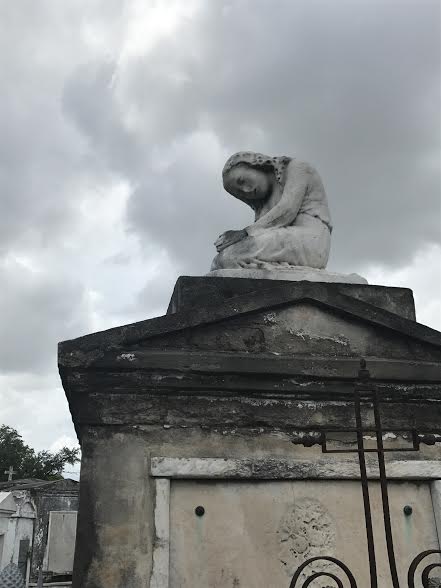
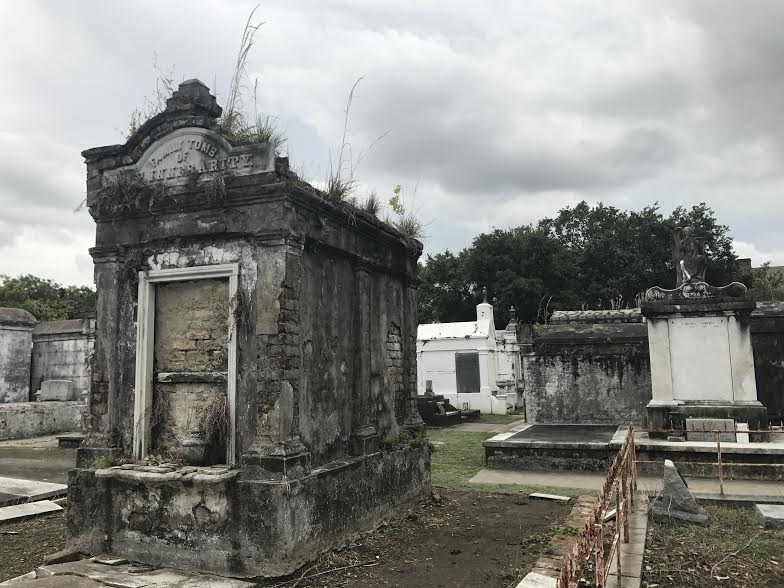
Next time, we’ll be exploring that more joyous side of NOLA – the music, the partying, the beignets (!!!) – and meeting Ignatius J. Reilly of A Confederacy of Dunces, who thinks the city is home to the absolute scum of humanity. It’s going to be a blast.
I love this place.
MEAL OF THE MOMENT: FRIED CATFISH
Fried catfish makes my heart sing. If you are ever in NOLA, swing by Ray’s on the Ave and get the $5 Friday special – it’s fried catfish with potato salad and sweet peas. You will never have any reason to be sad ever again. Fried catfish was my introduction to southern fried food, and what a fantastic first fried food (quadruple alliteration there) it was. It’s also amazing in a Poboy which, if you’re unaware, is a big sandwich with pickles, mayo, tomato (if you want it, which I don’t), and your choice of meat. It’s suh good.
But Morgan, you ask, why is your Meal of the Moment for “NOLA: Spirituality” fried catfish? Is there a significance? No. No, there is not. I considered making this Meal of the Moment the actual Eucharist but I’m 97% positive that’s #sacrilegious. So...catfish.







